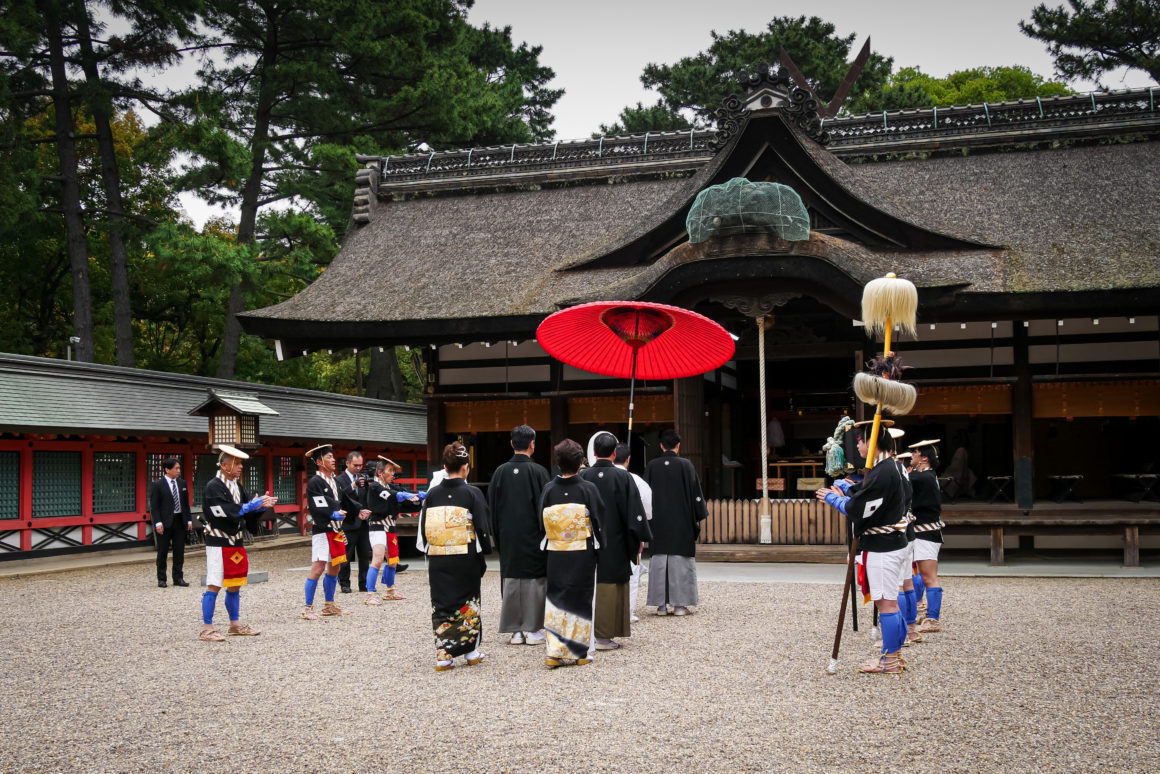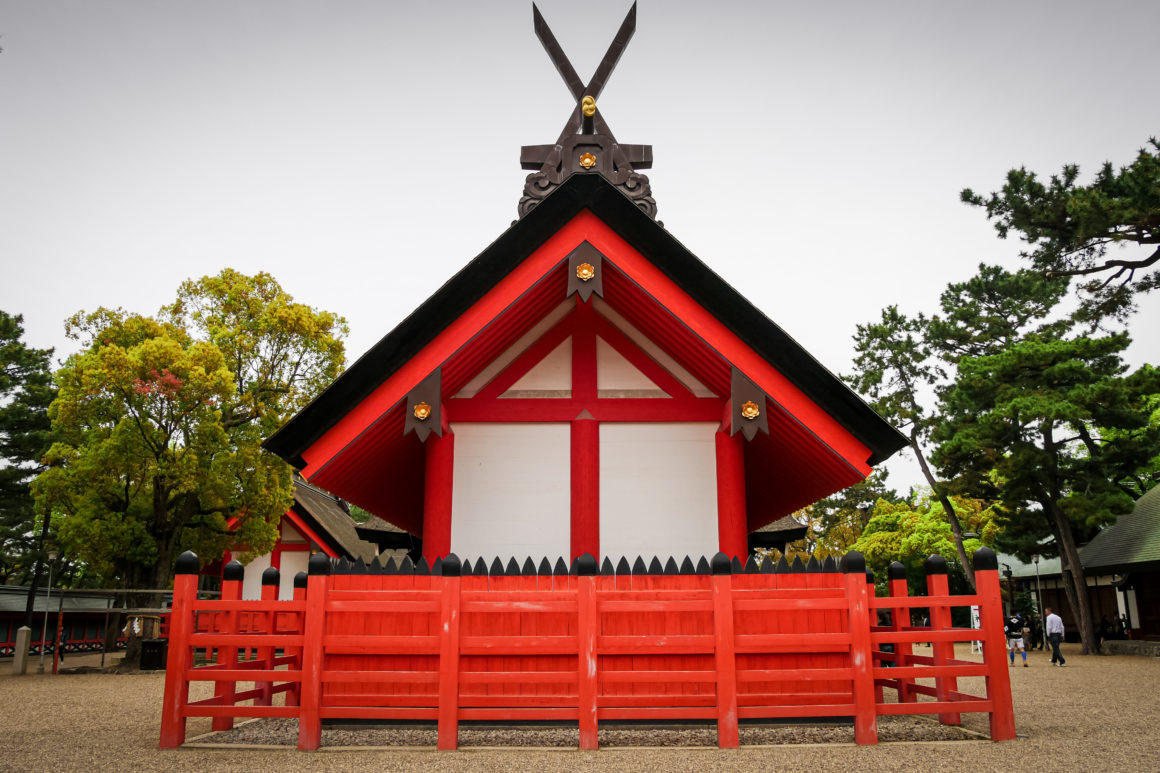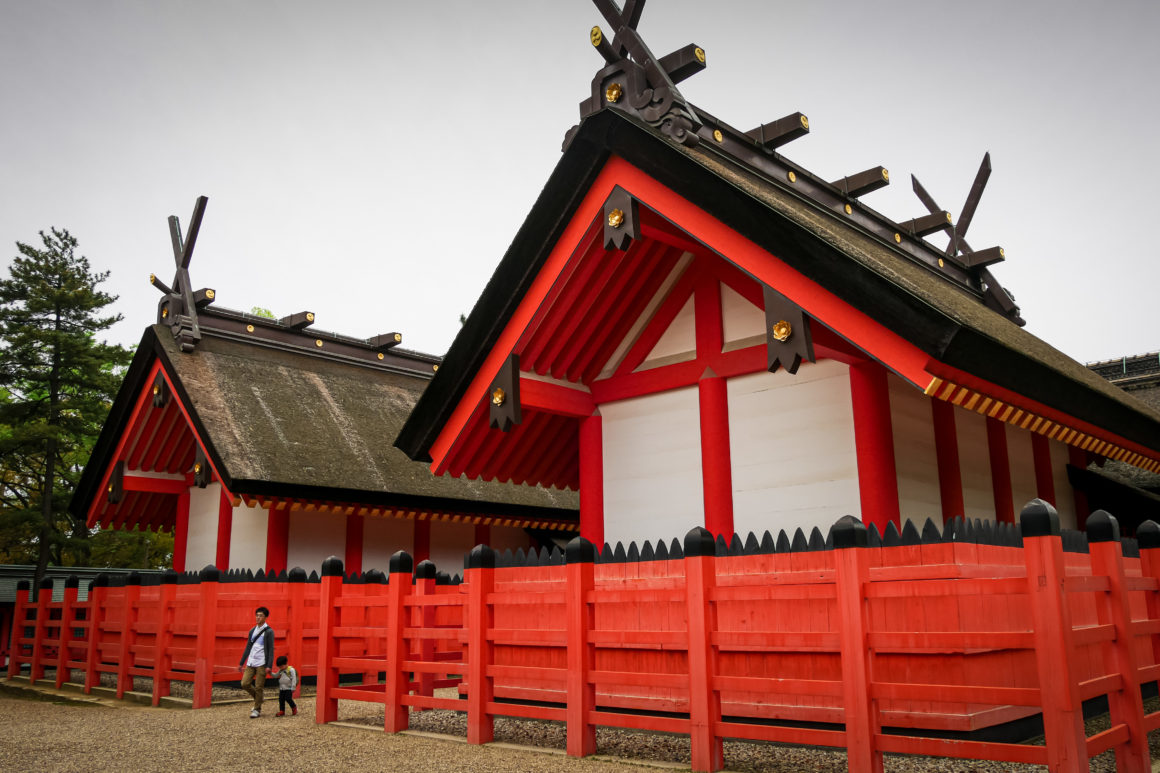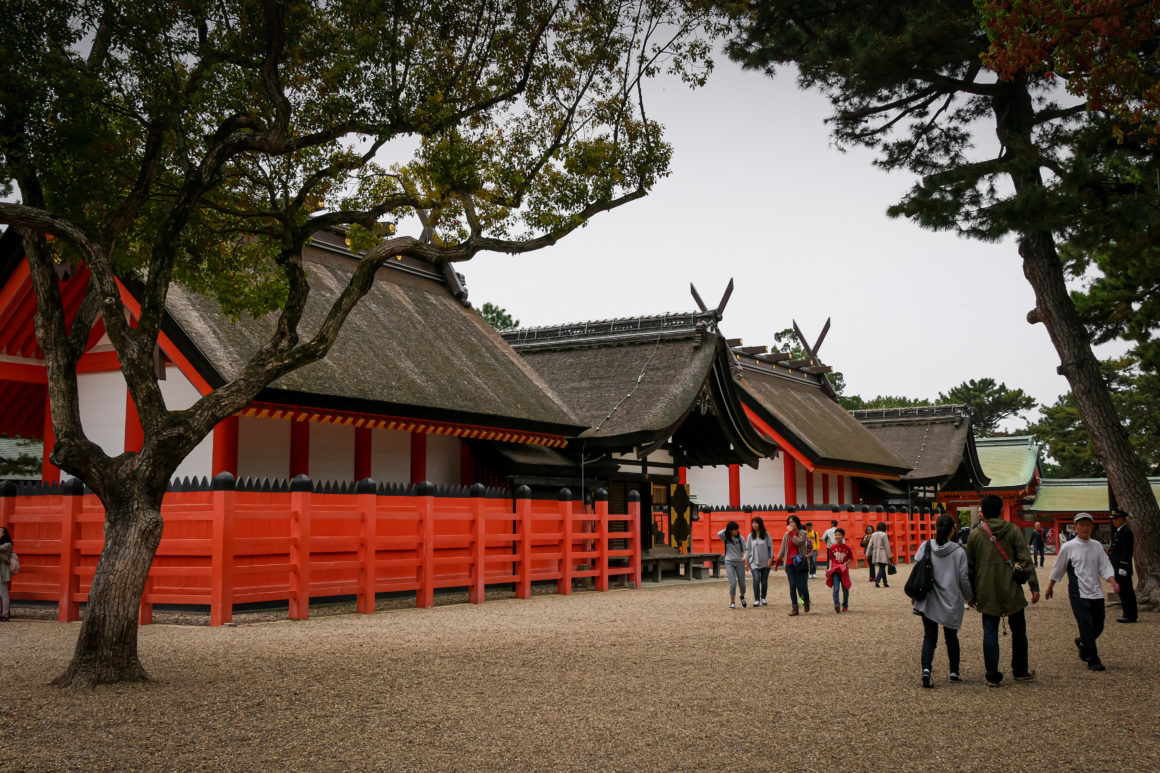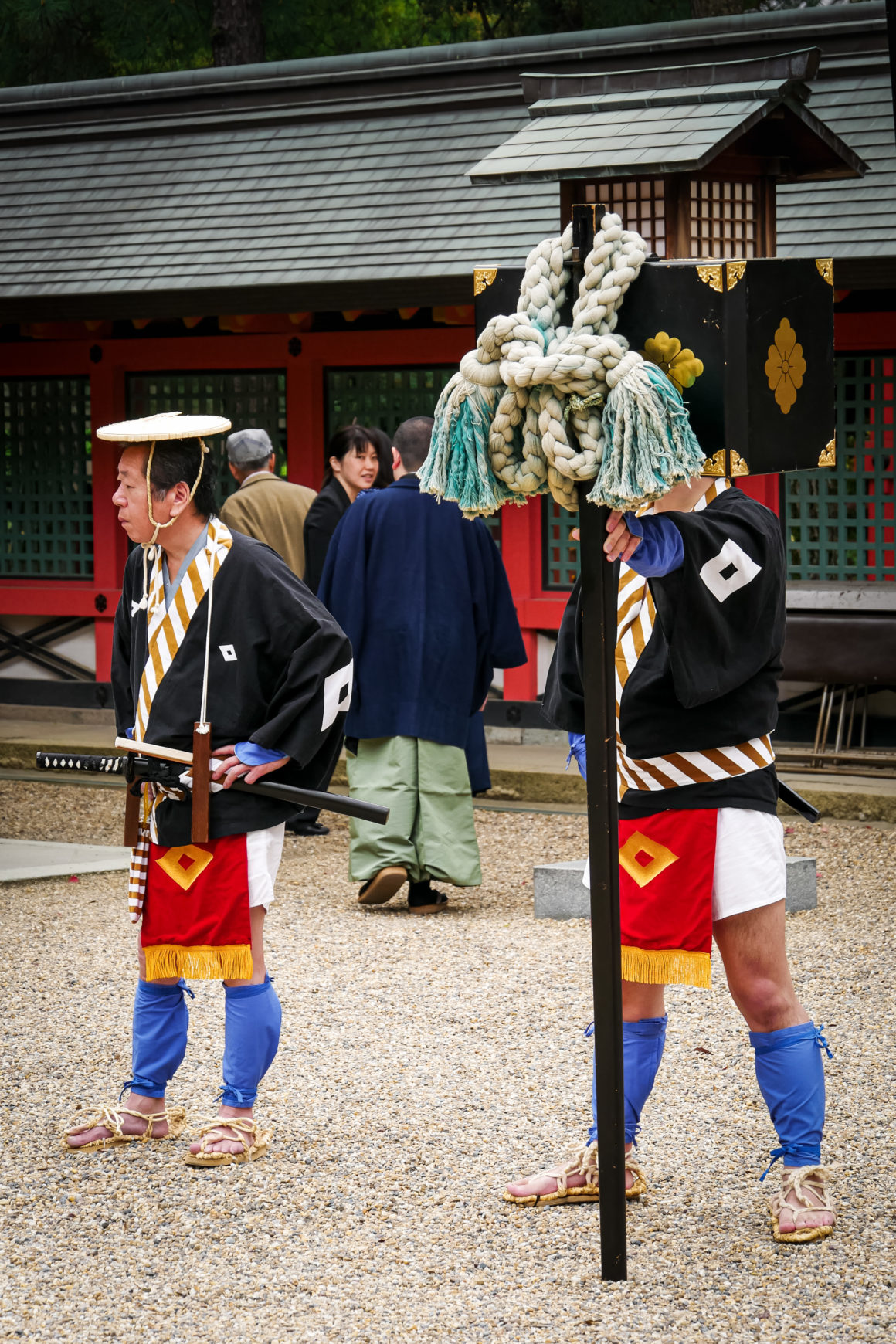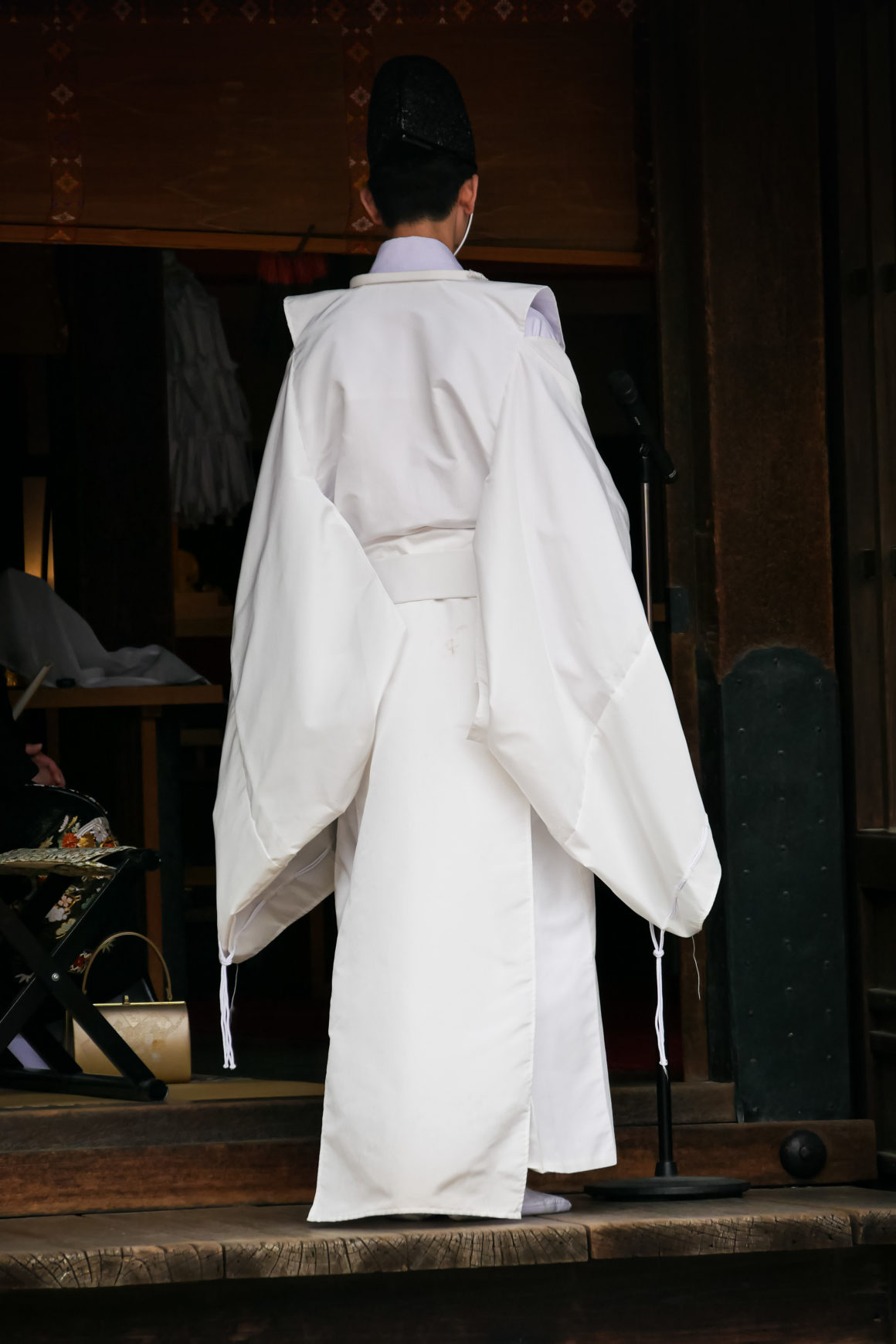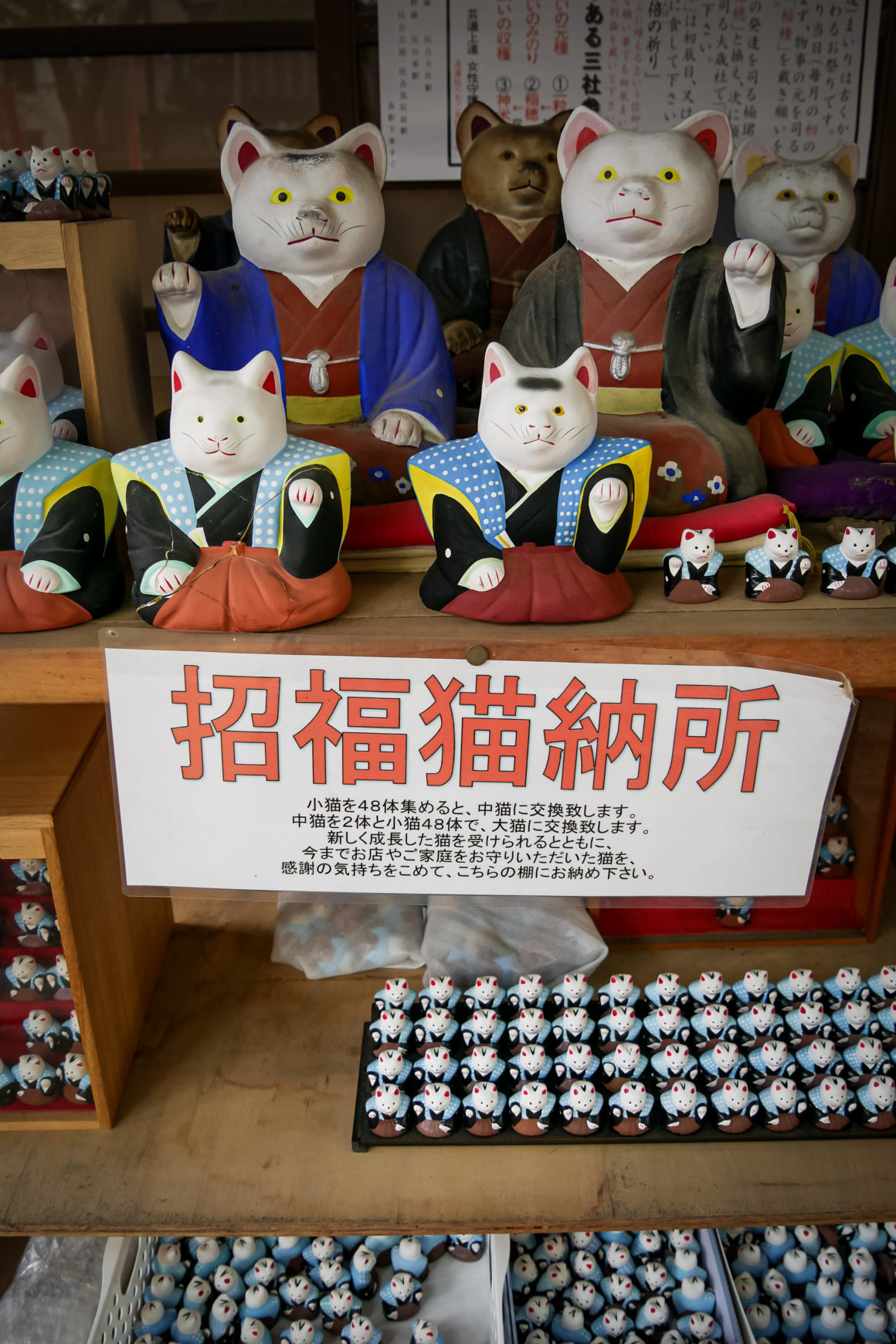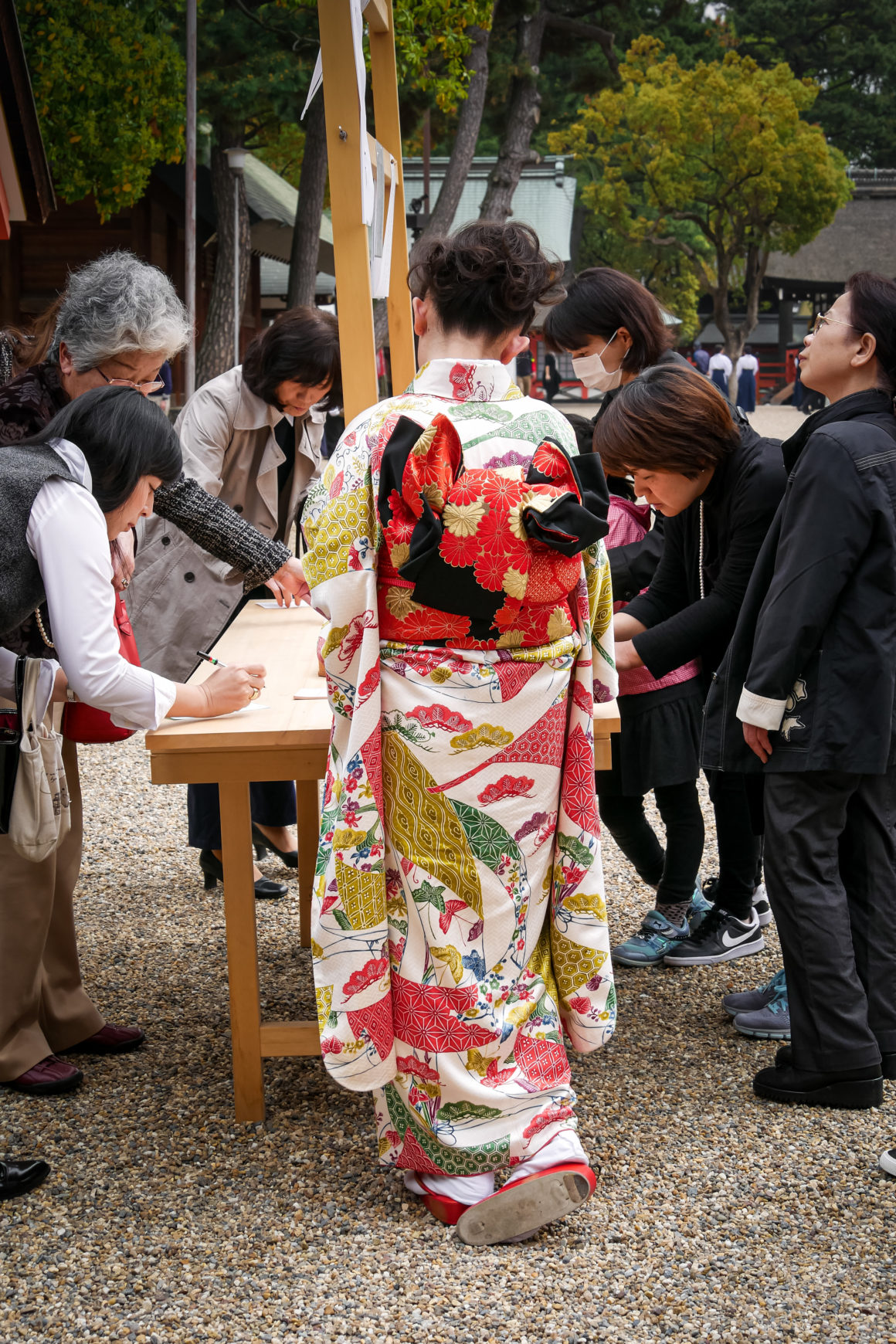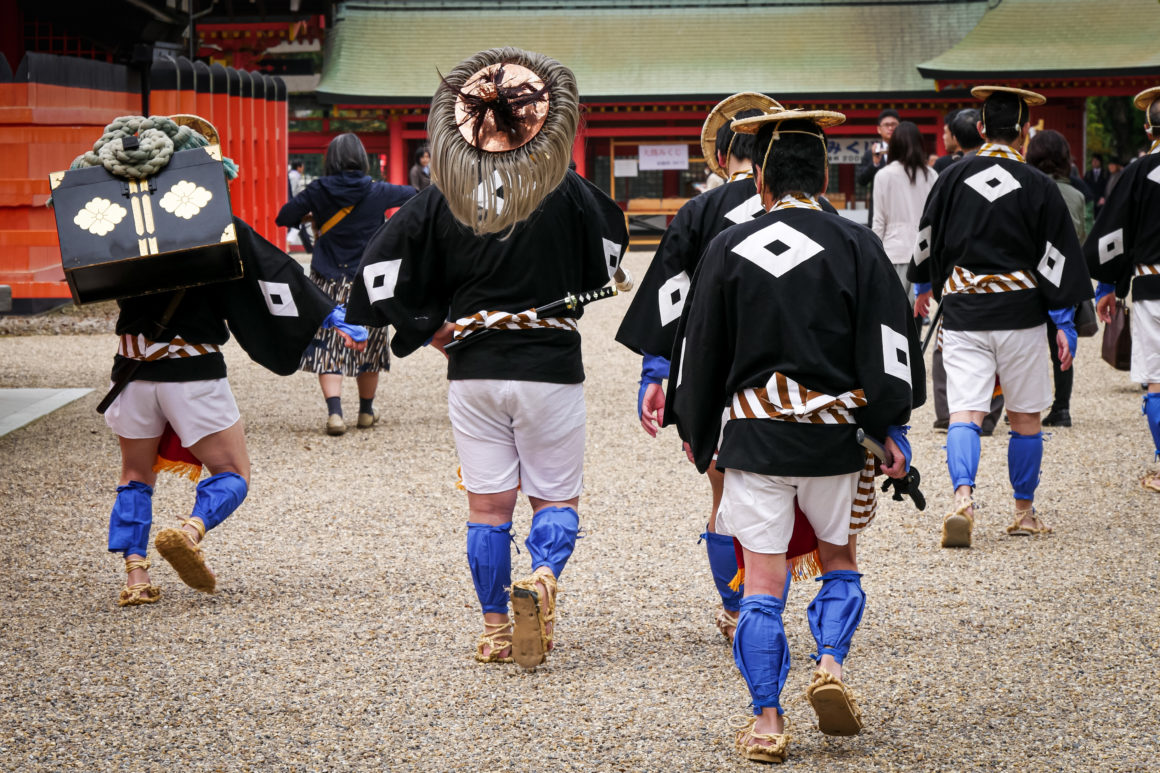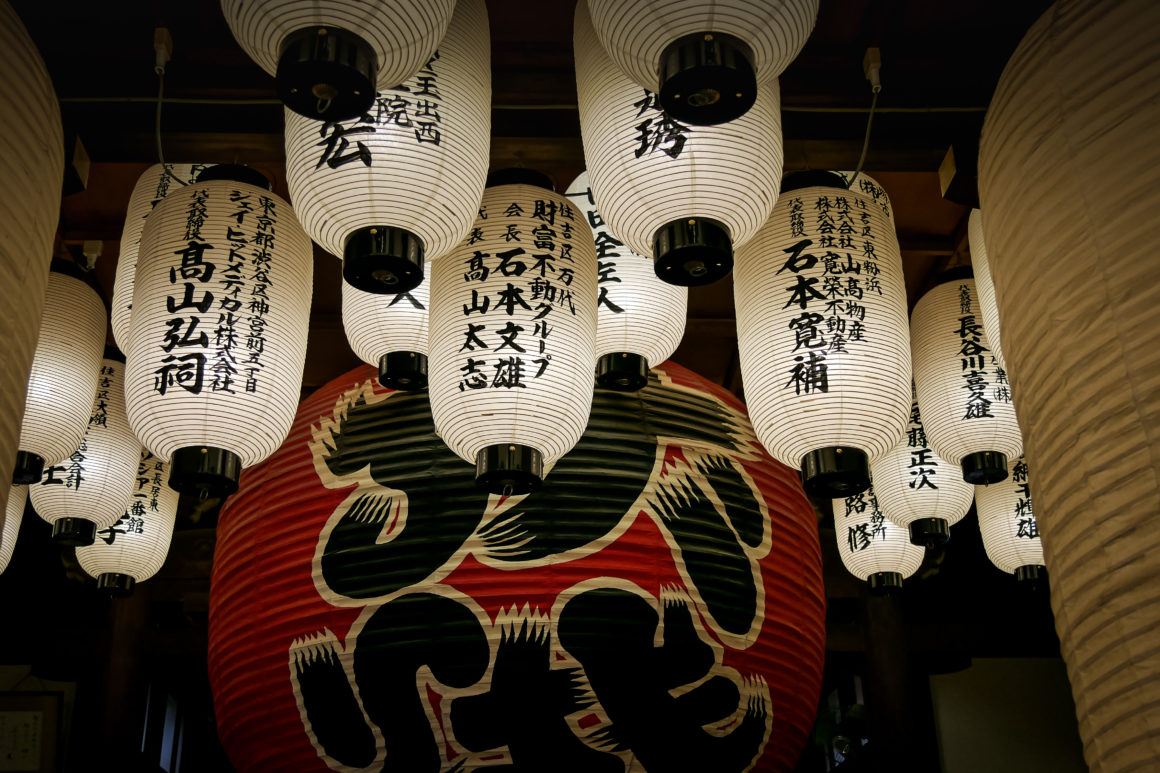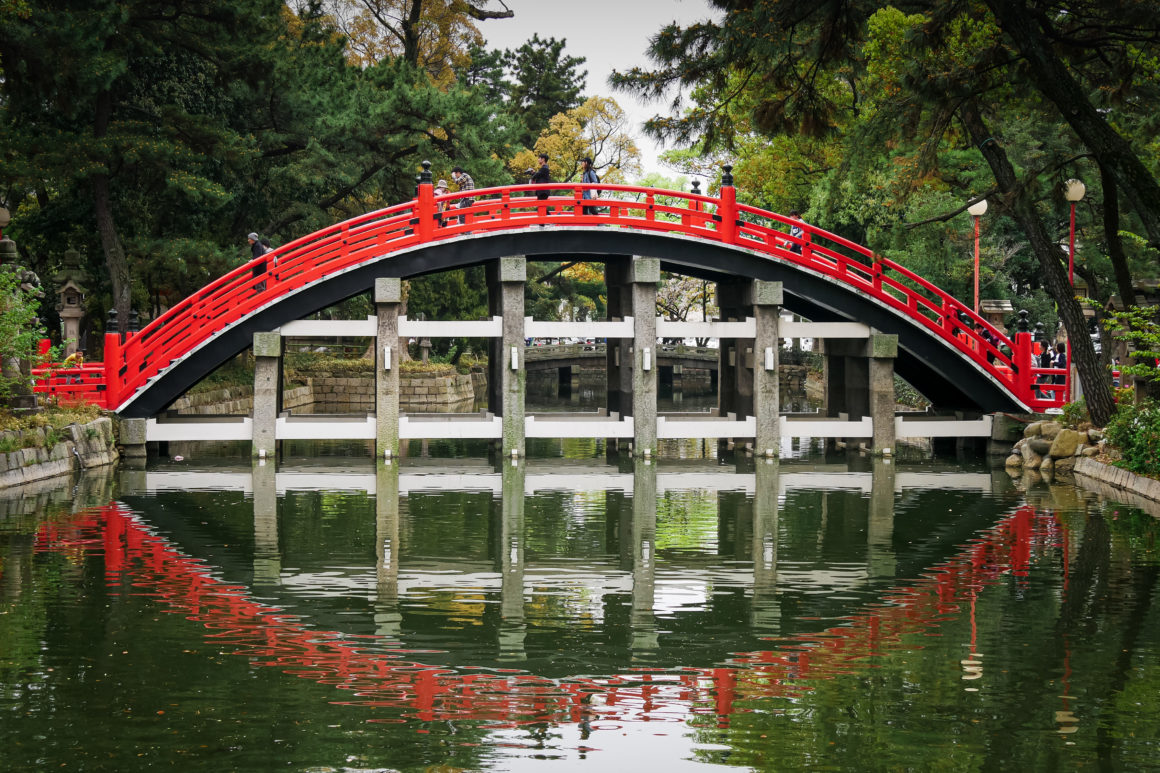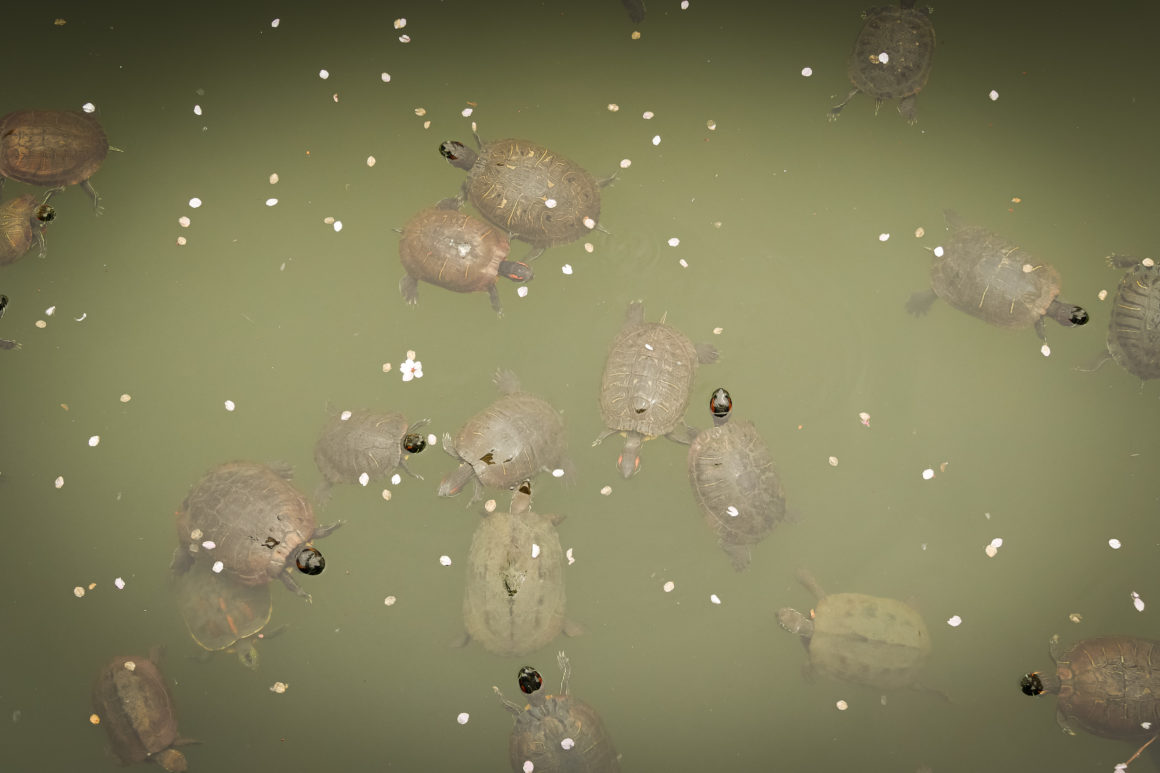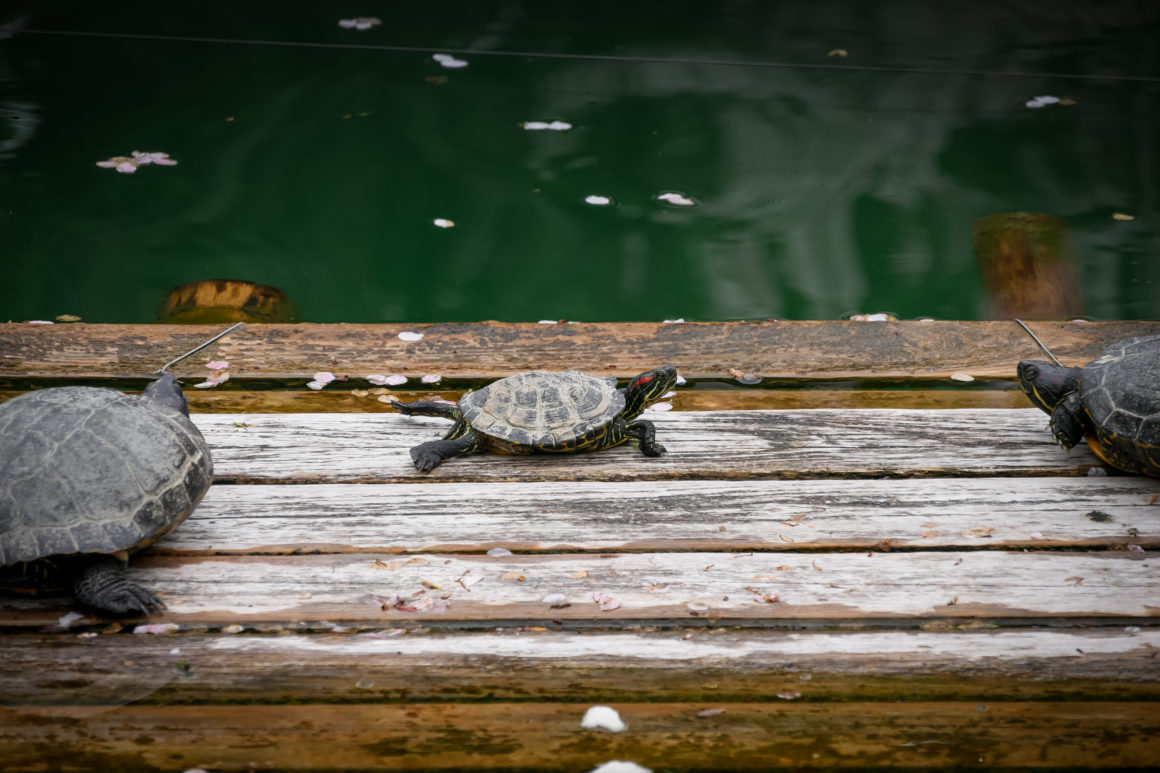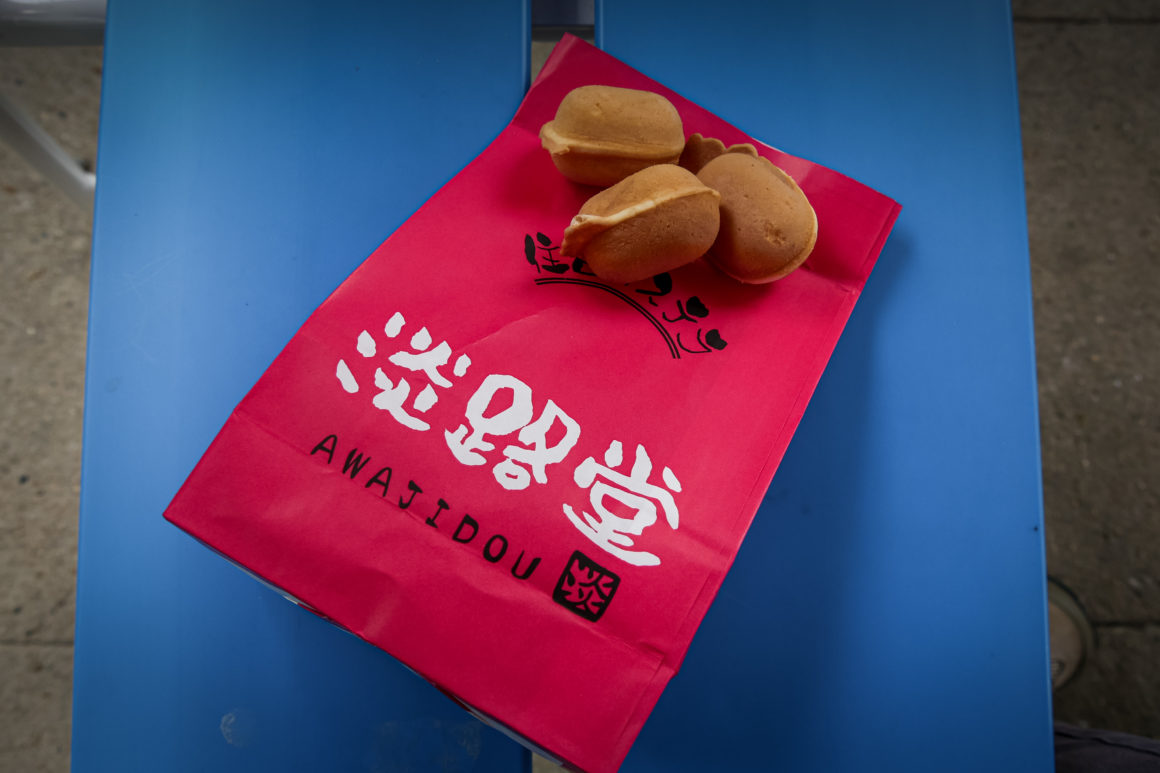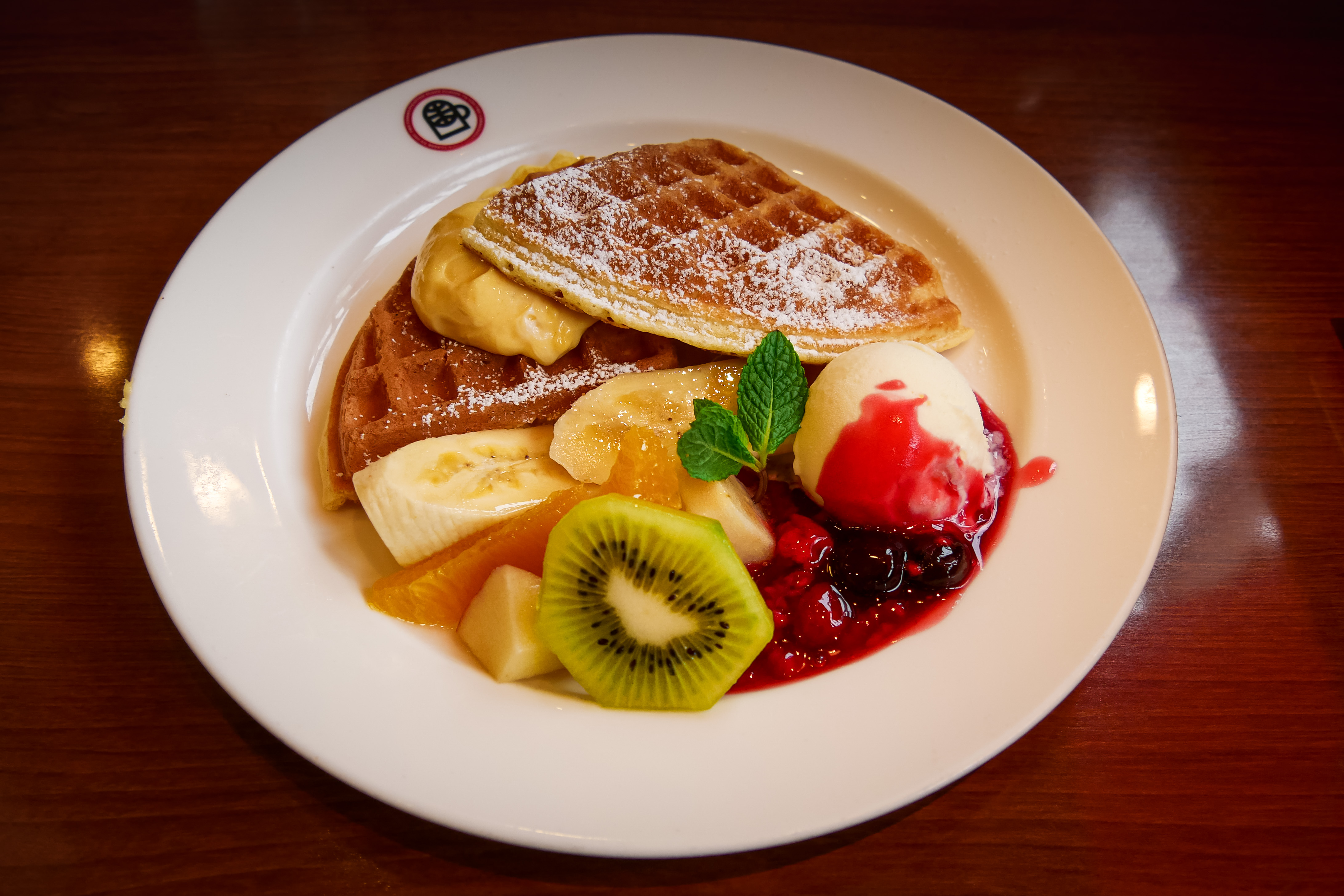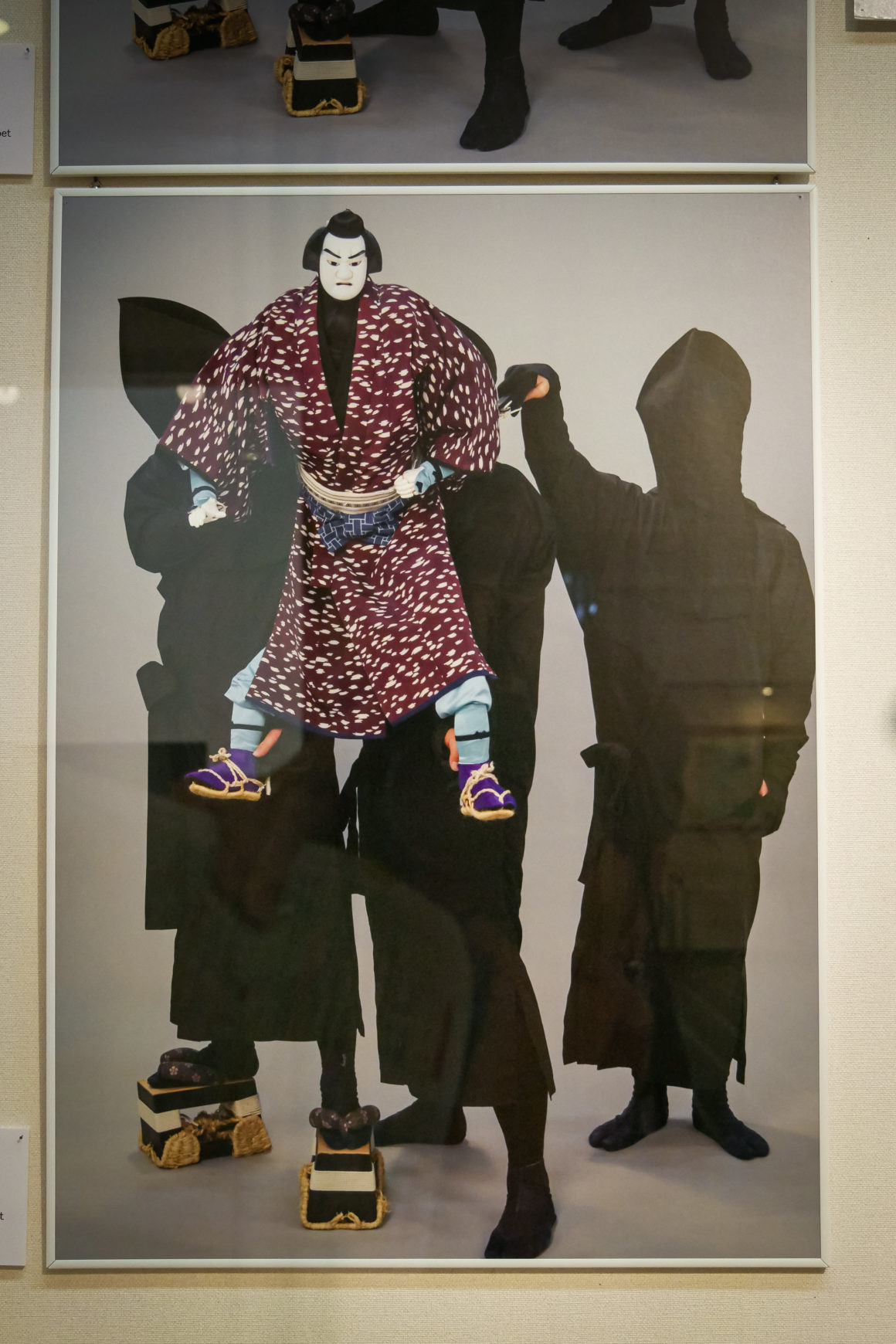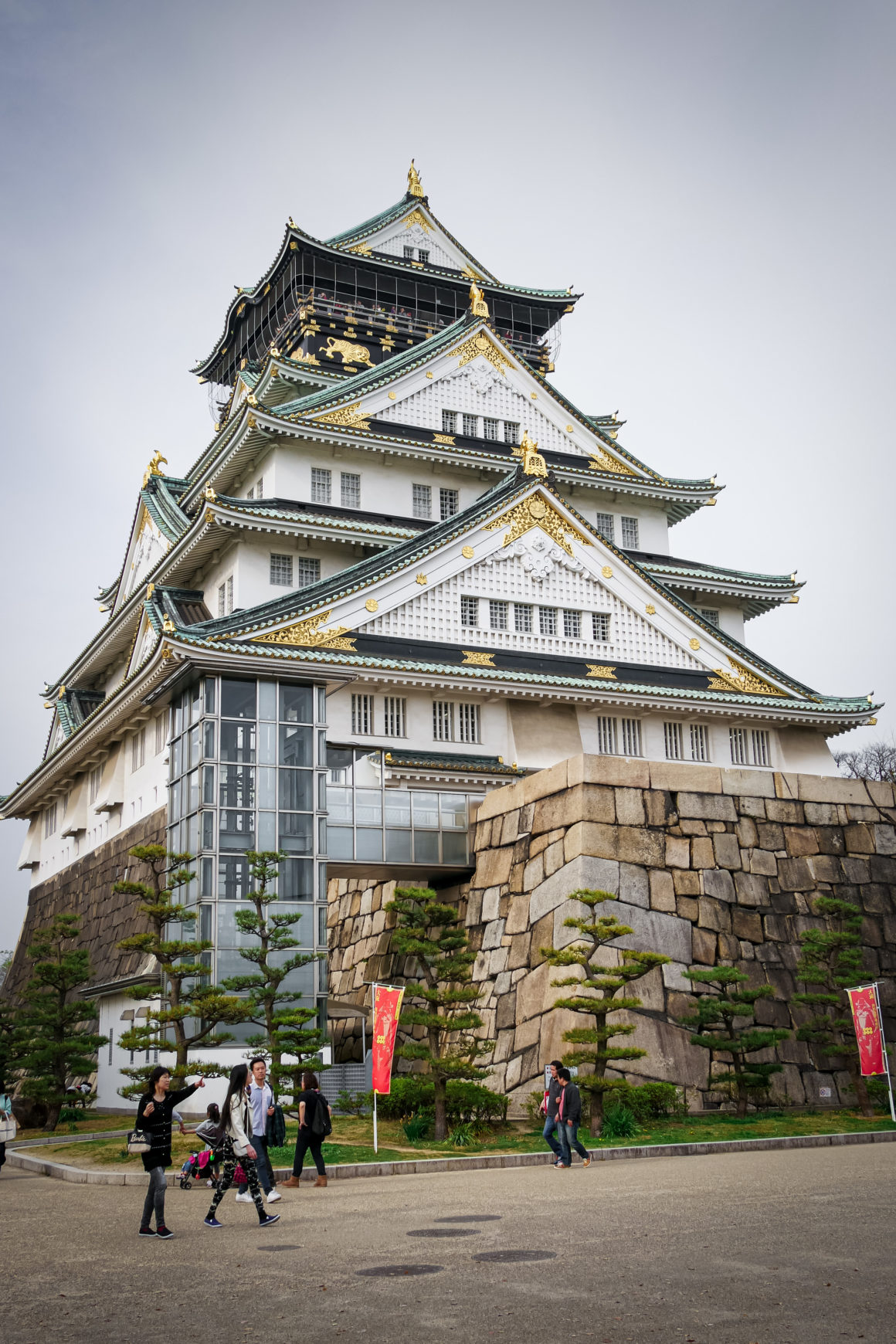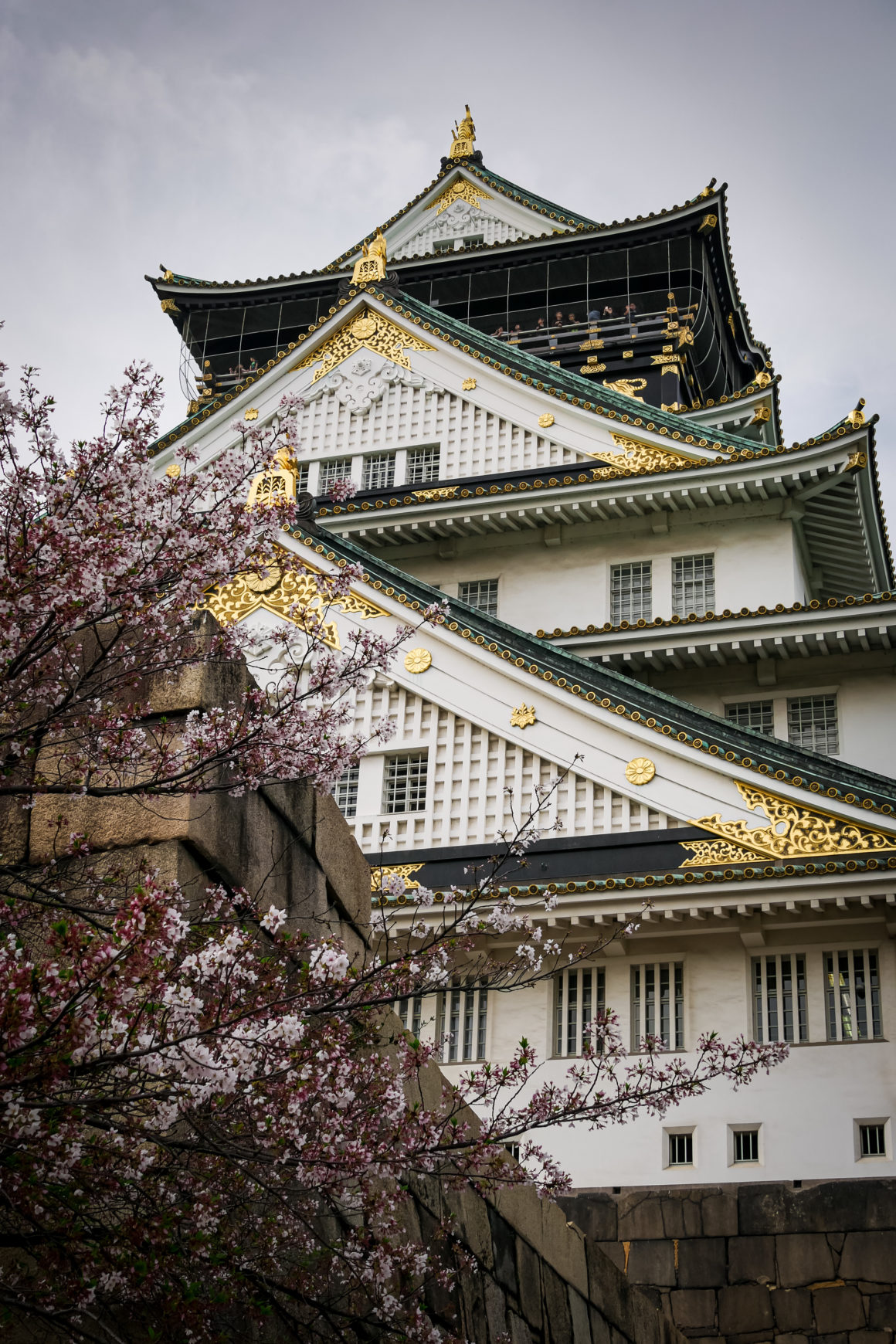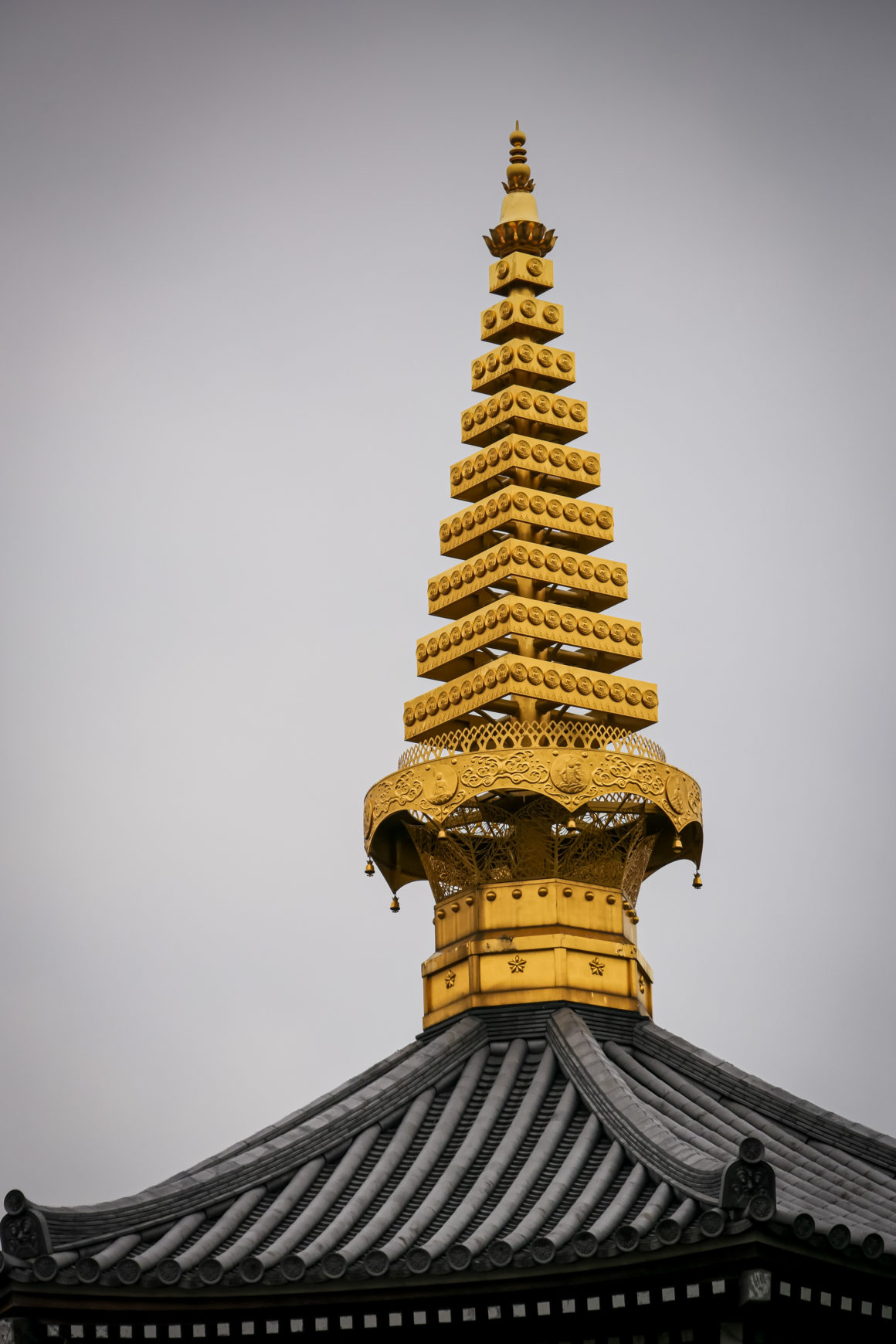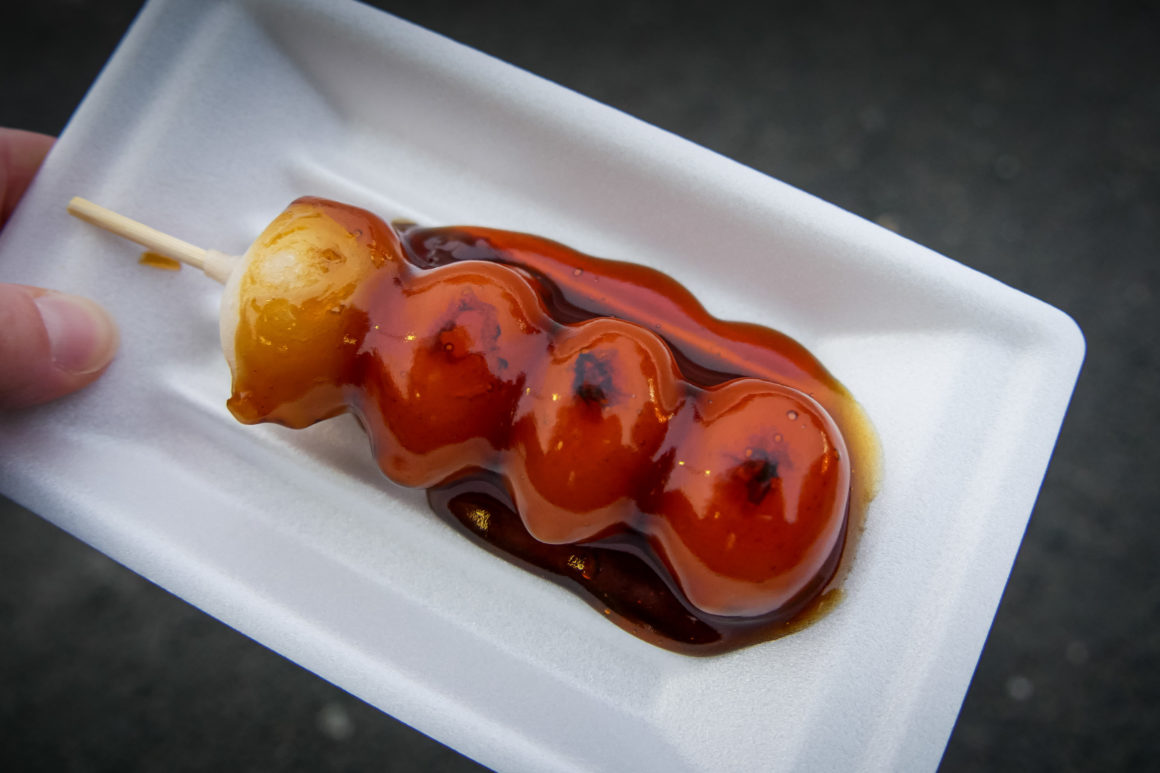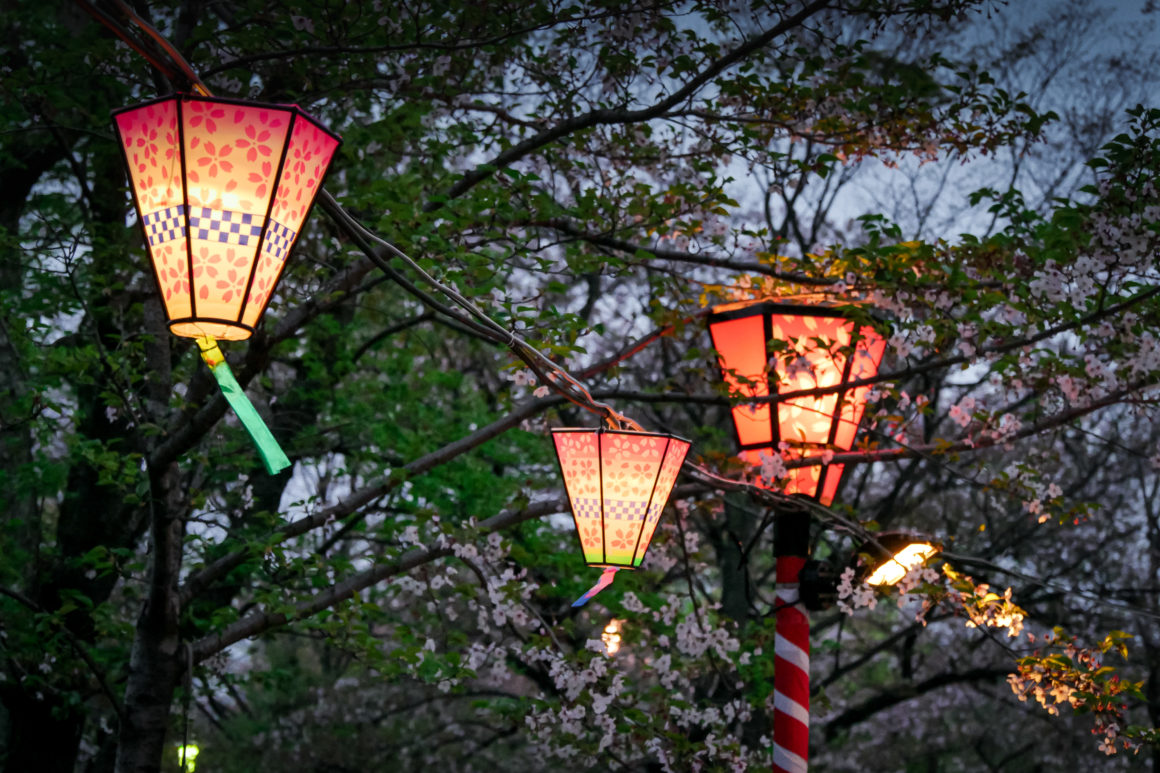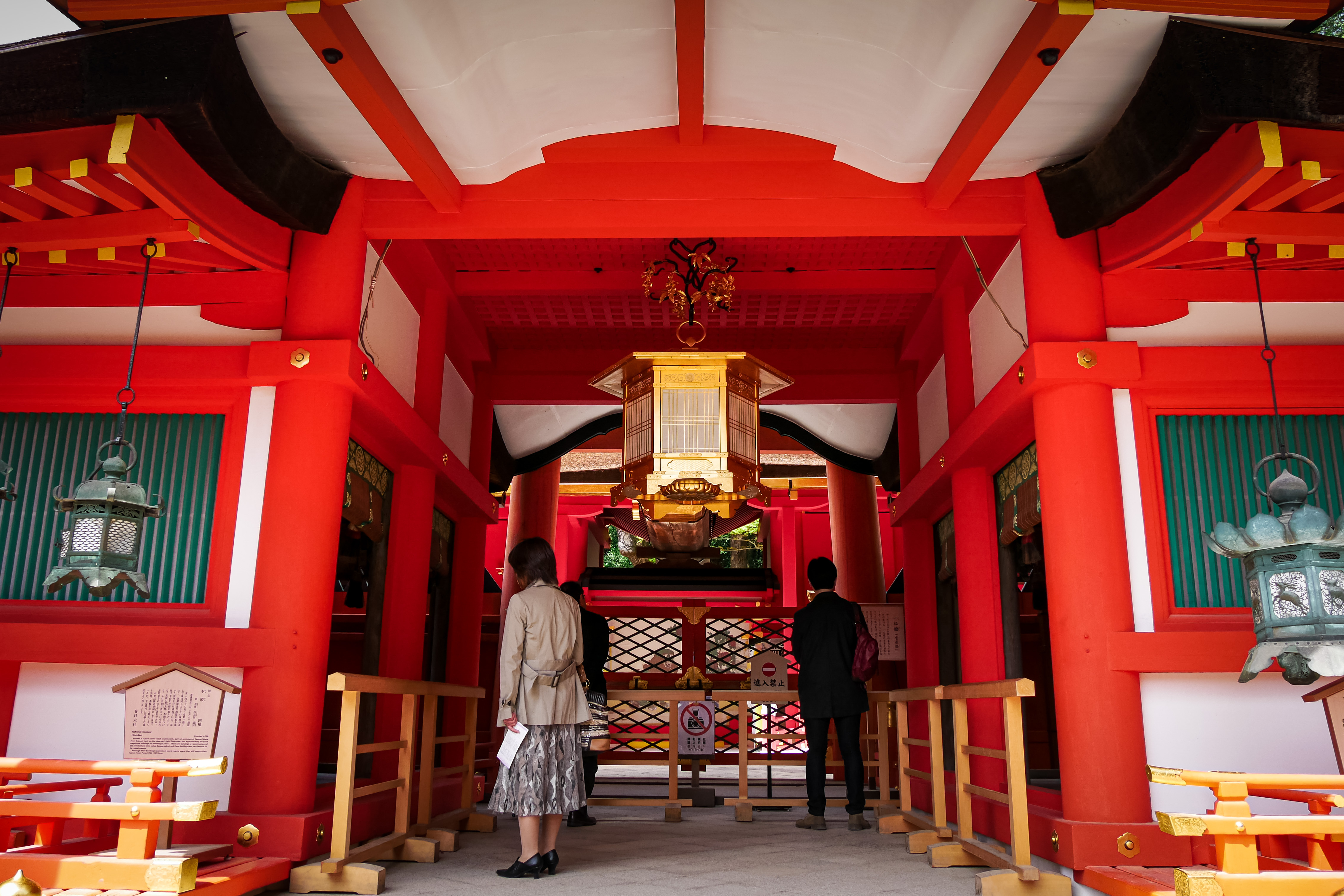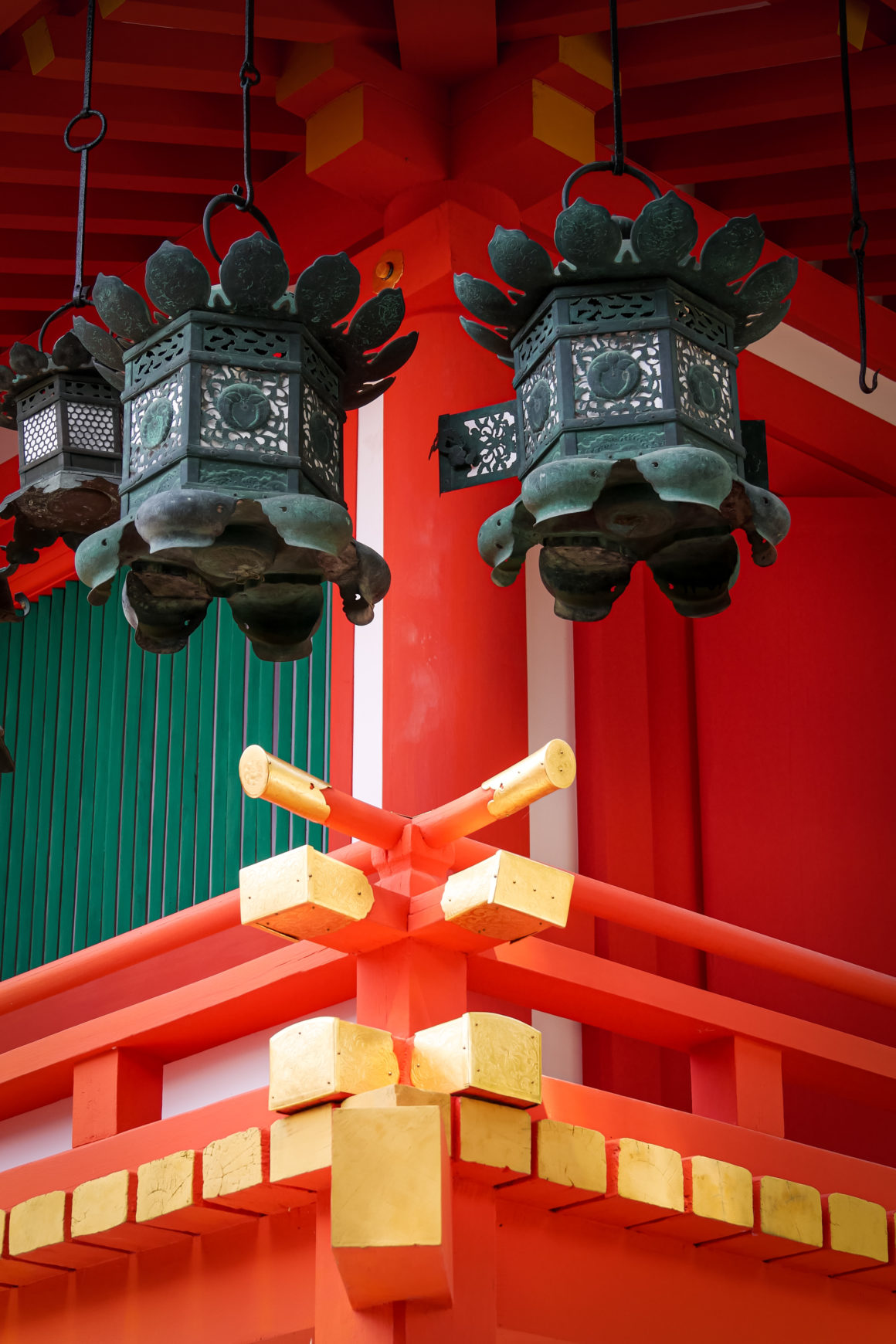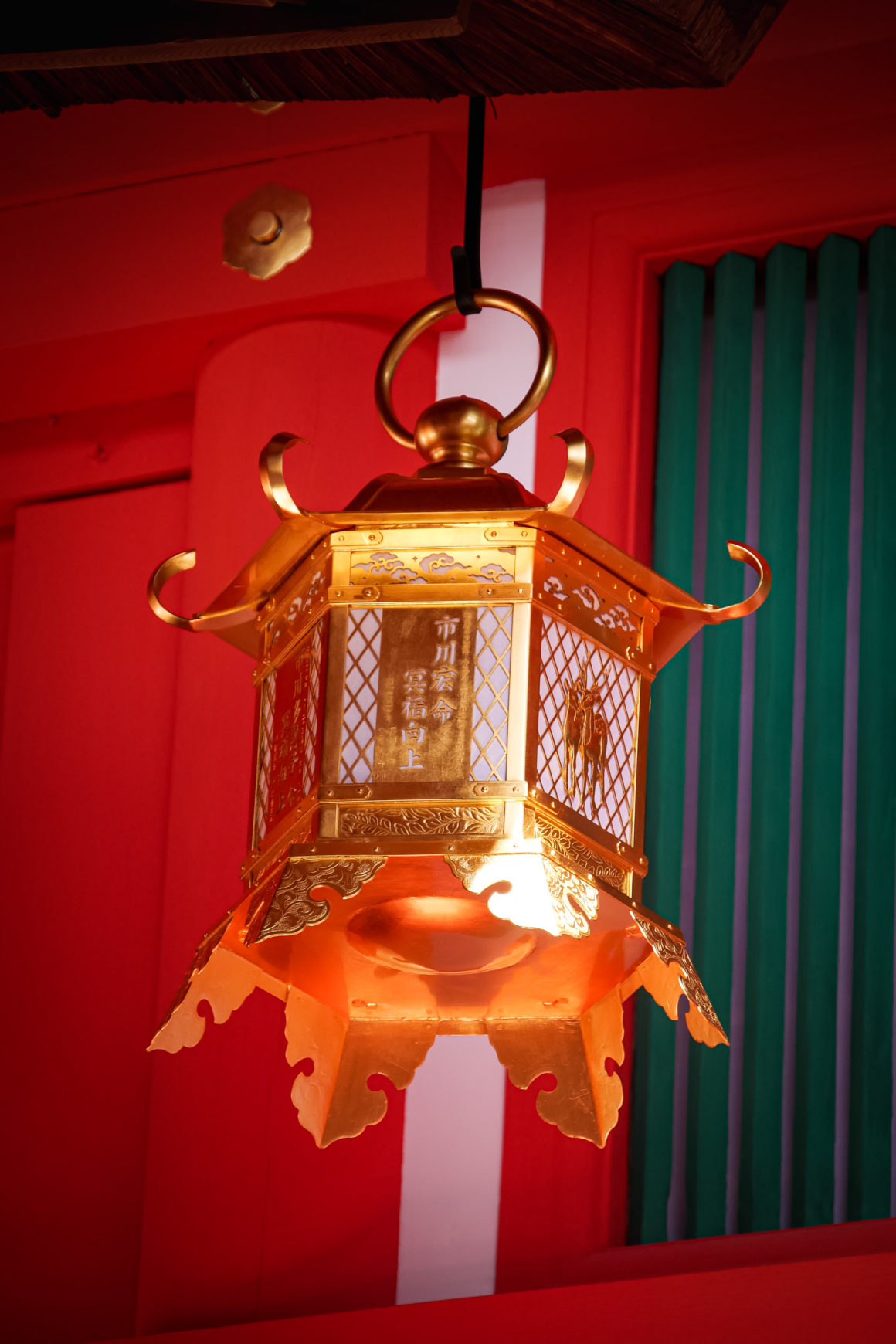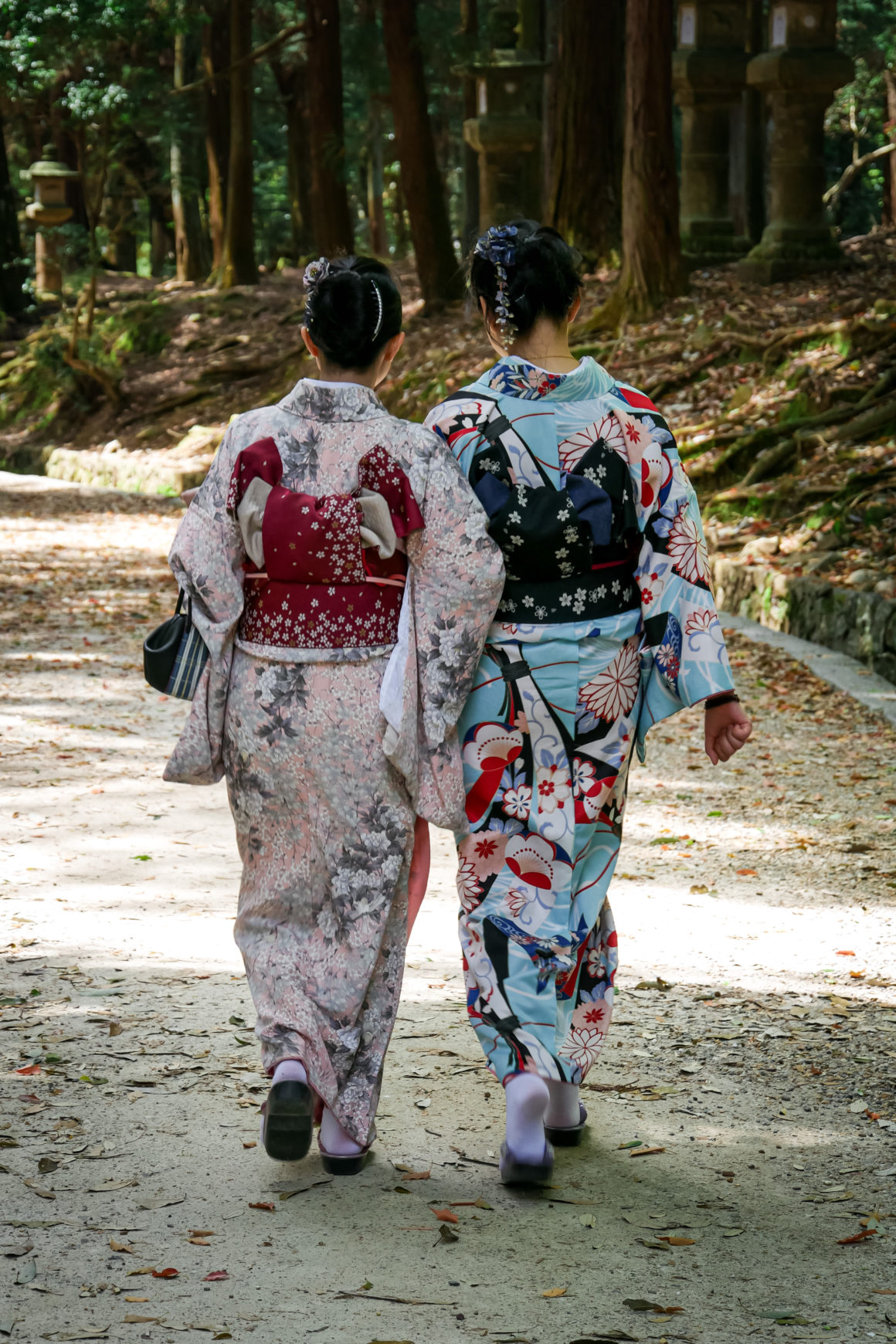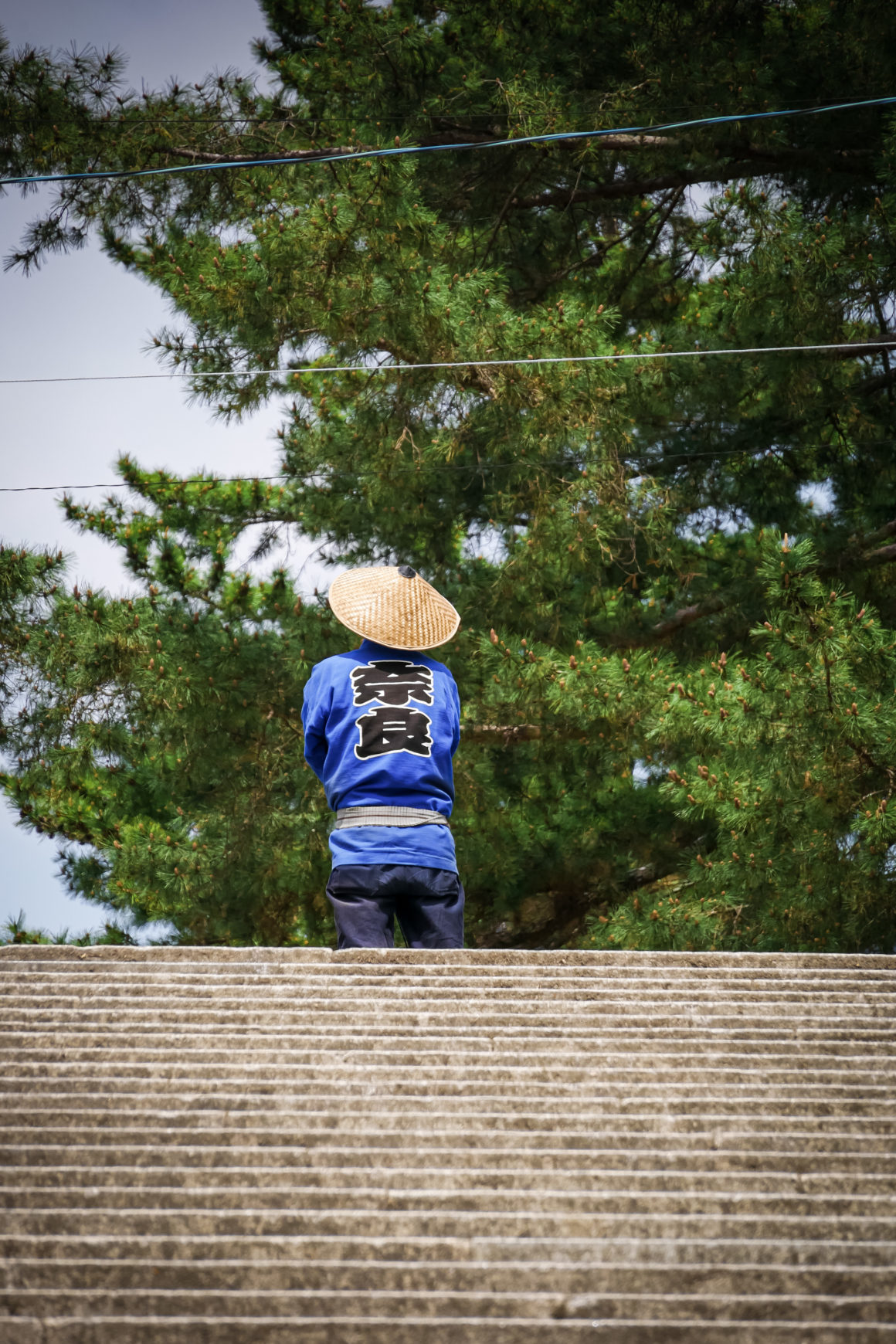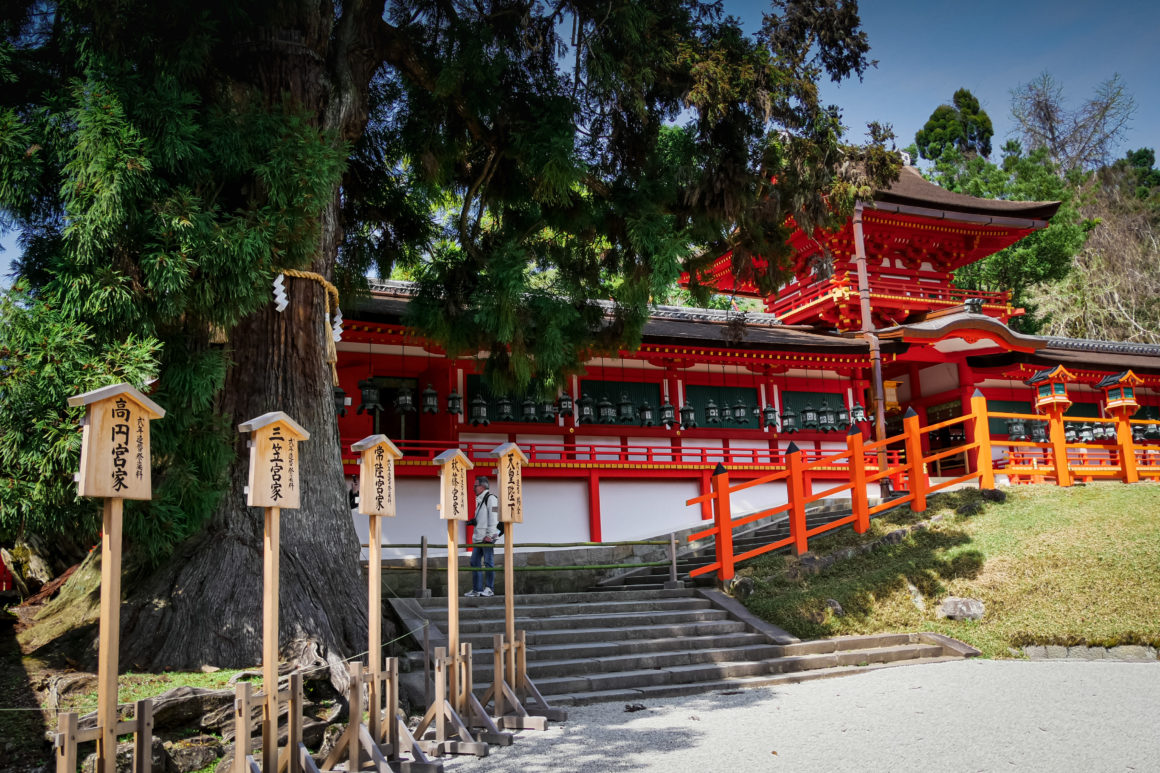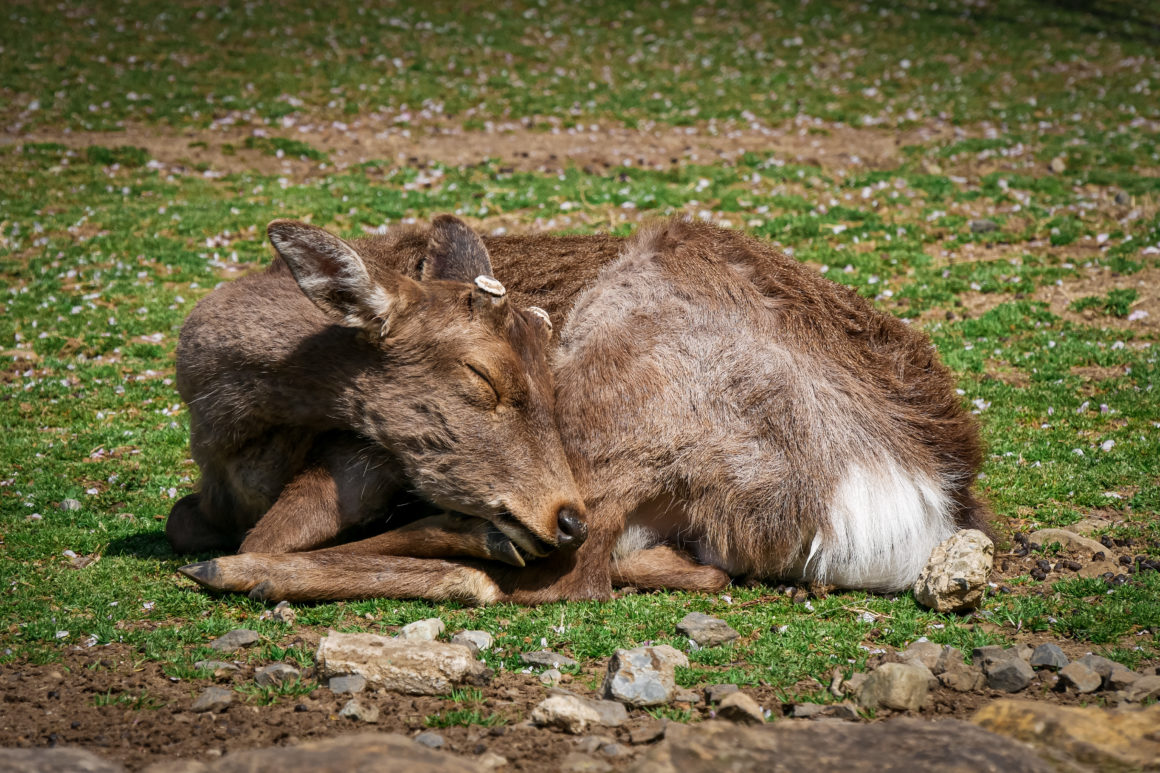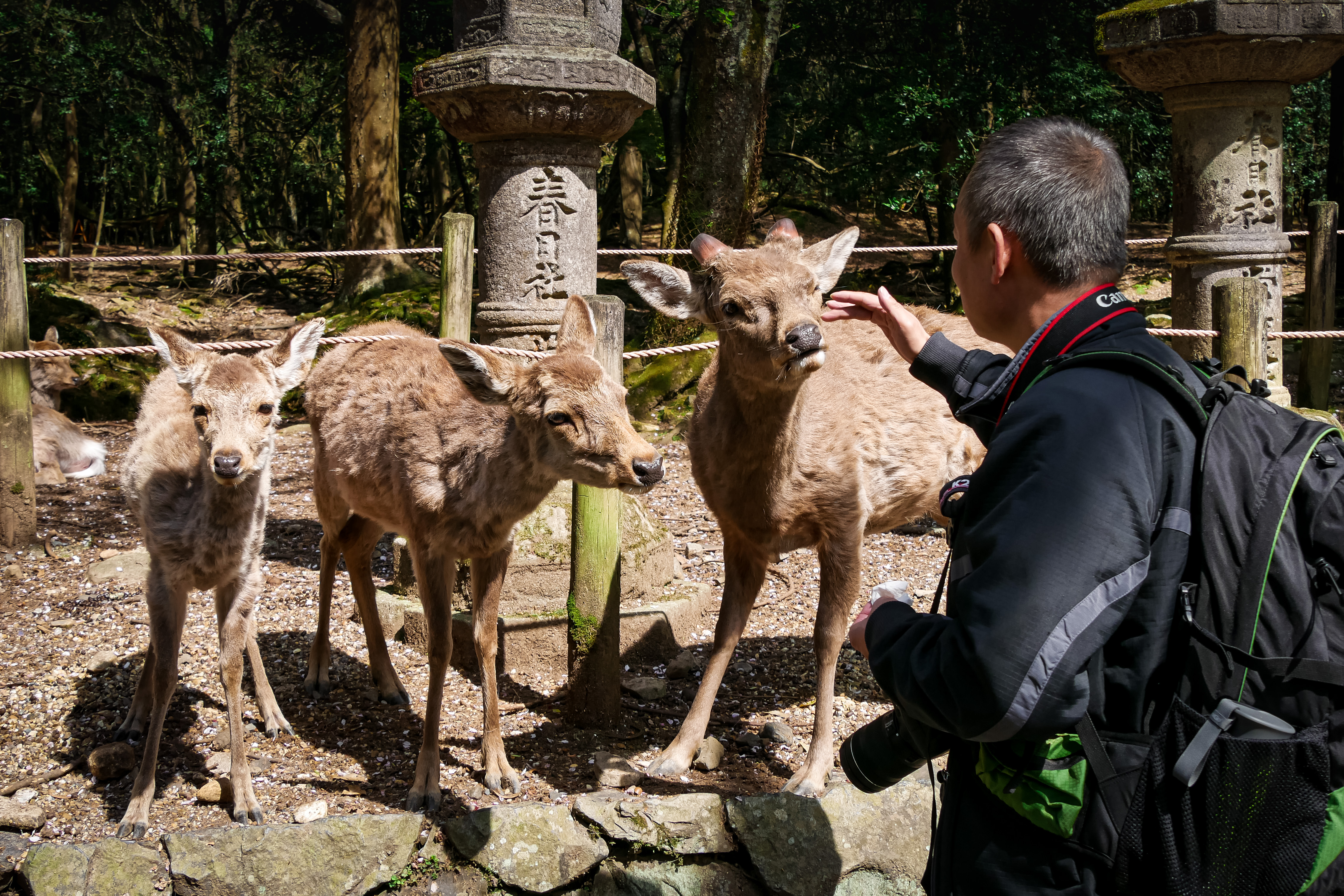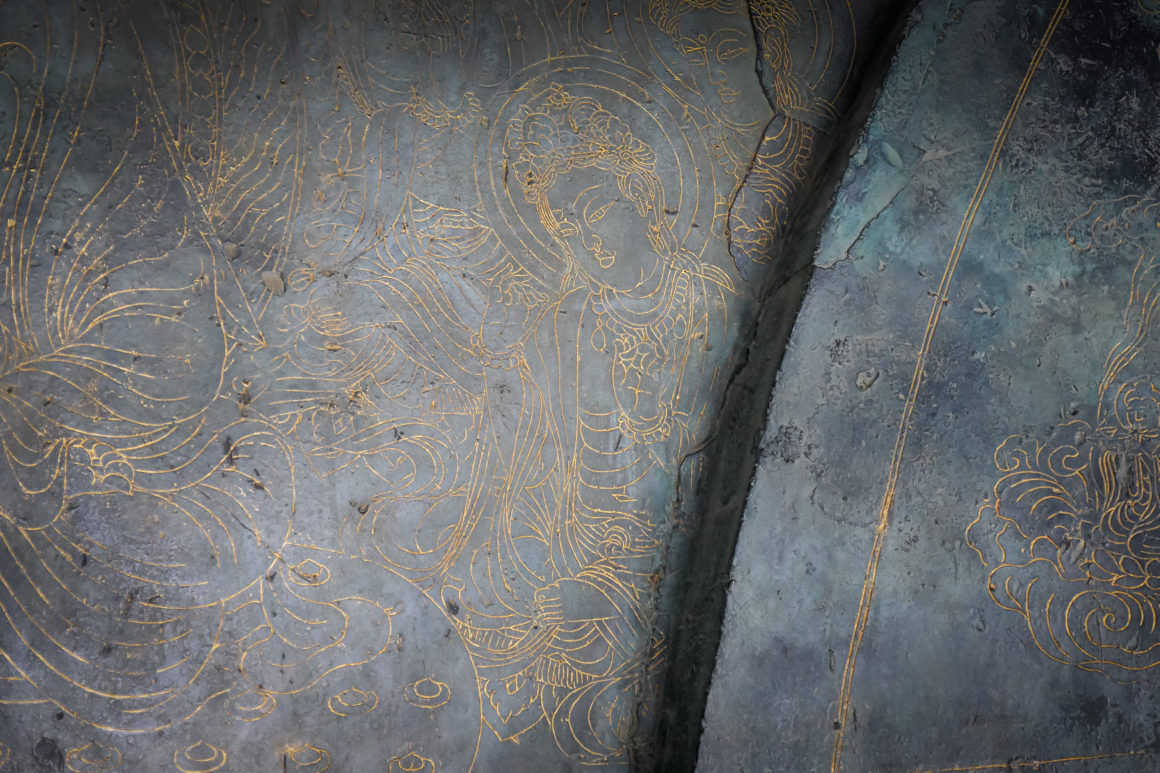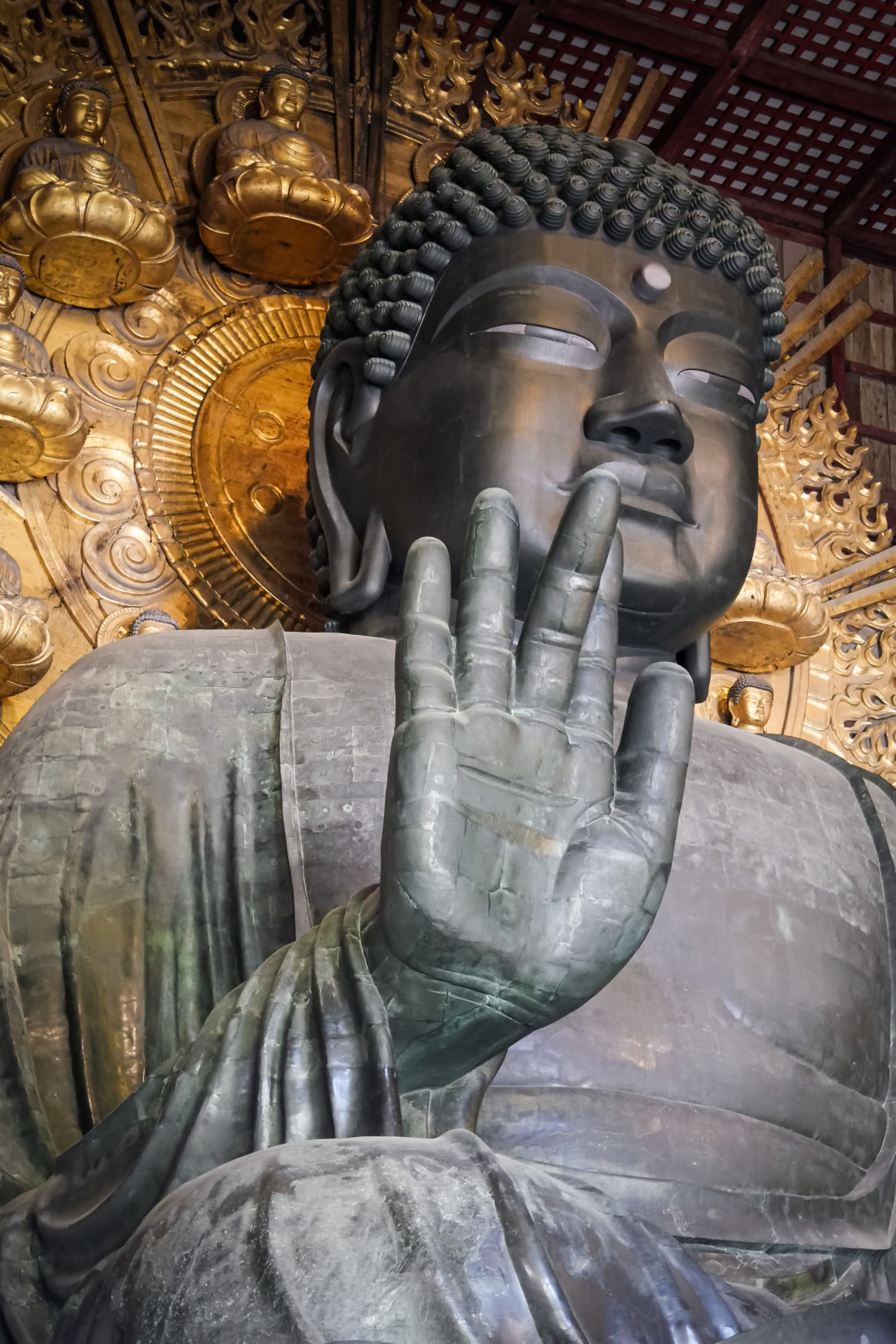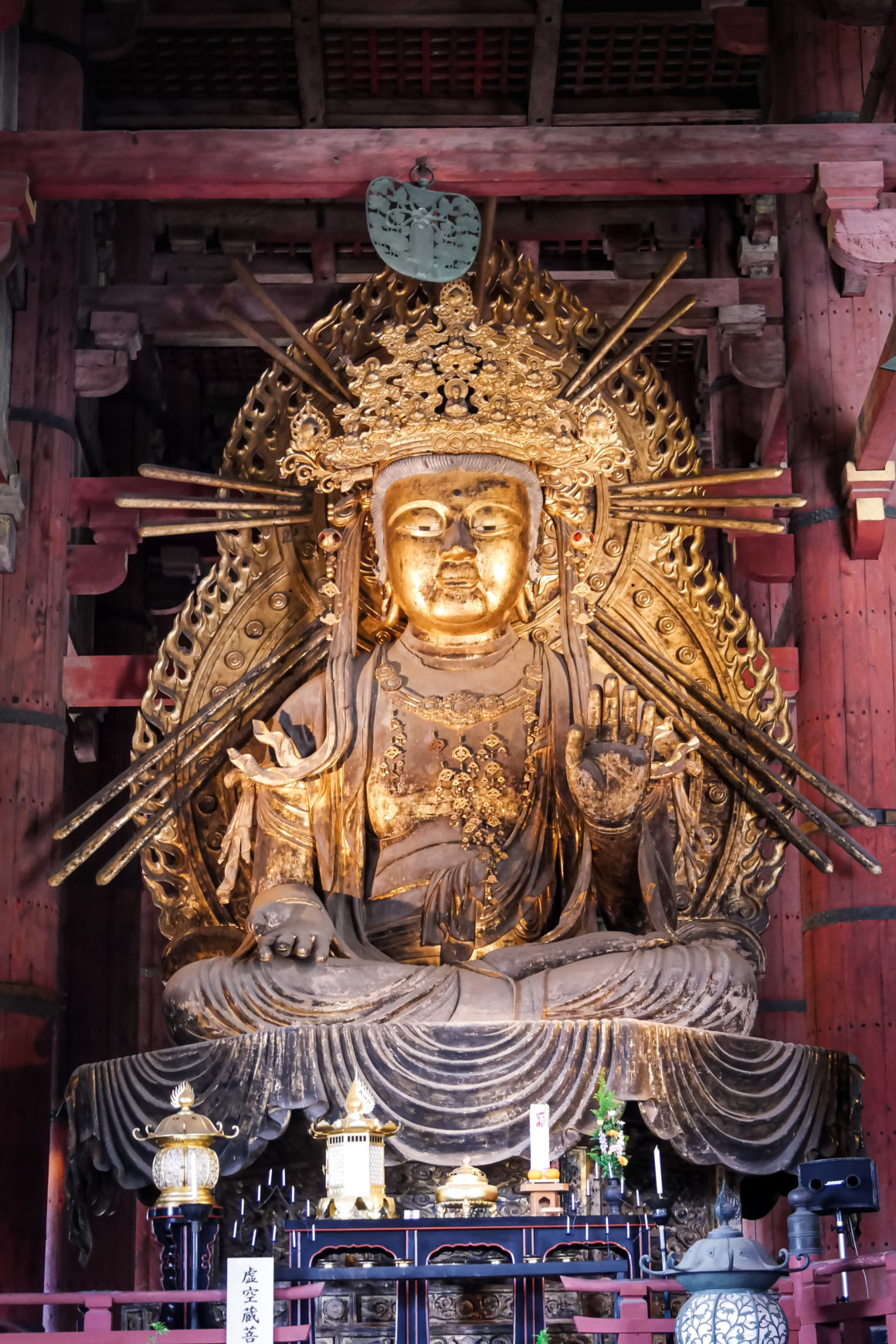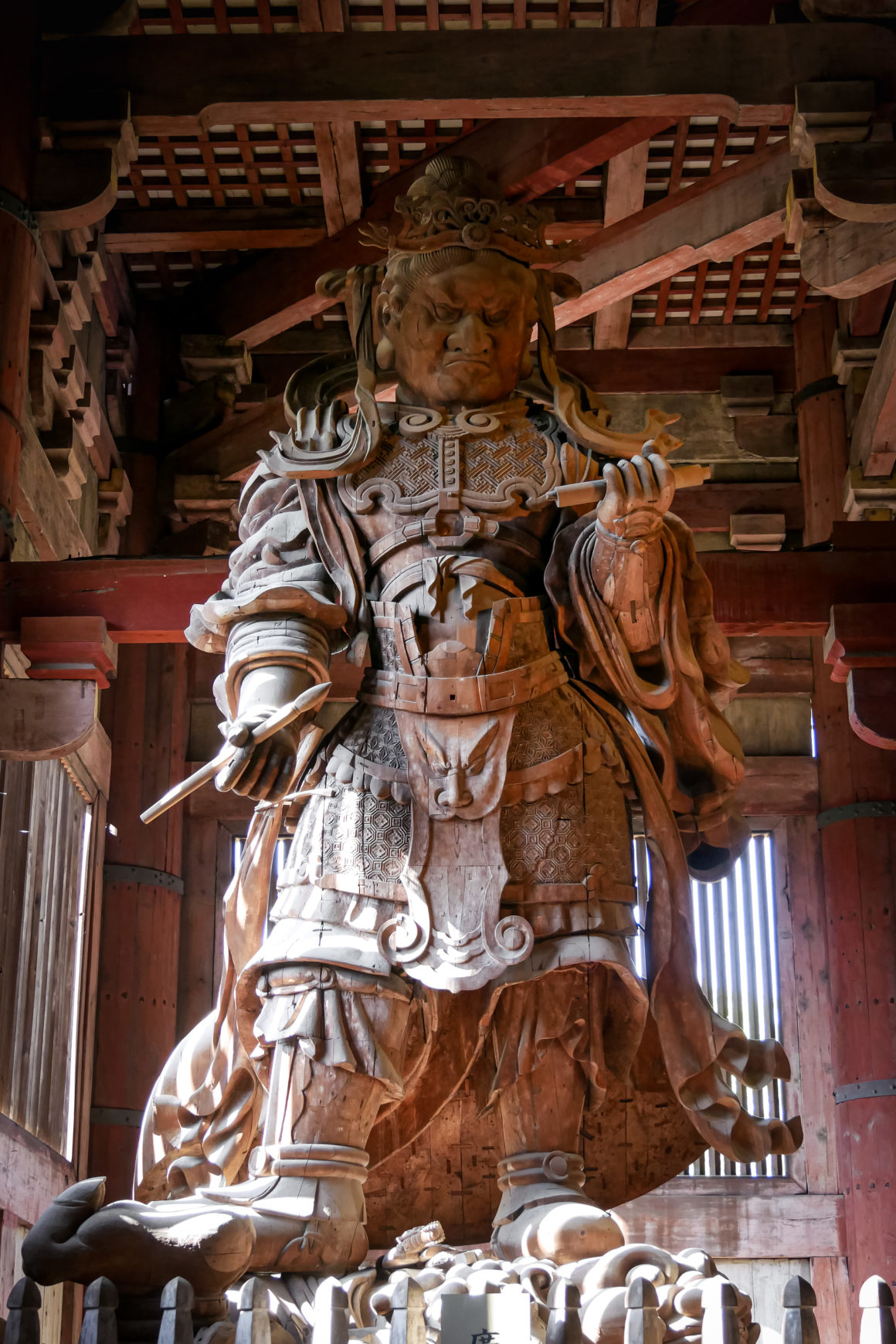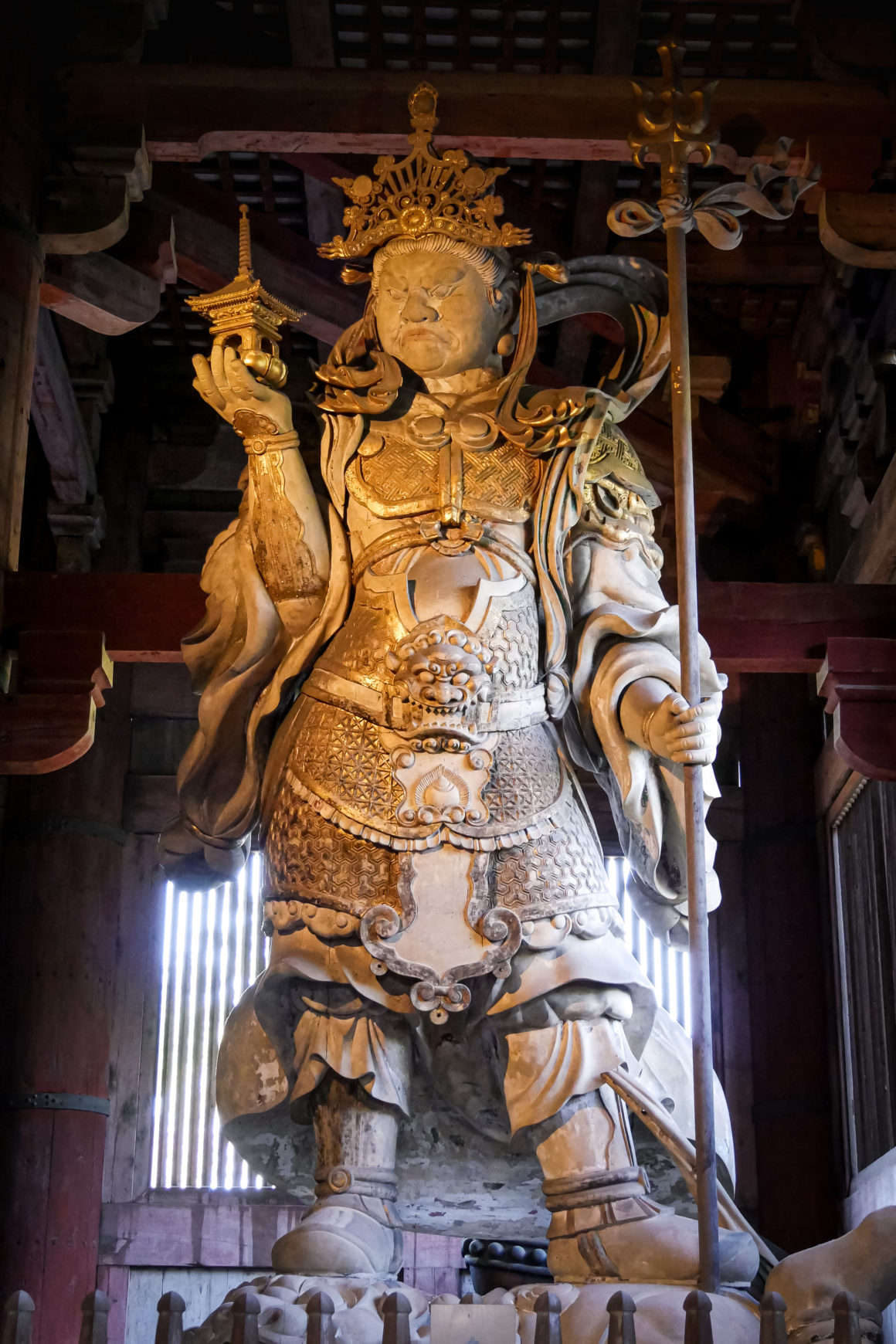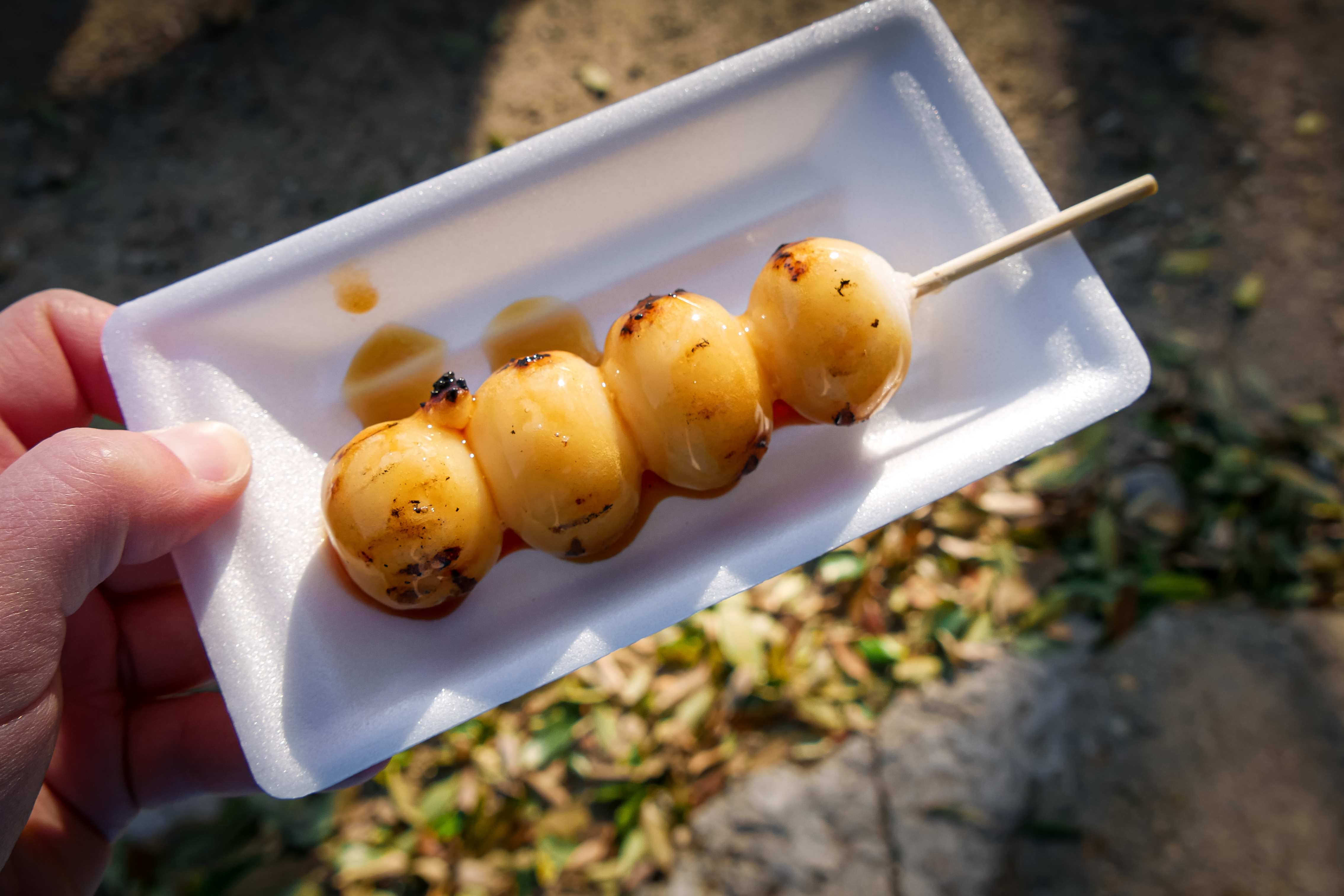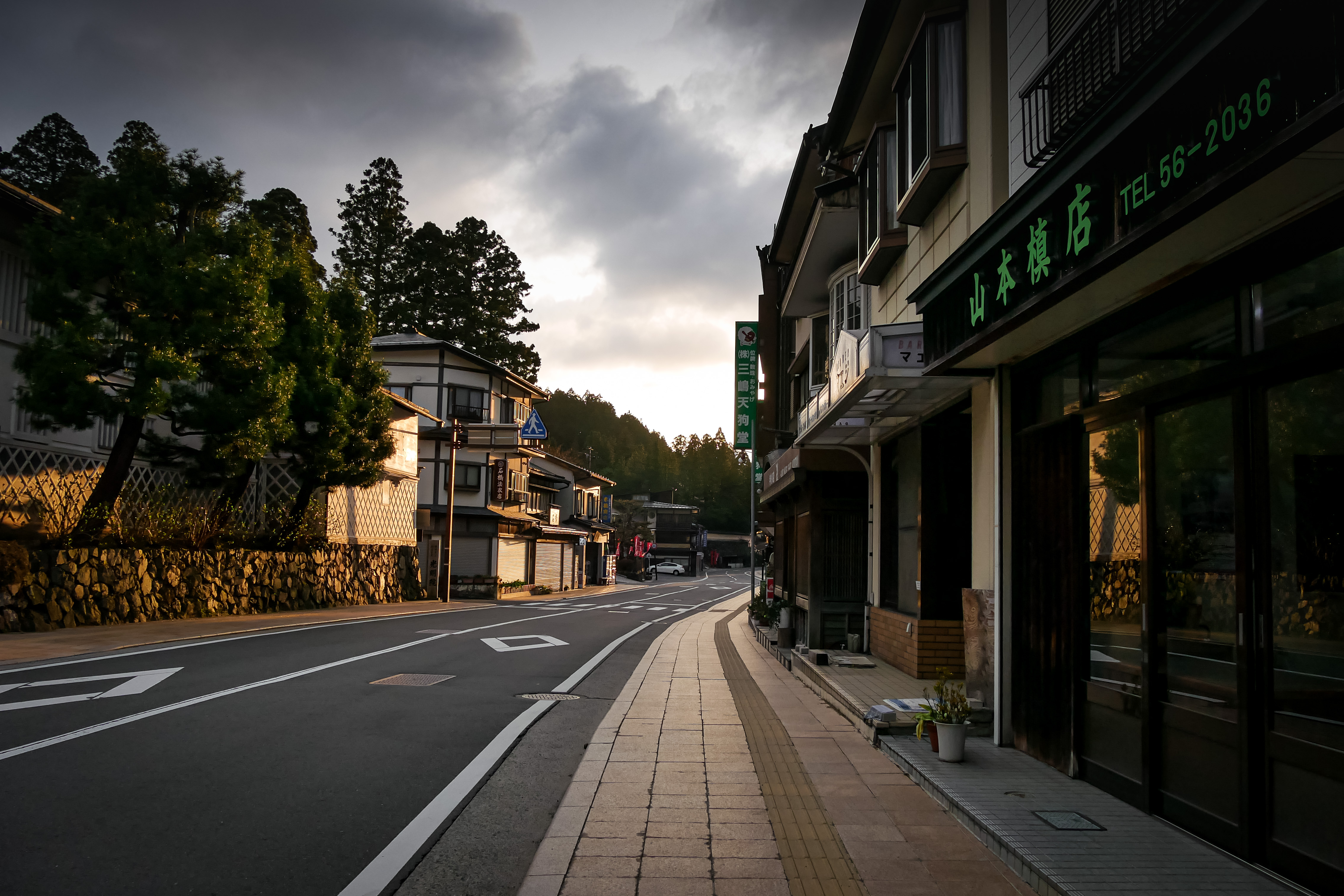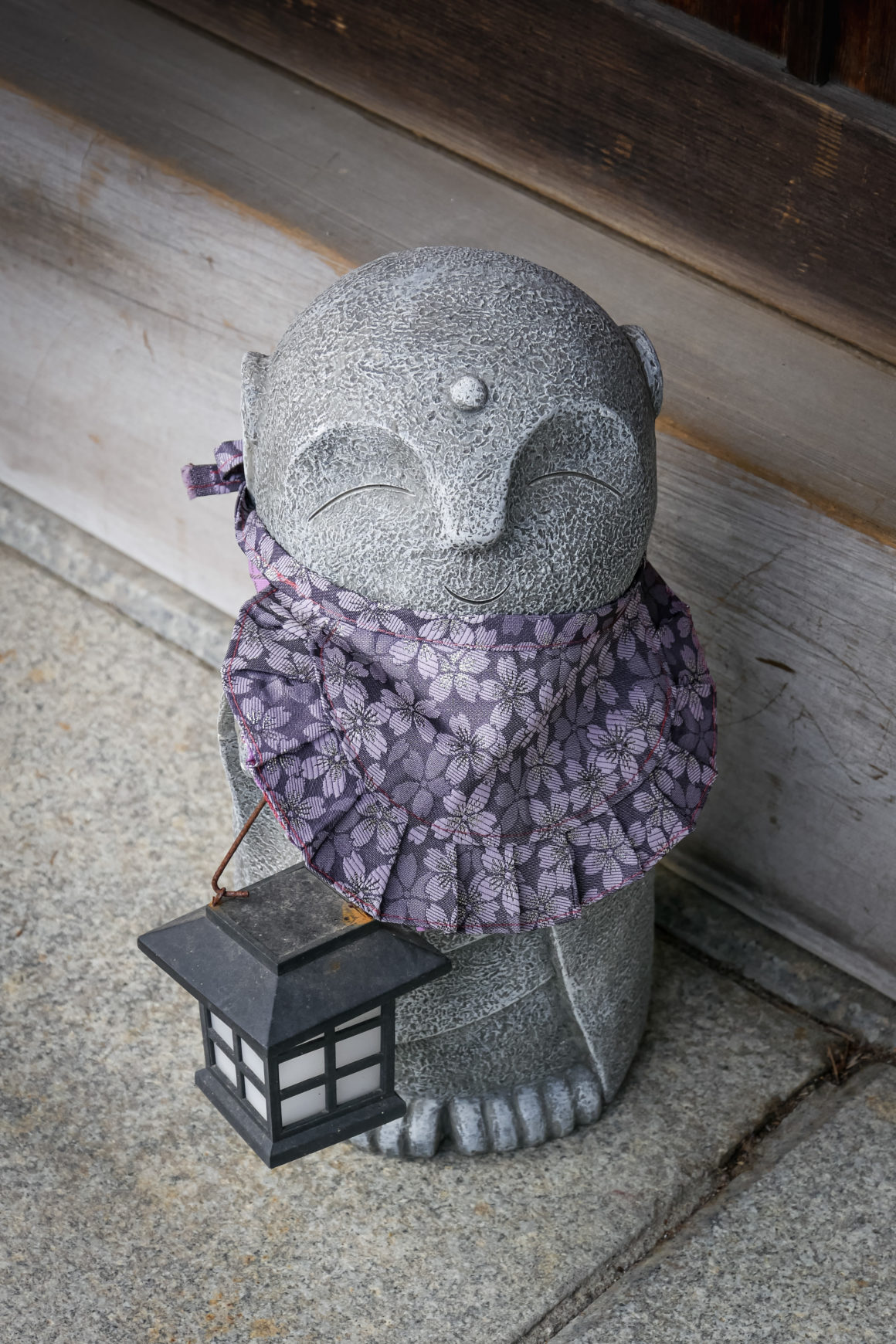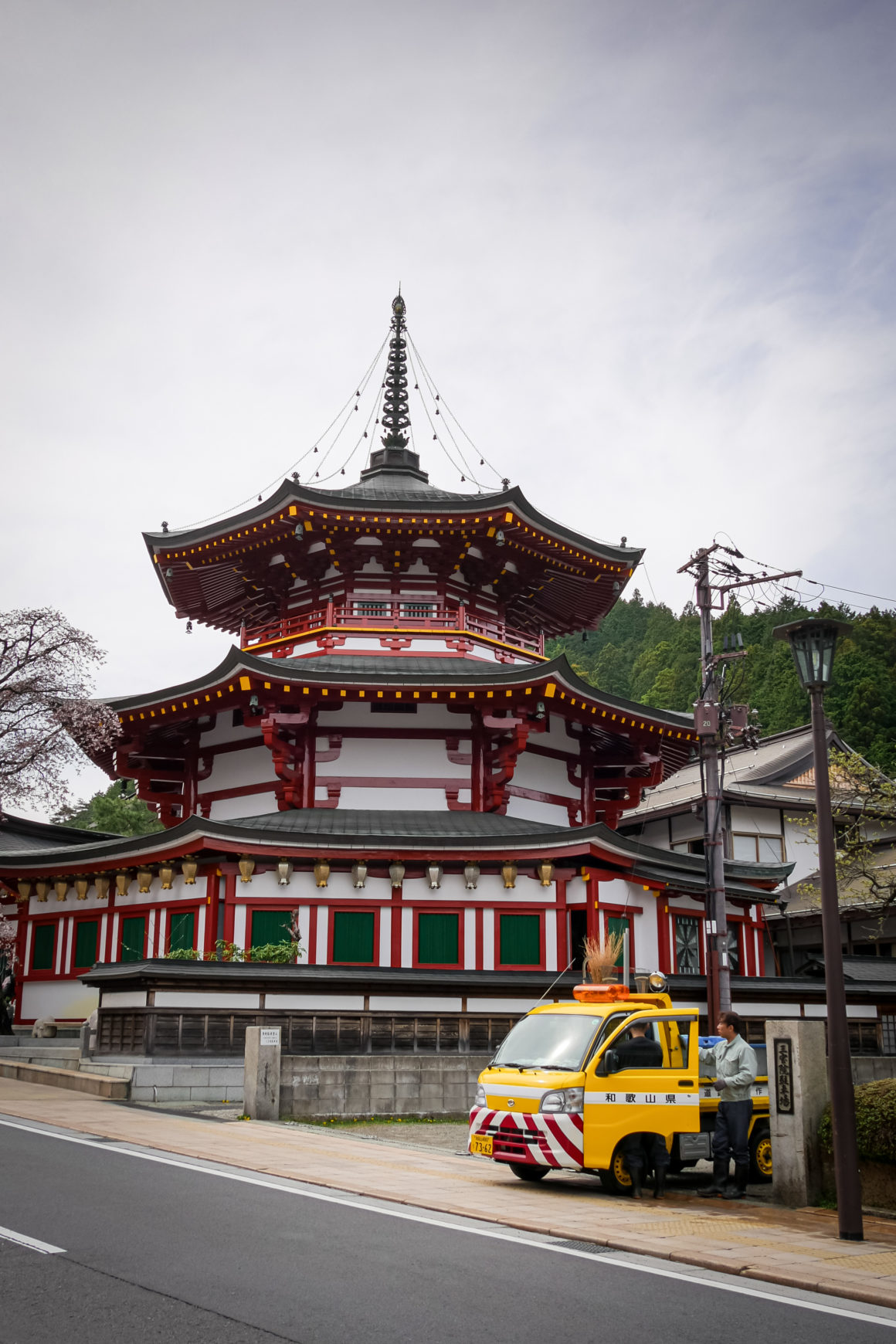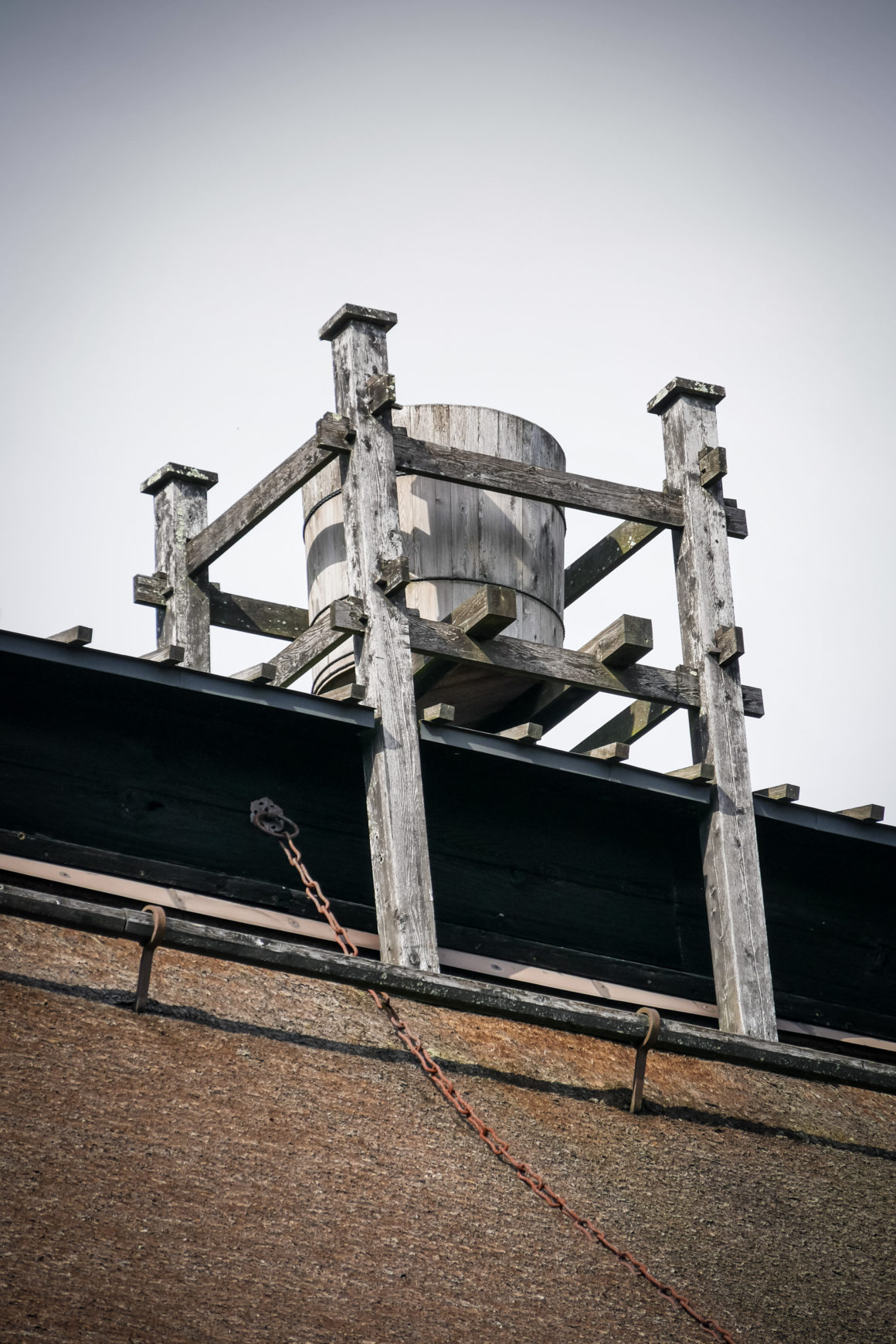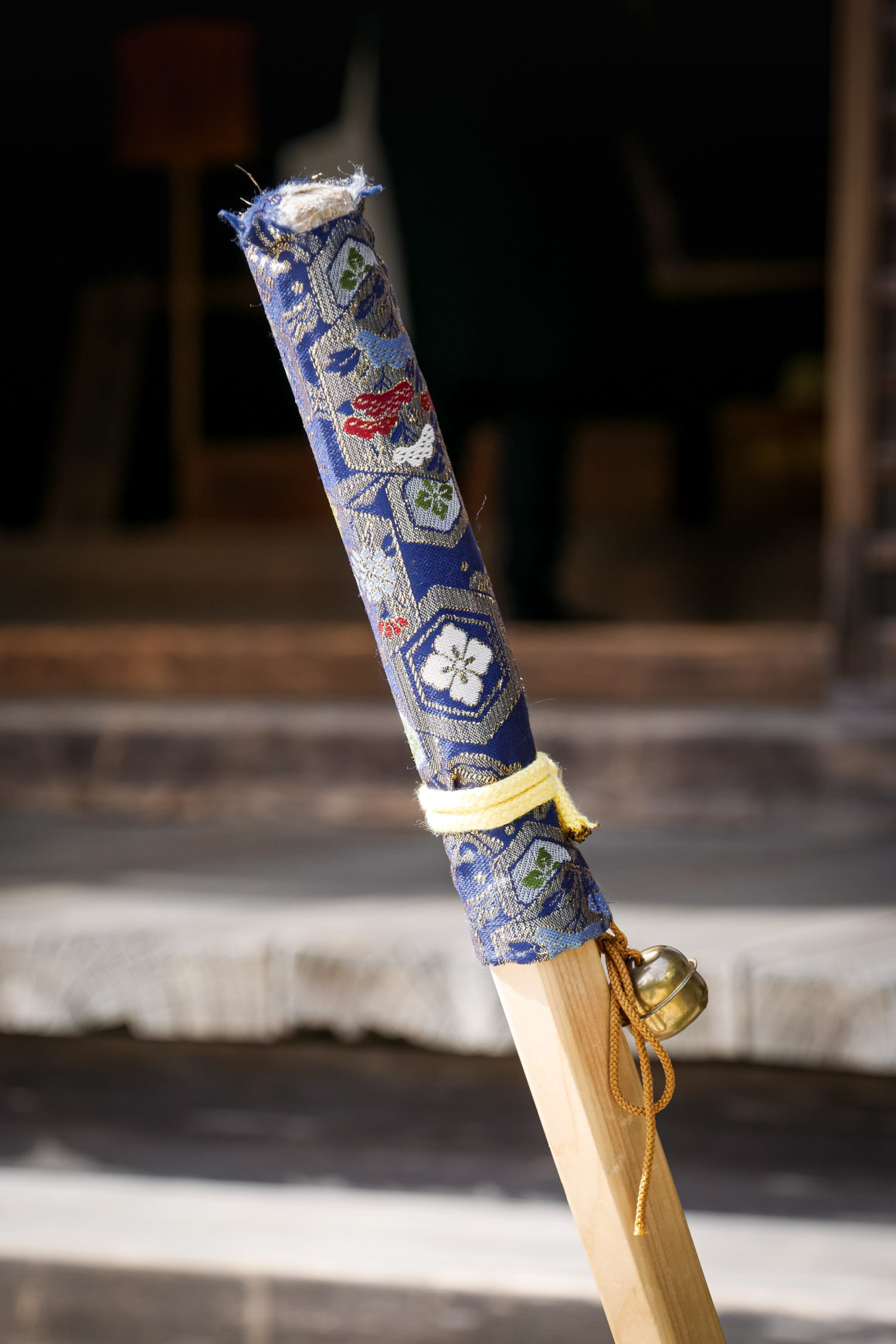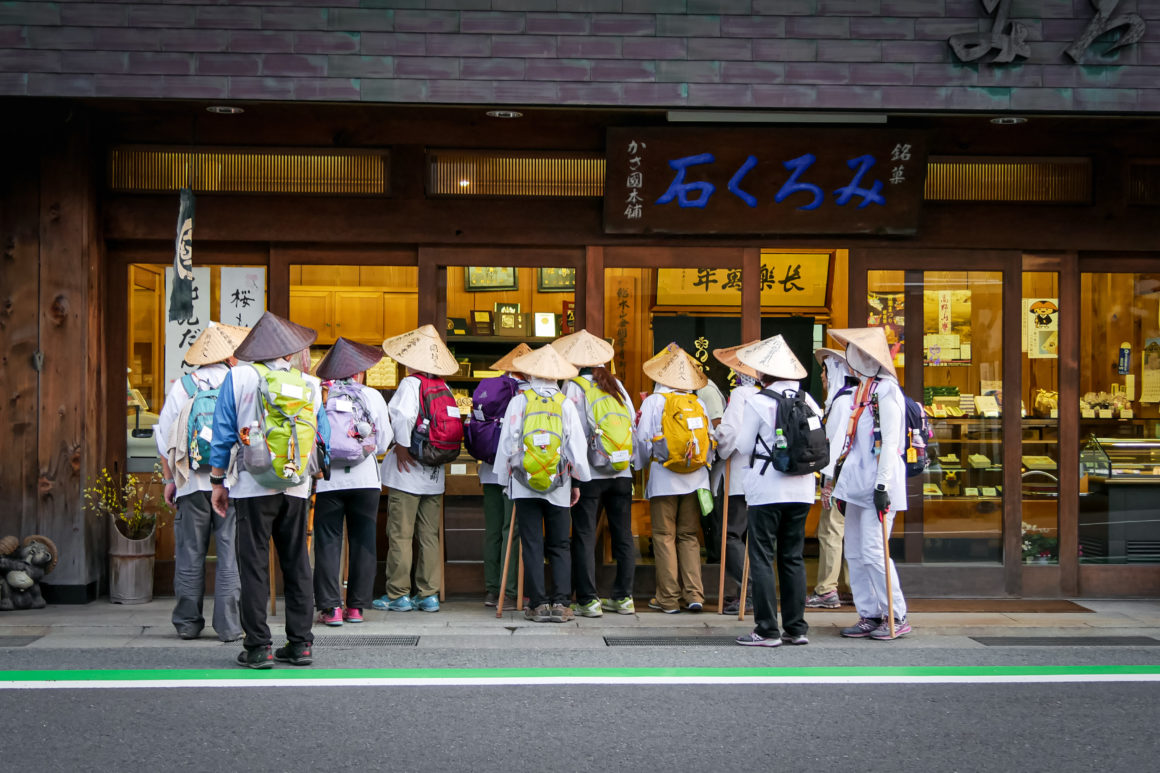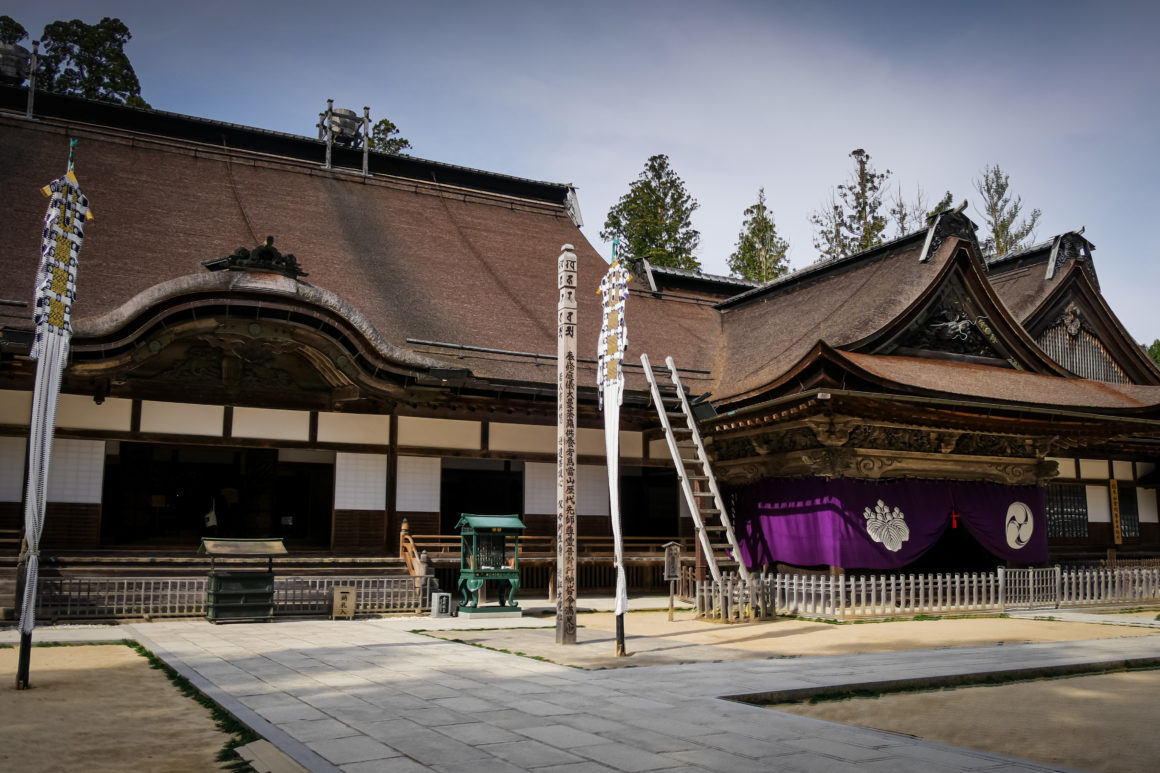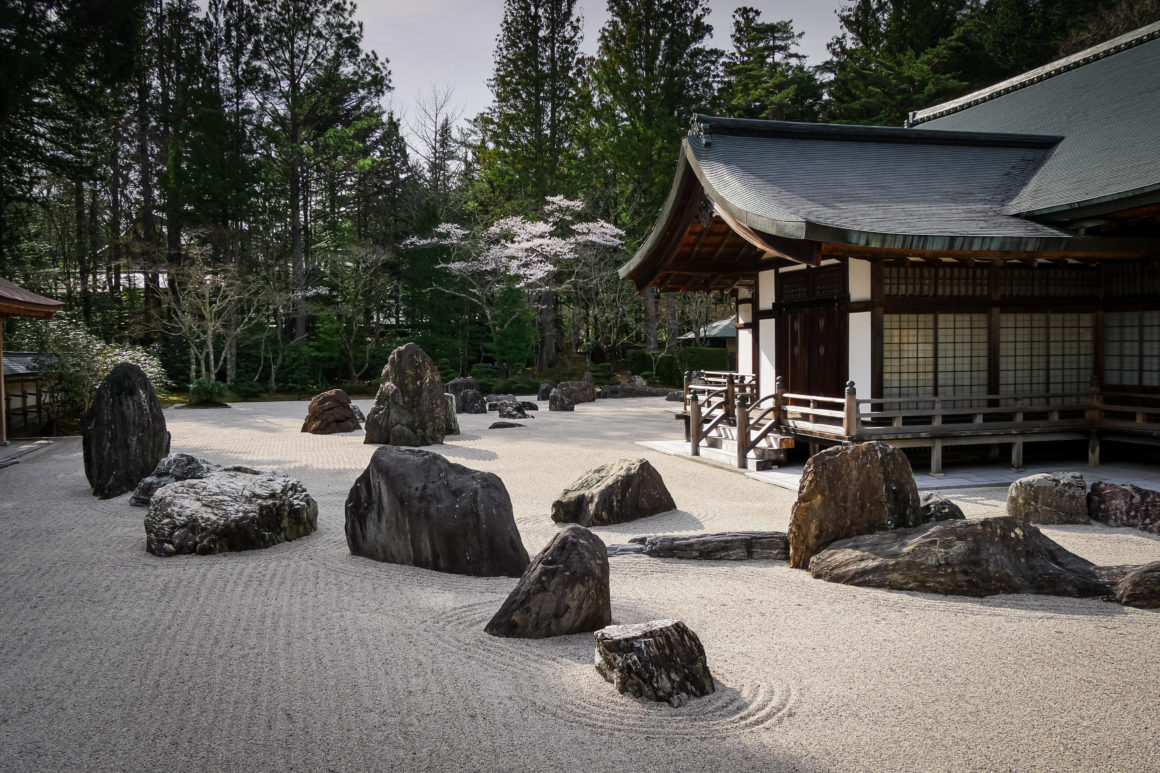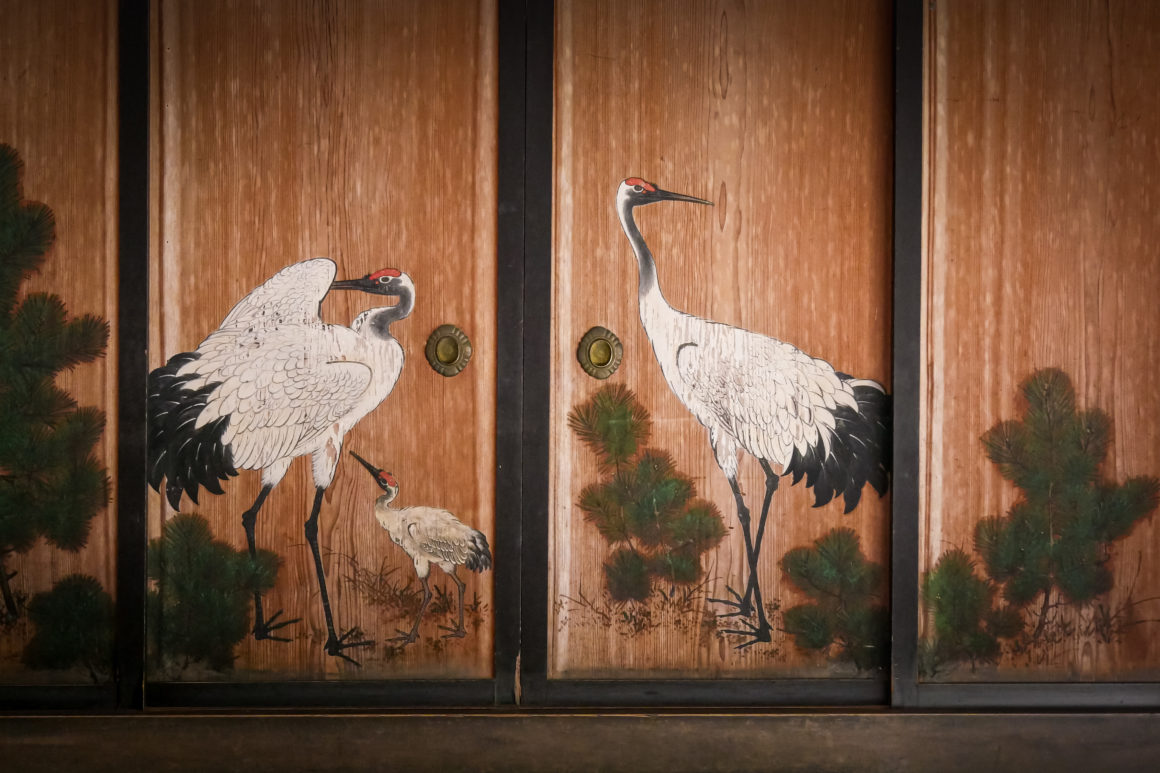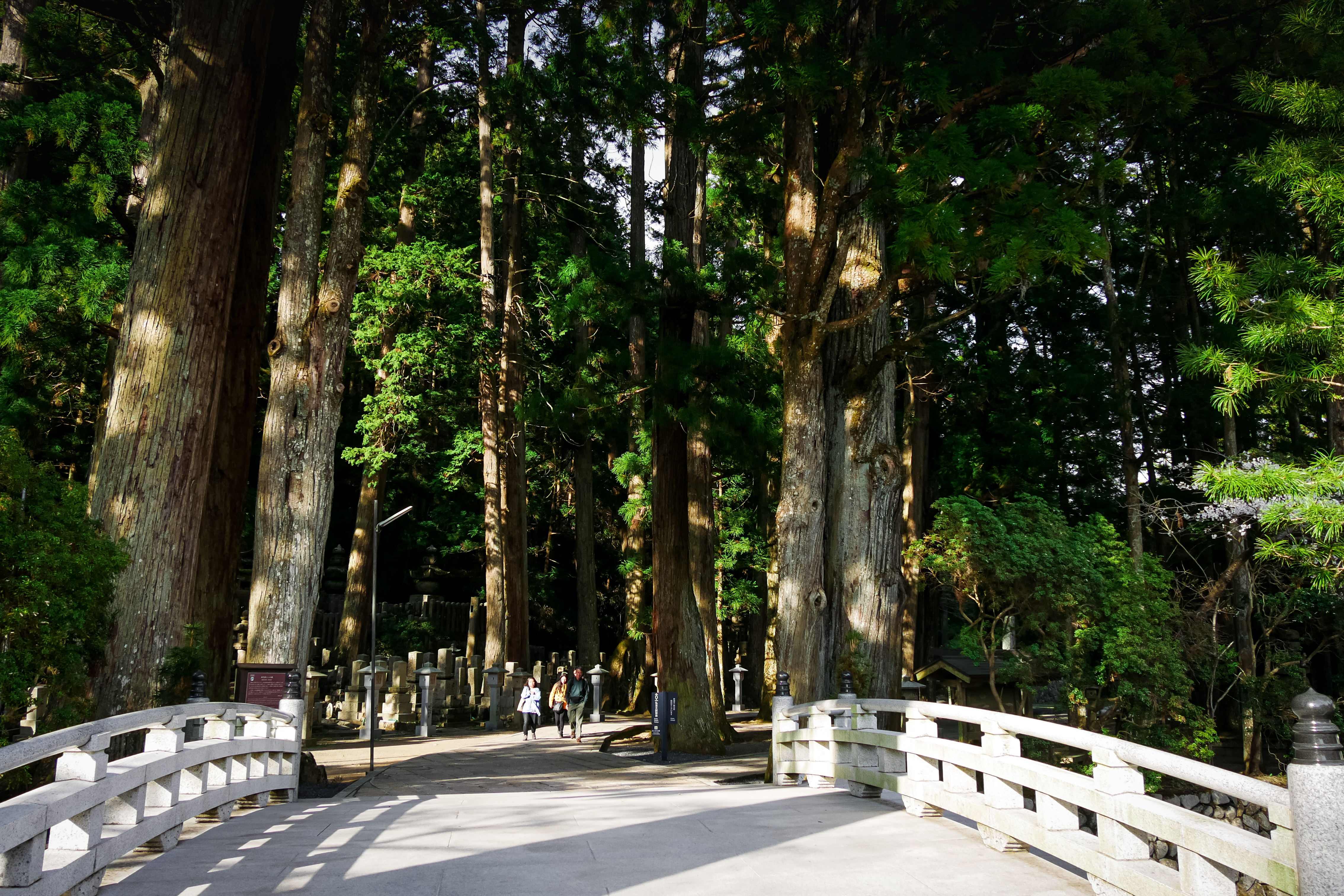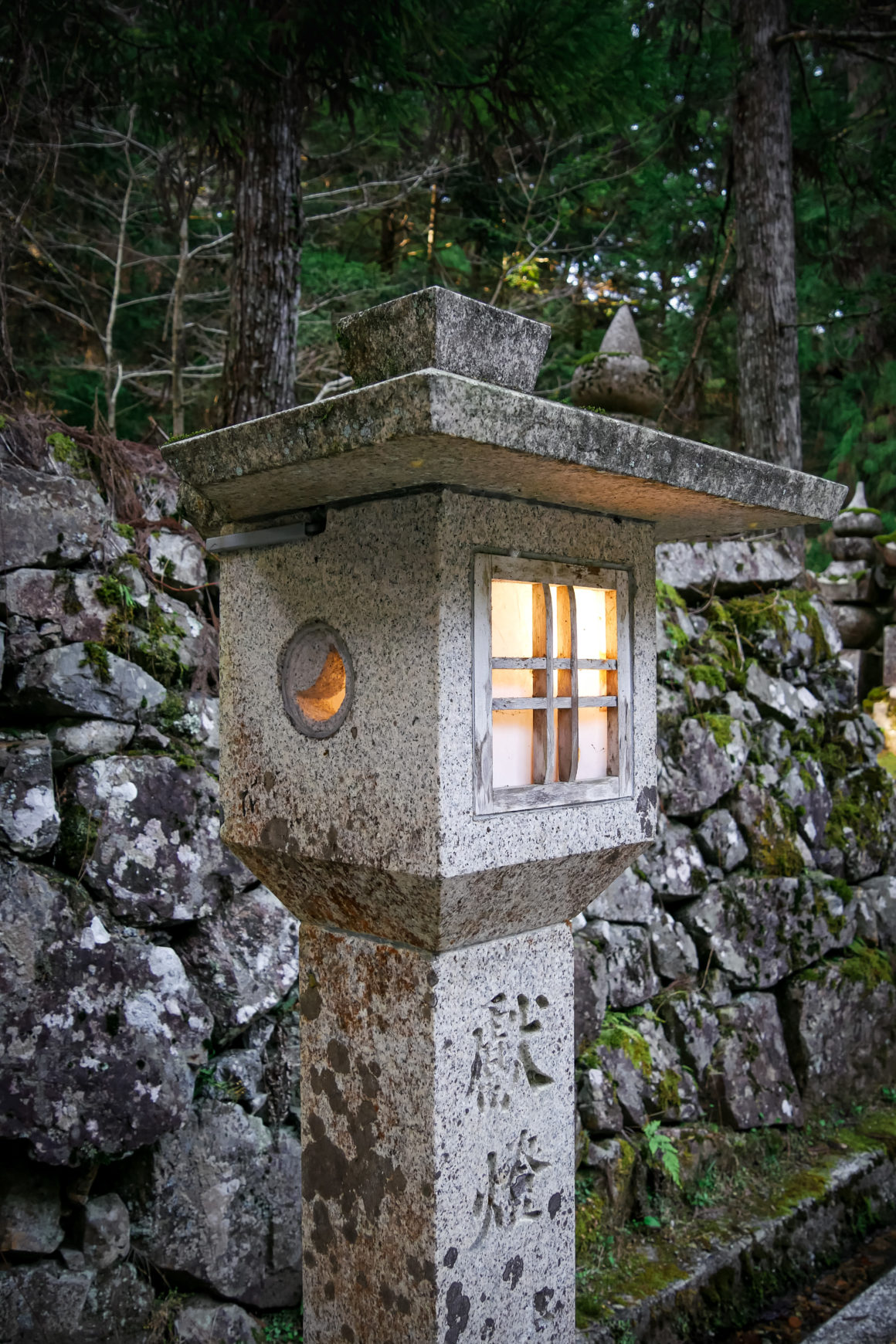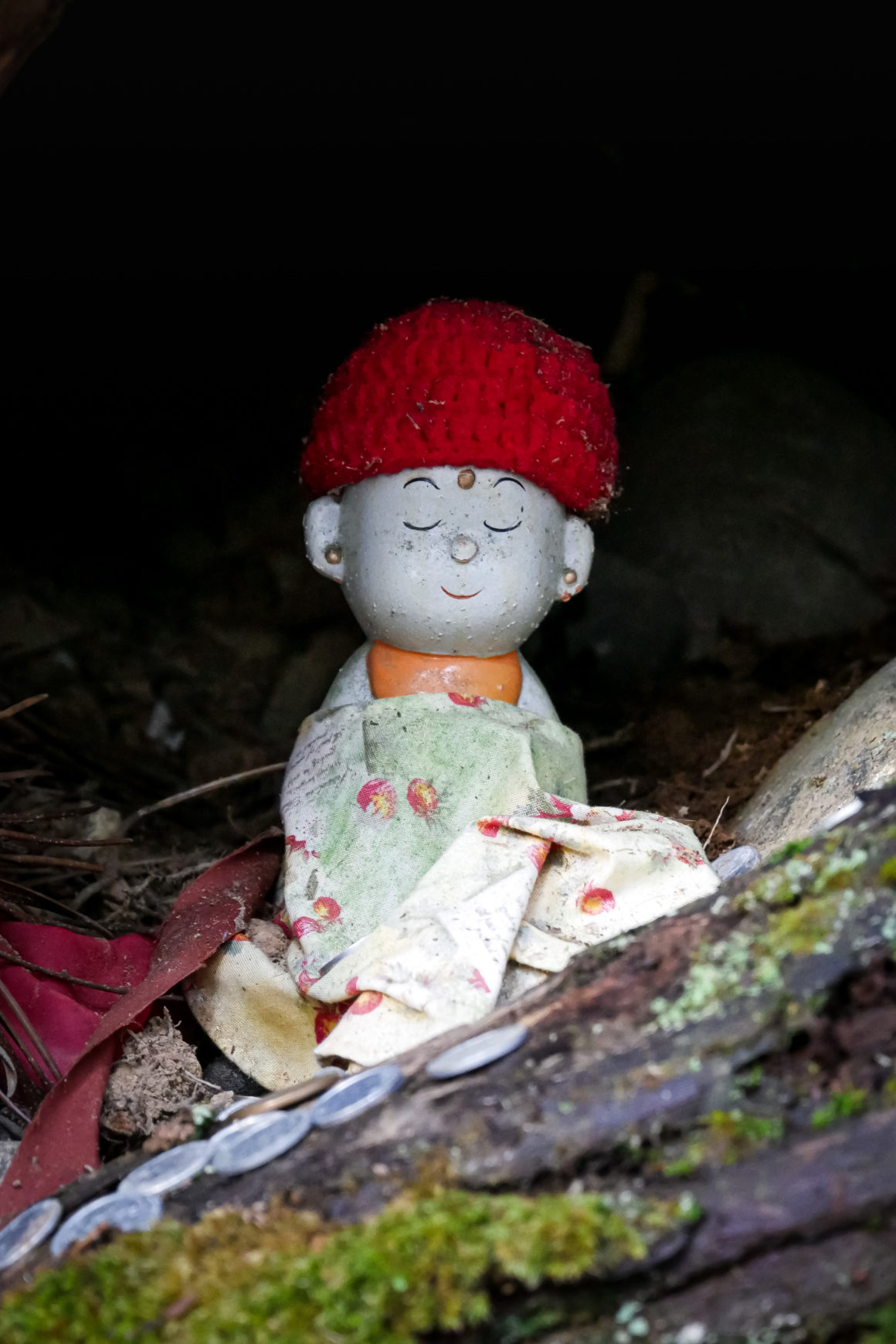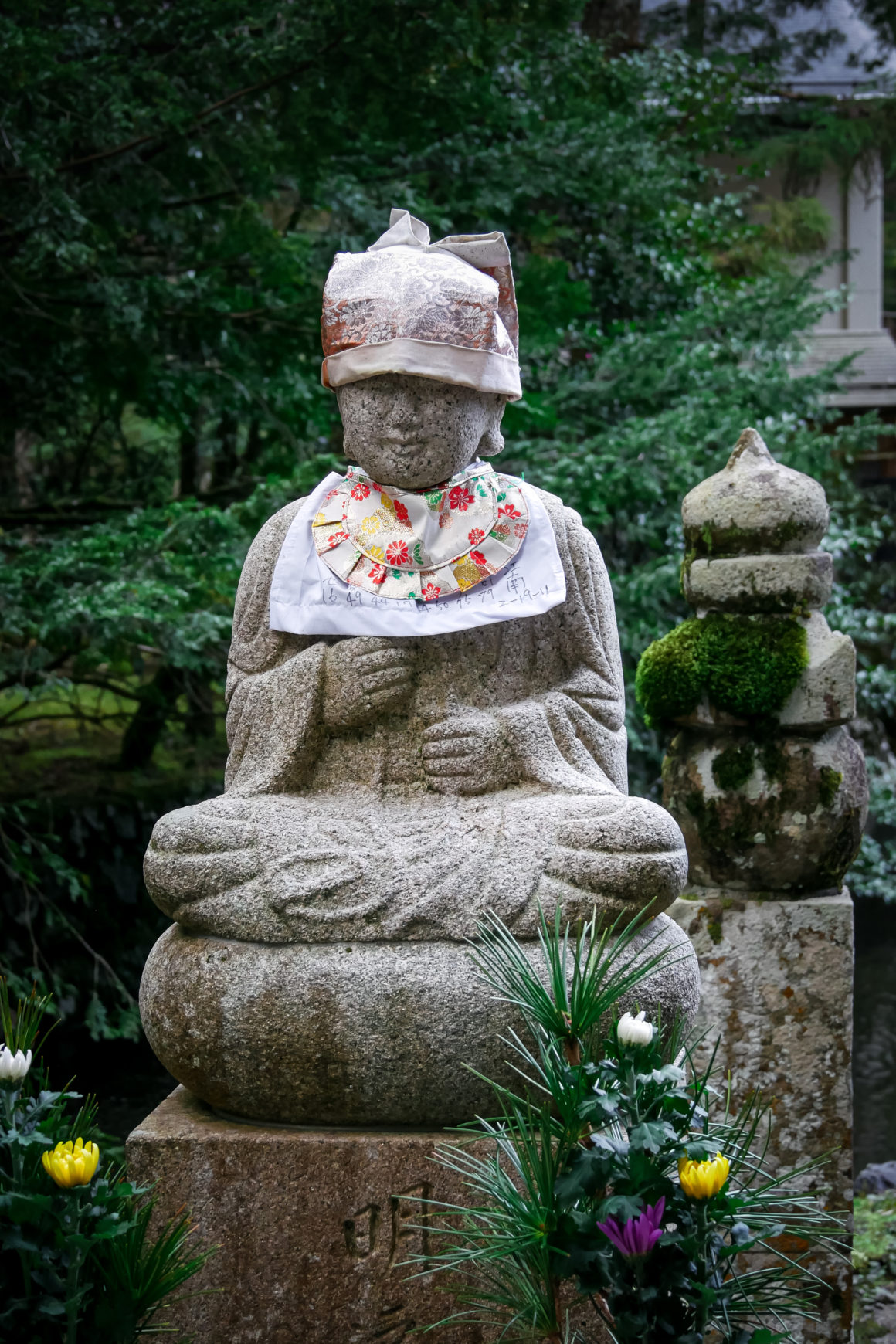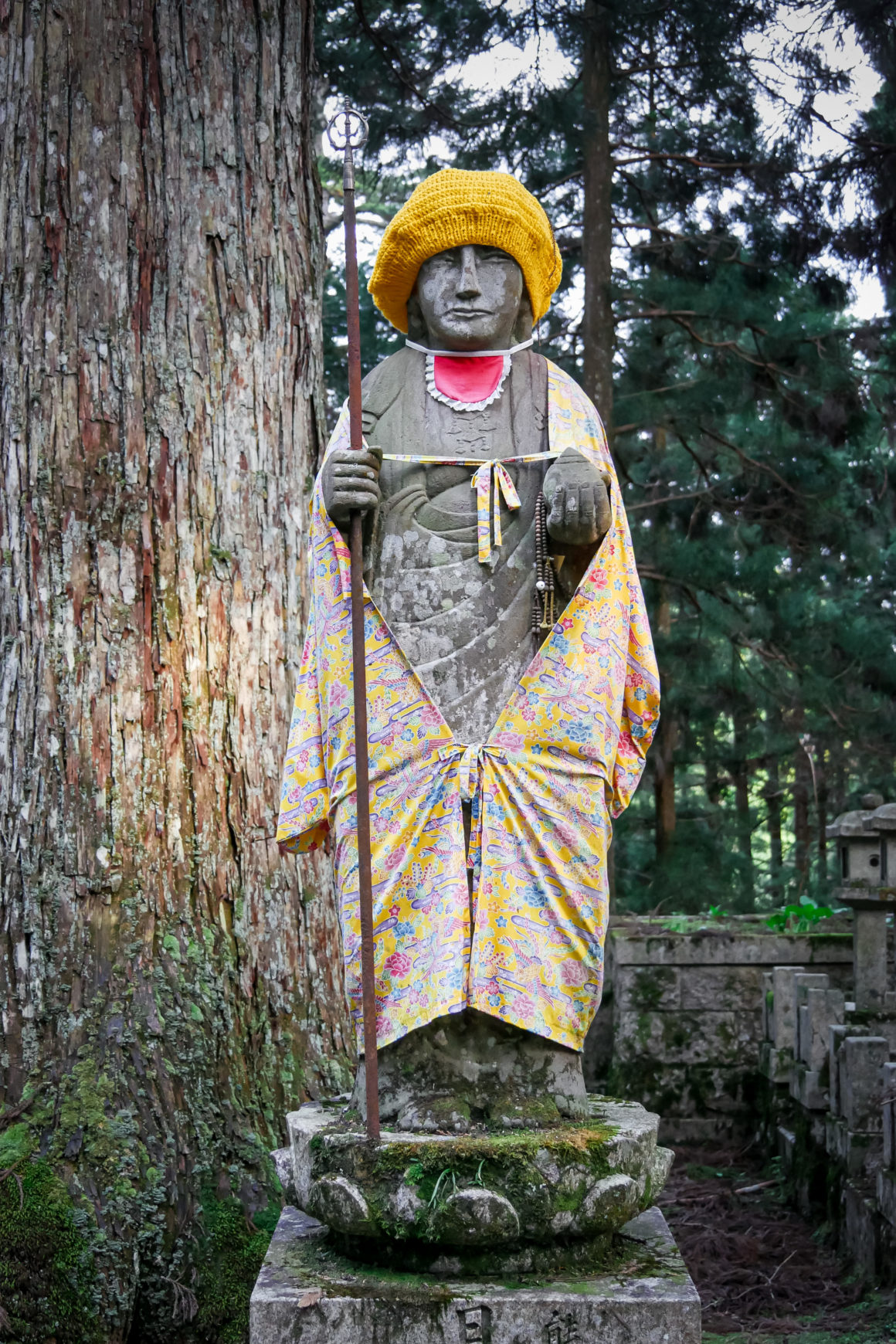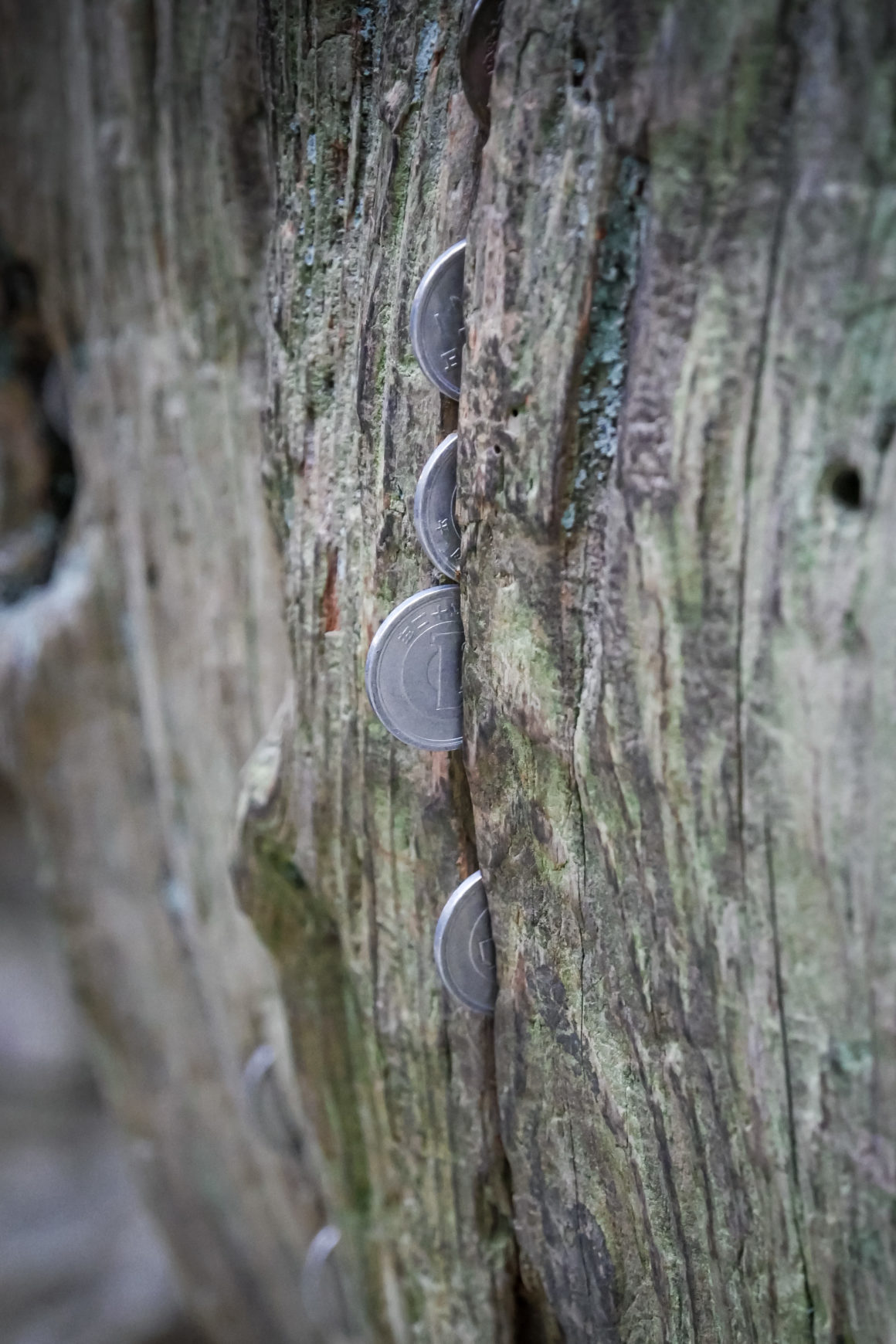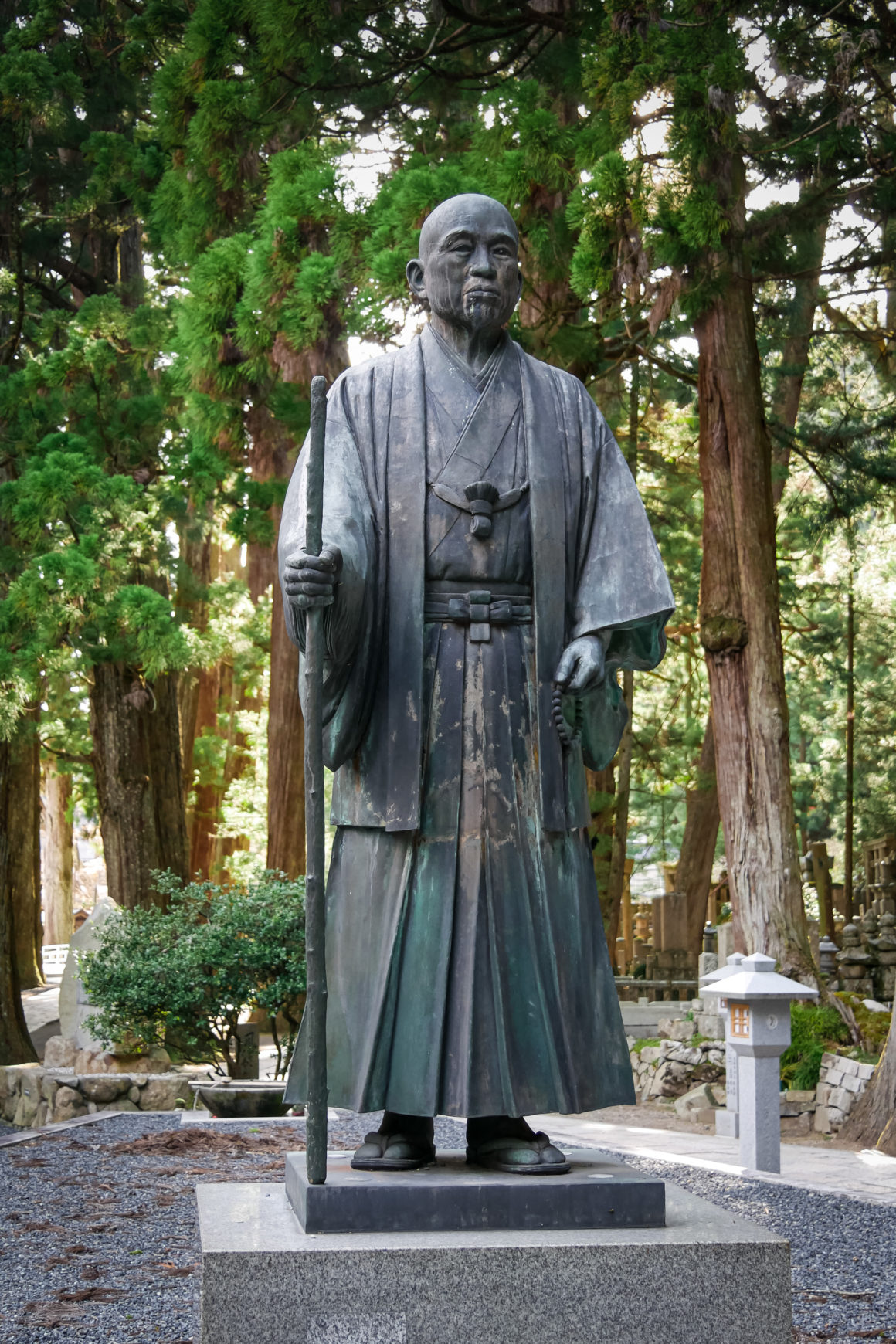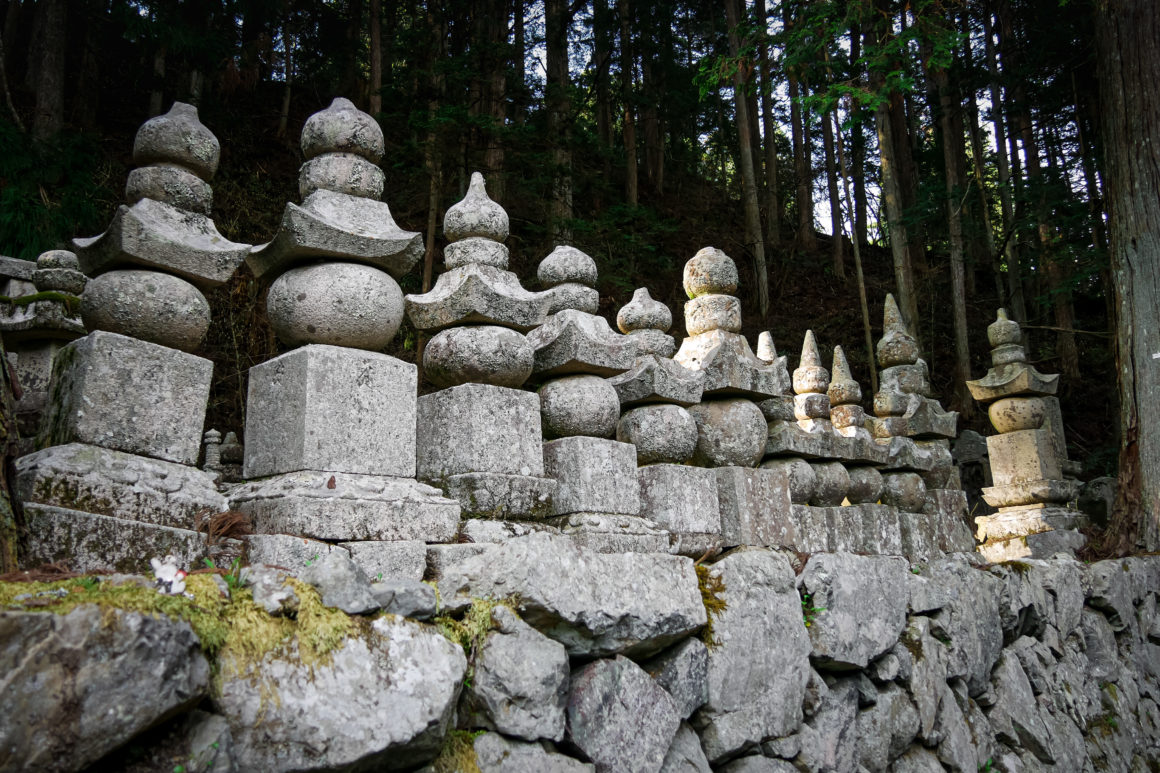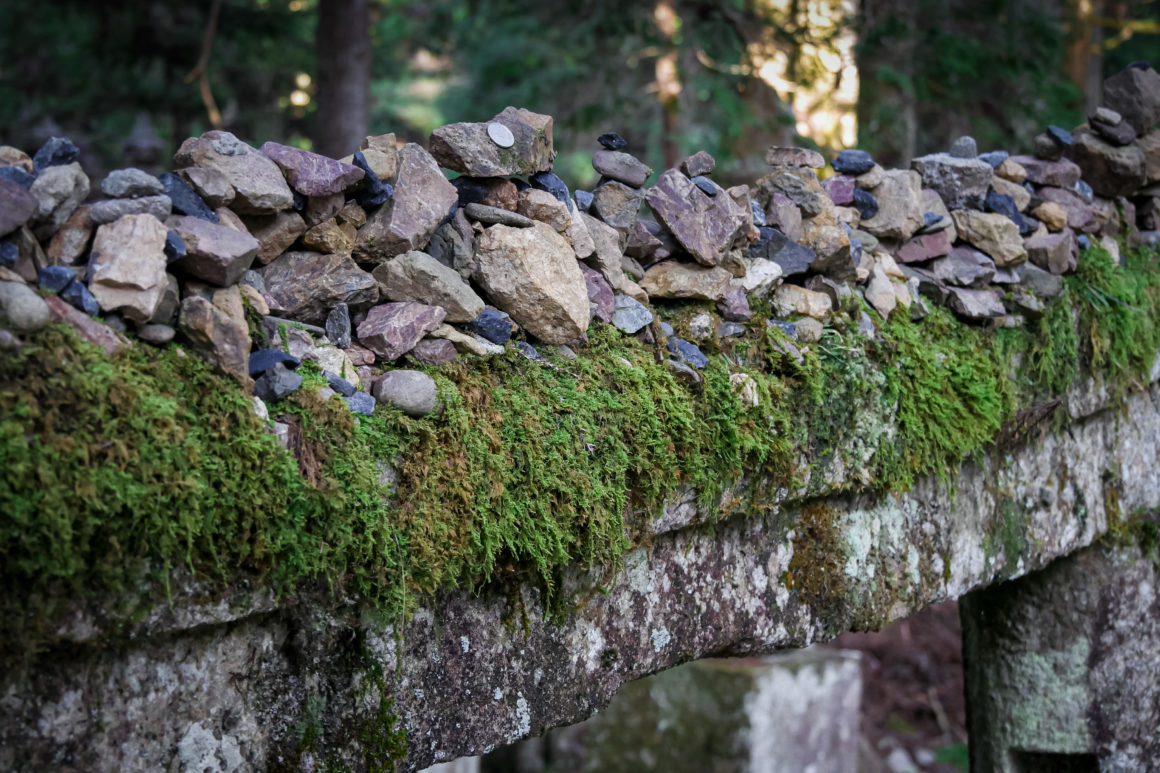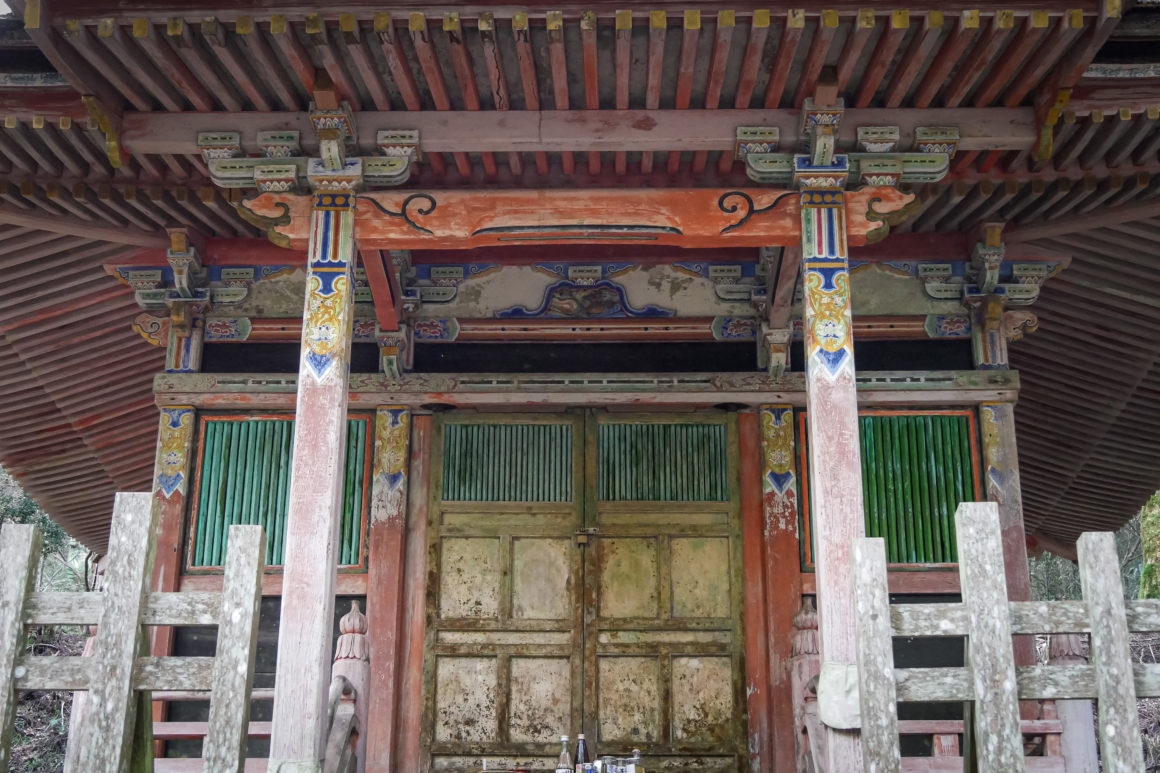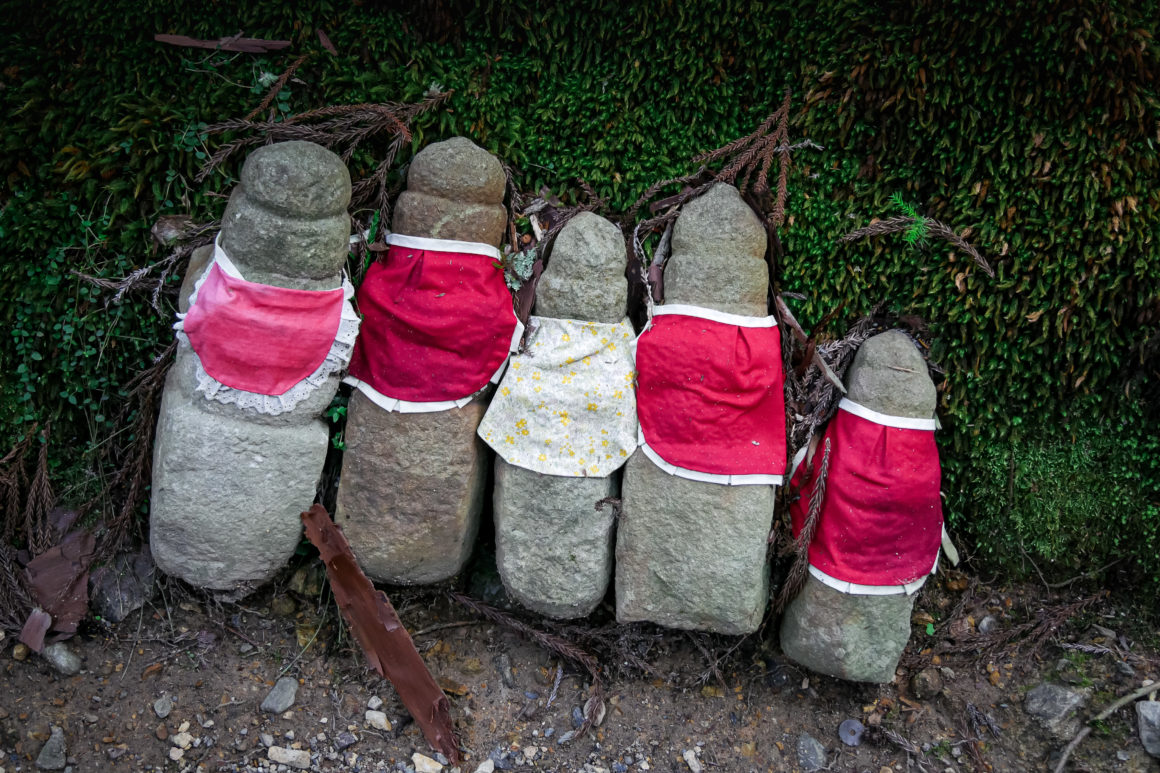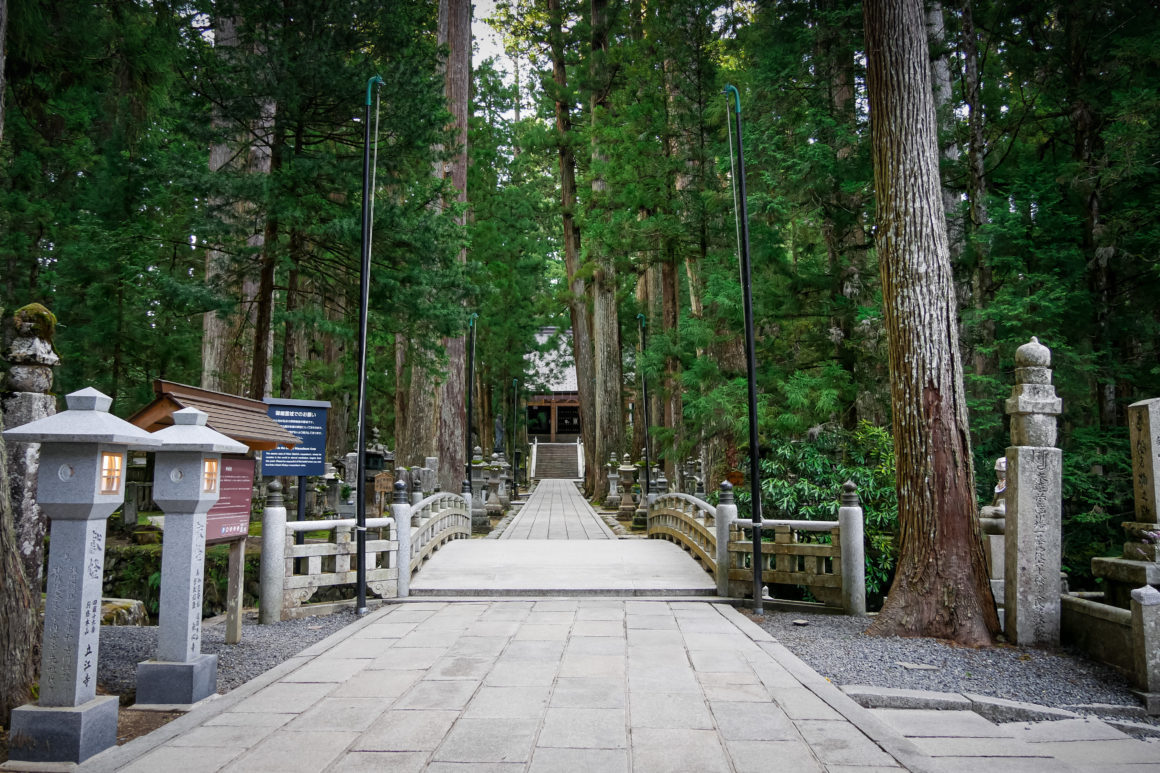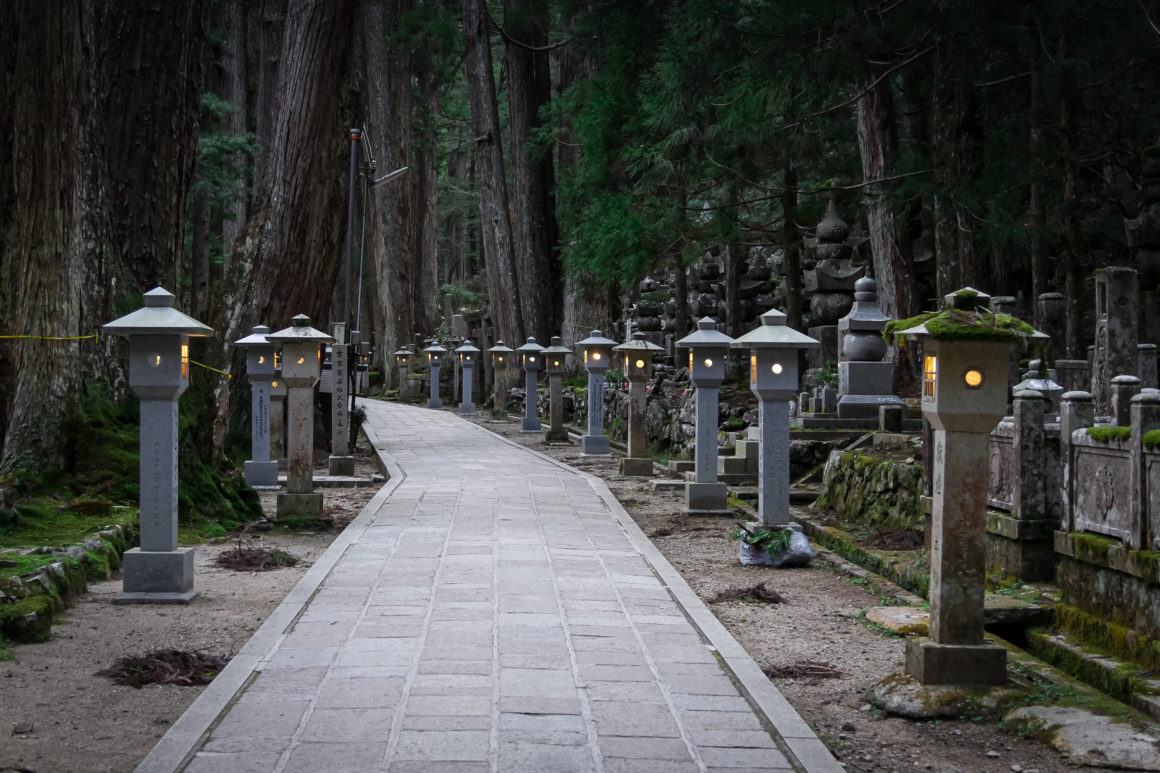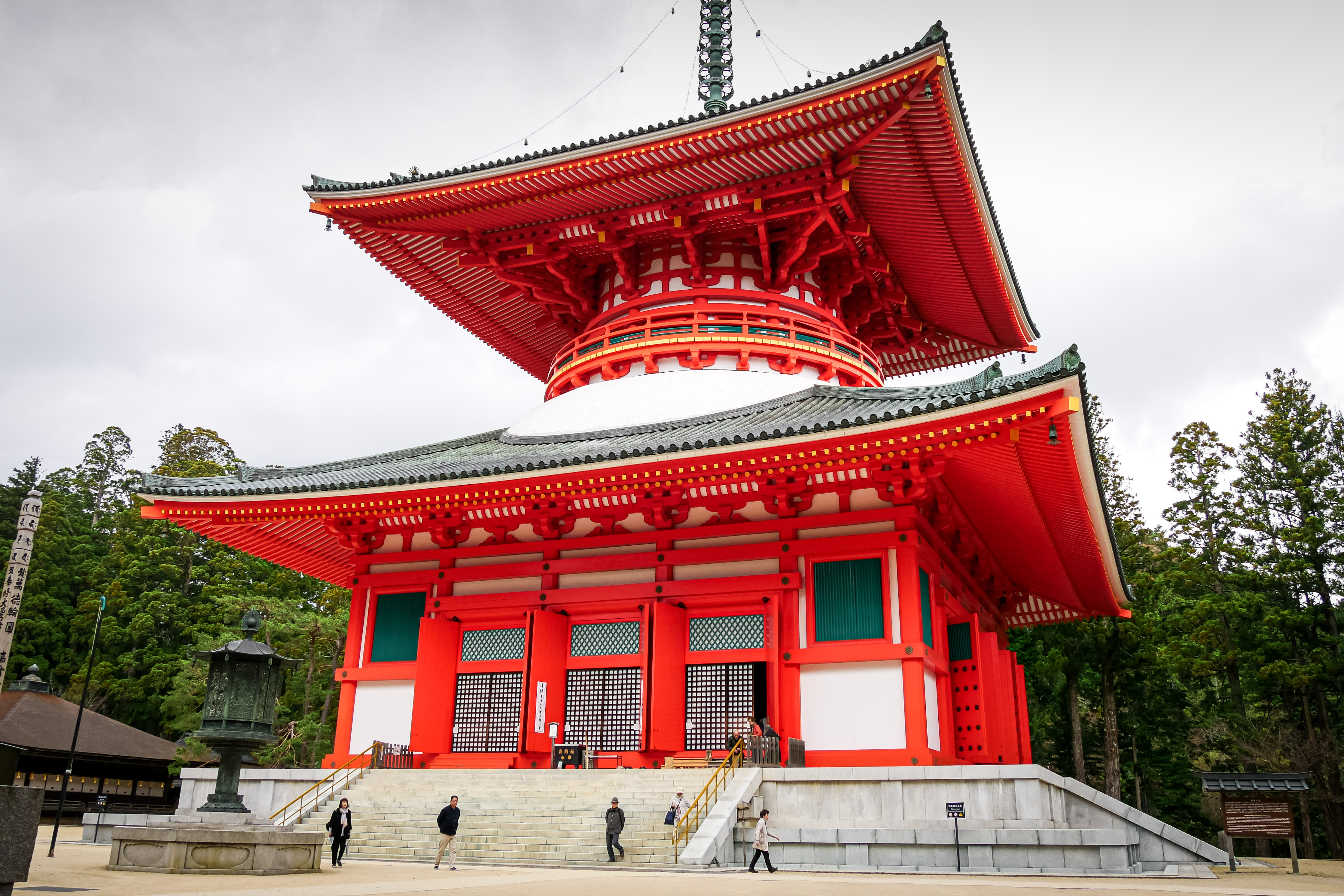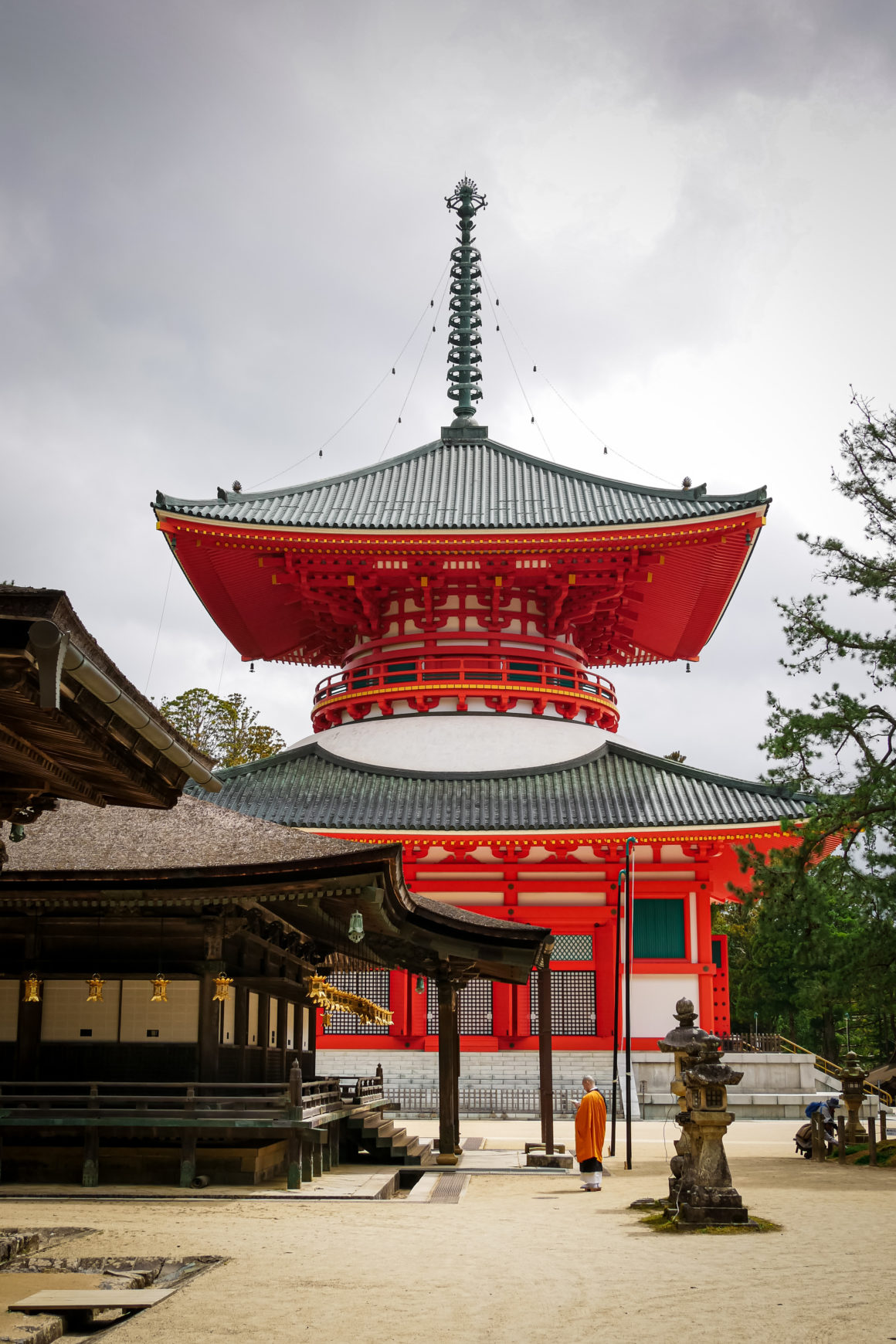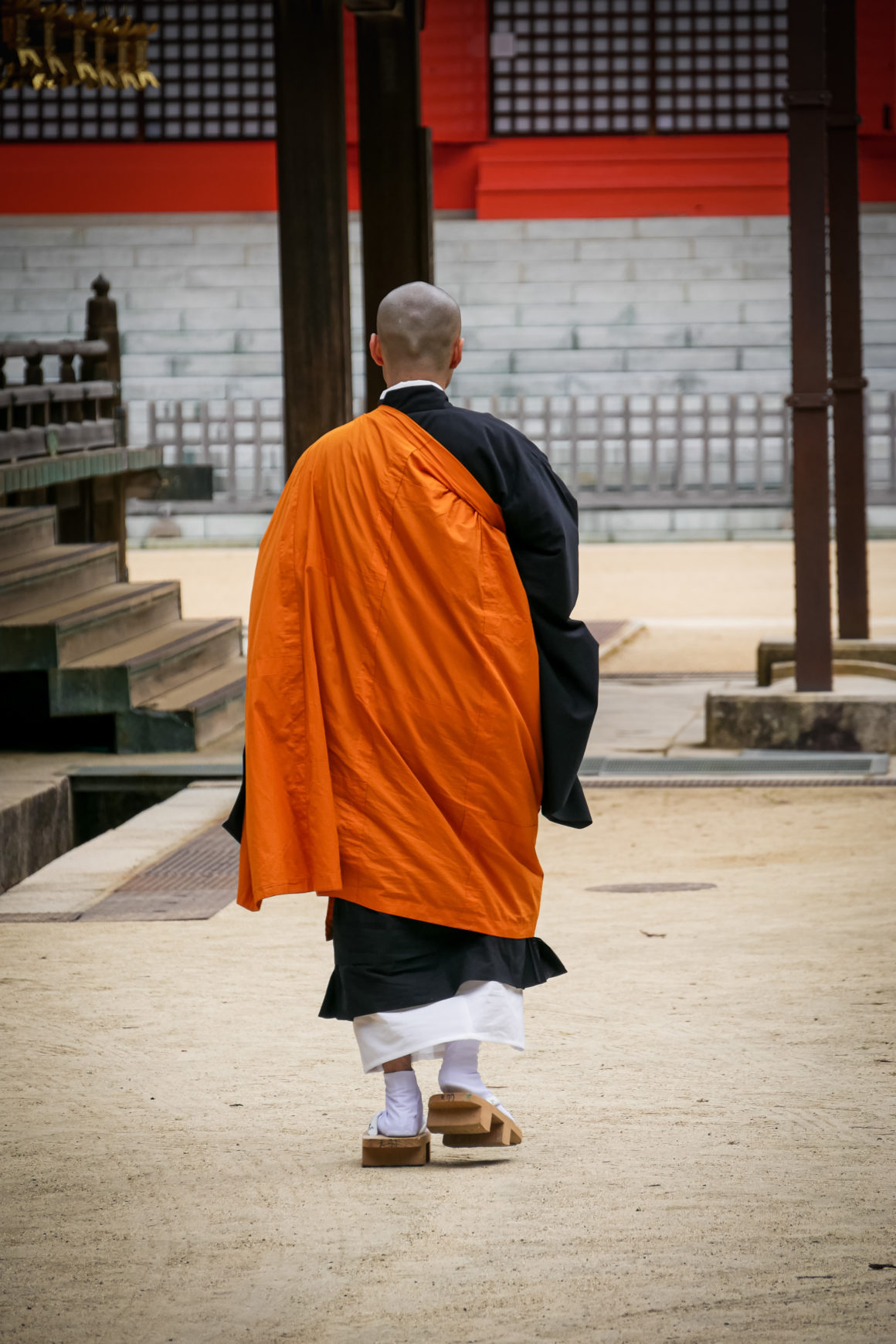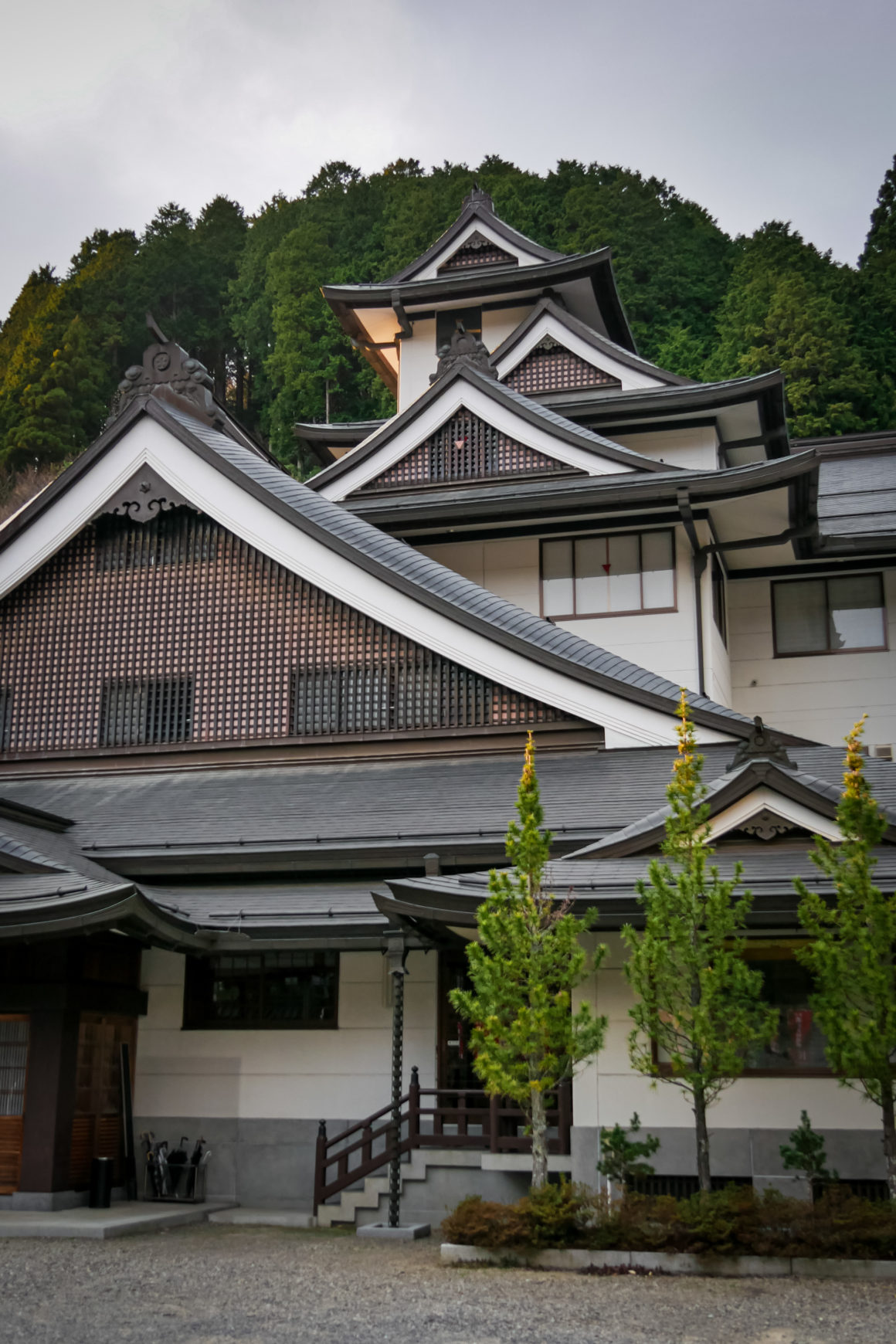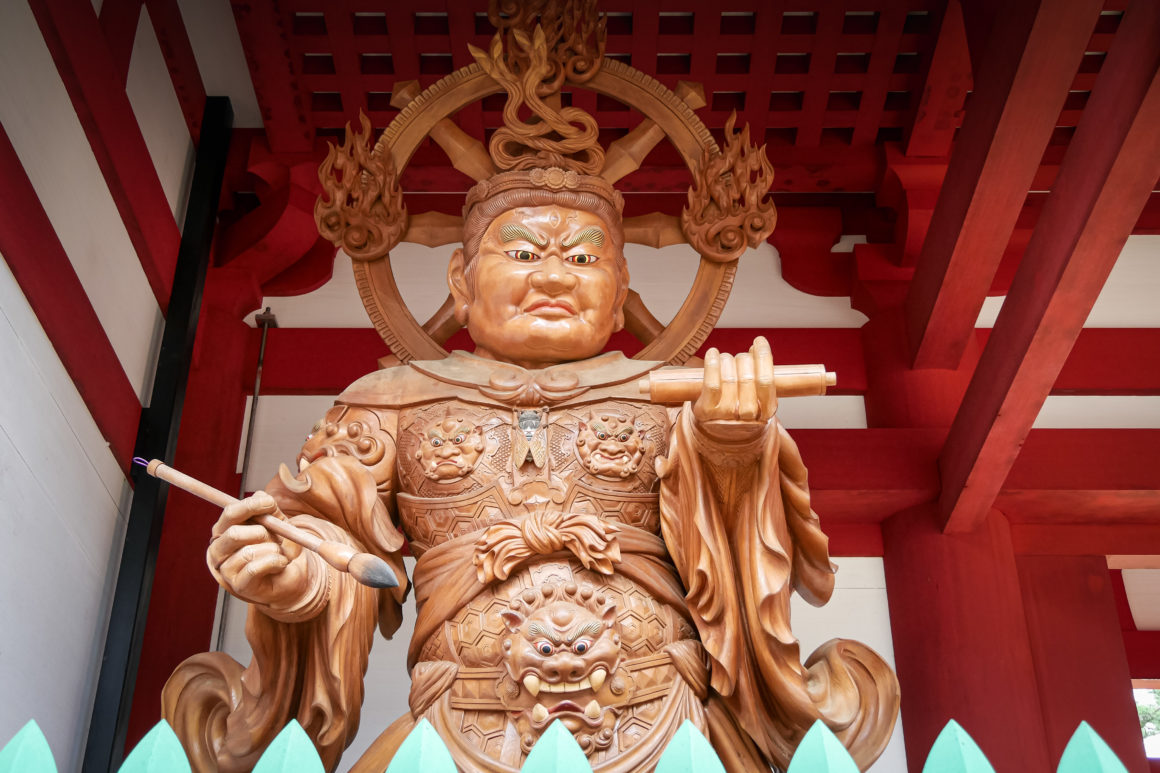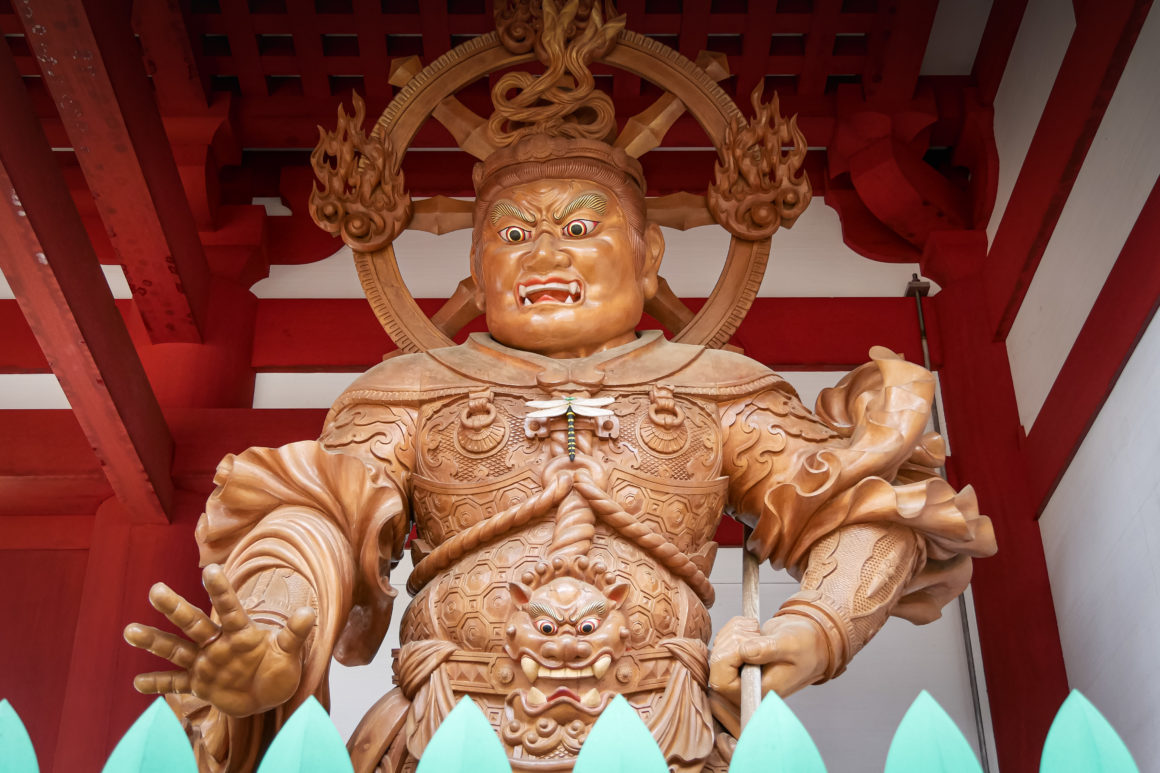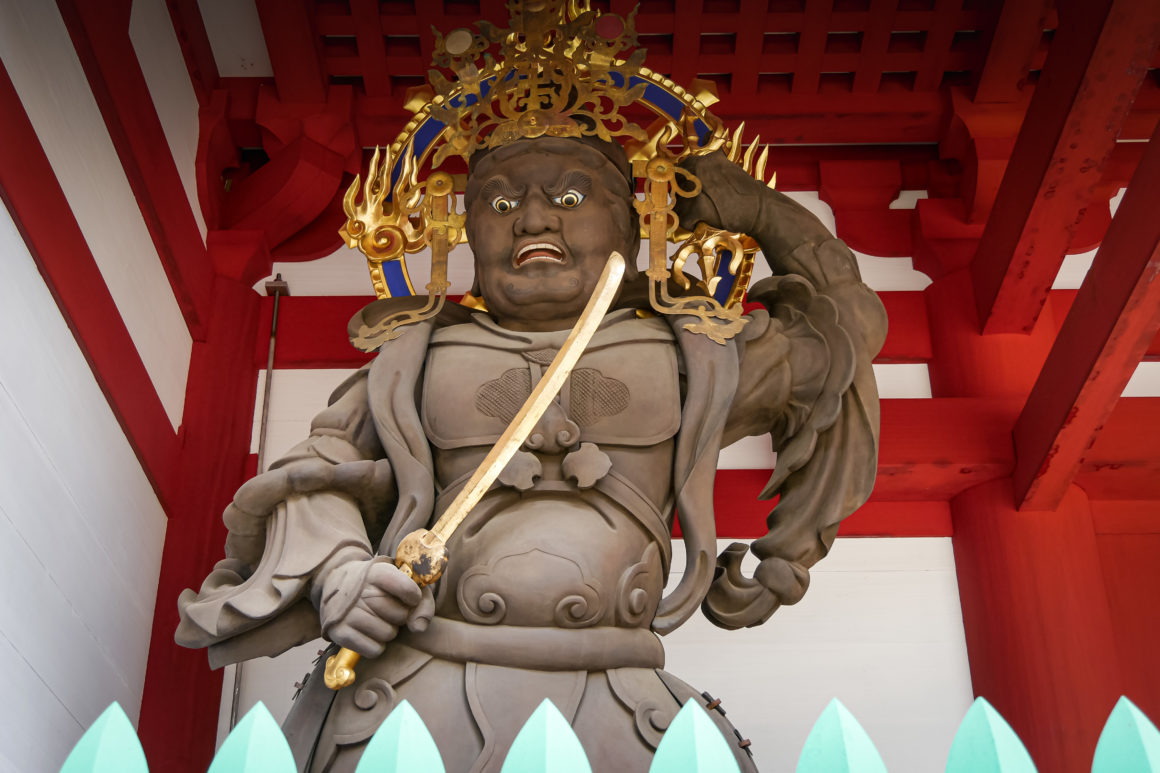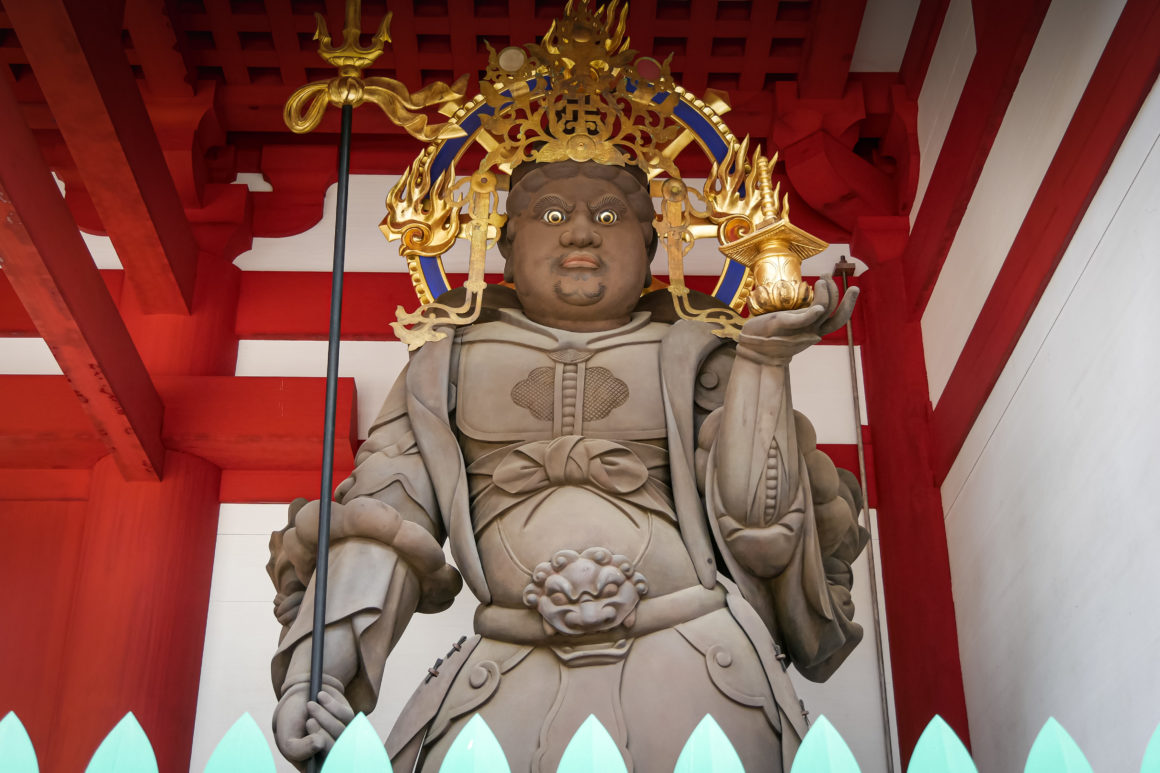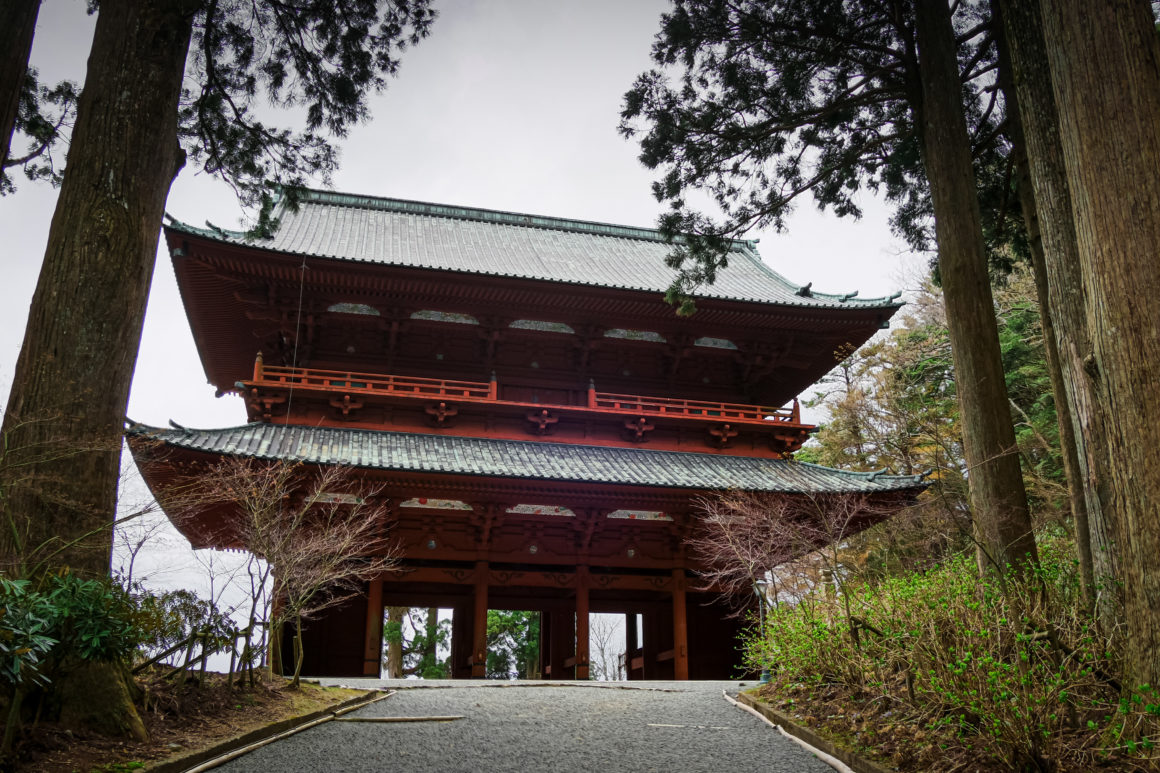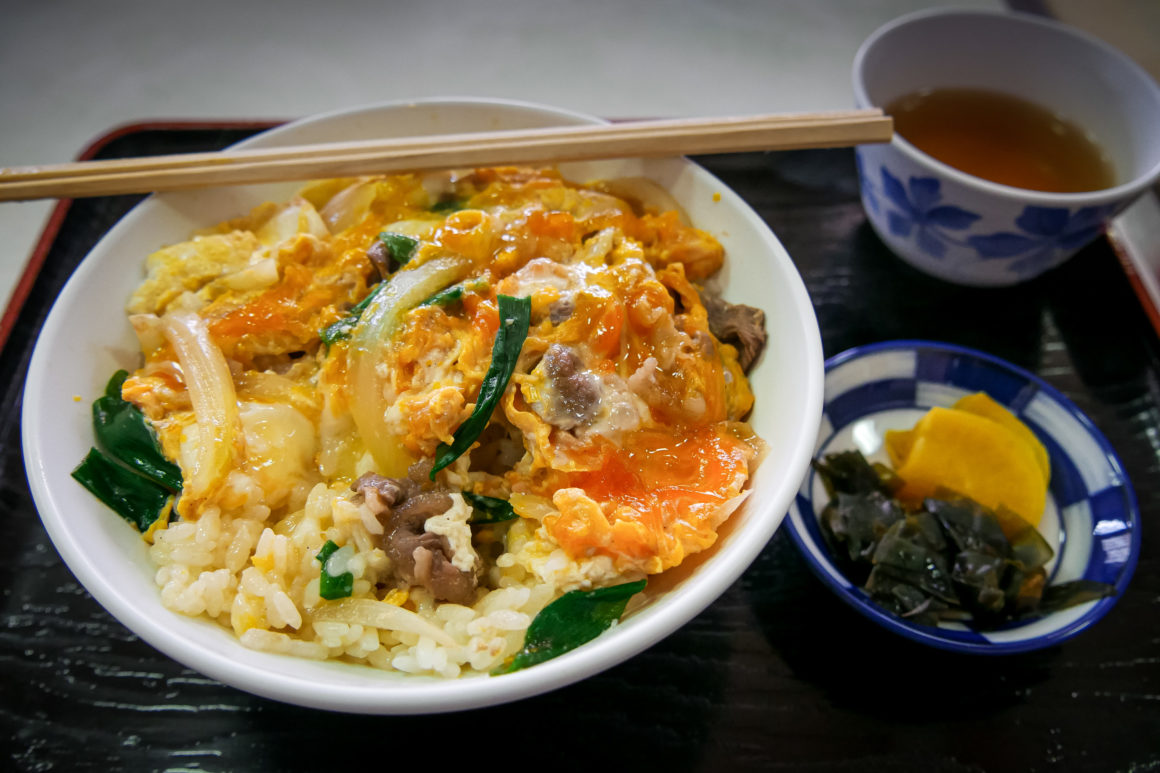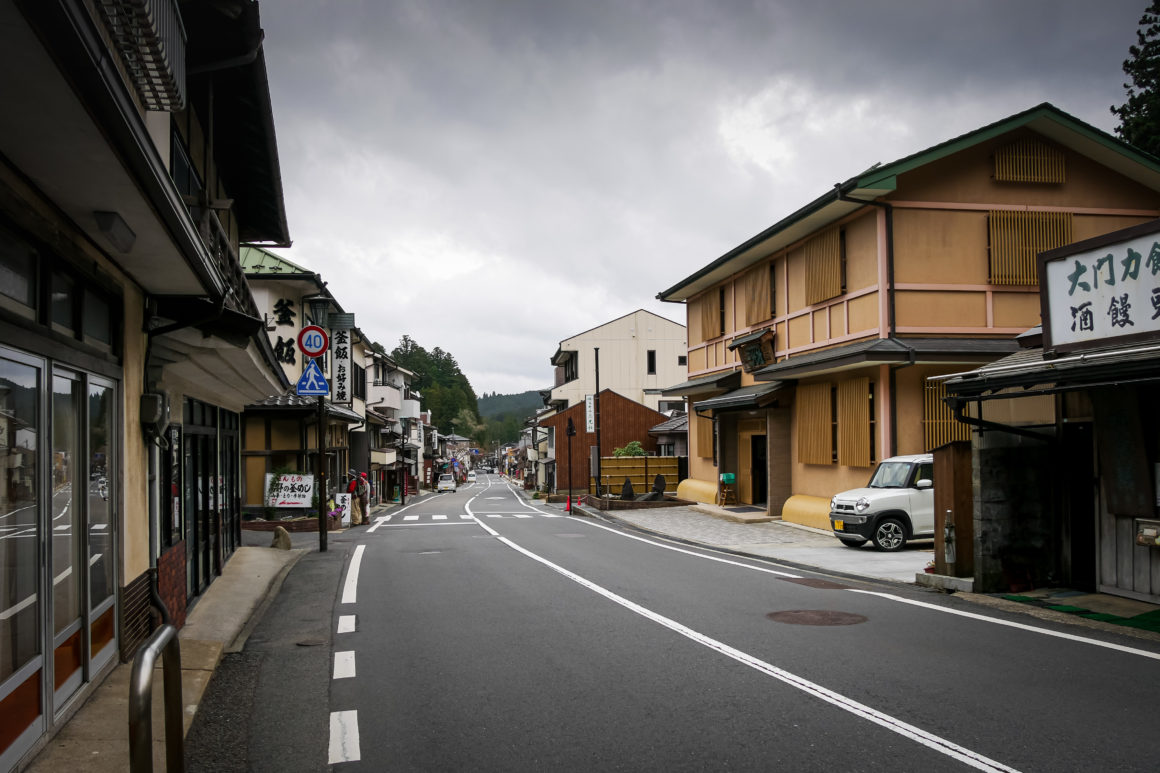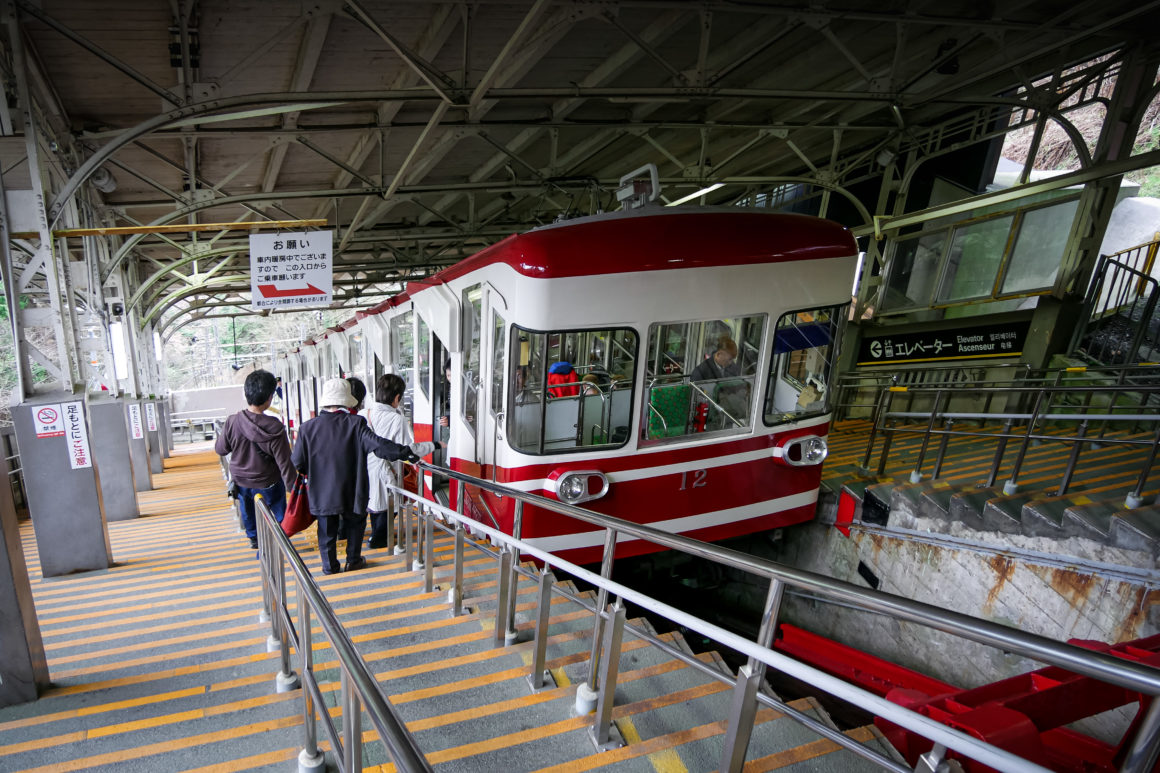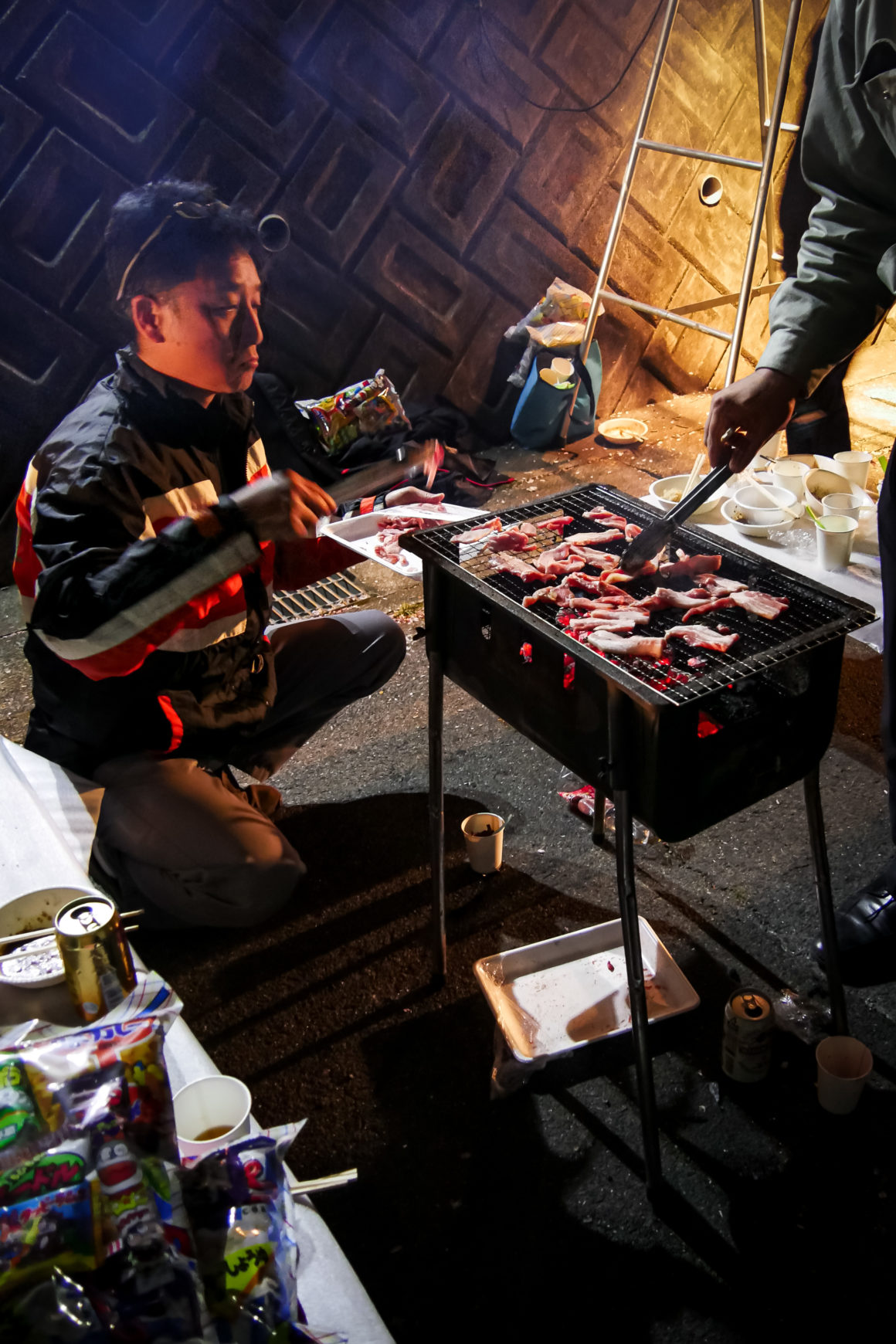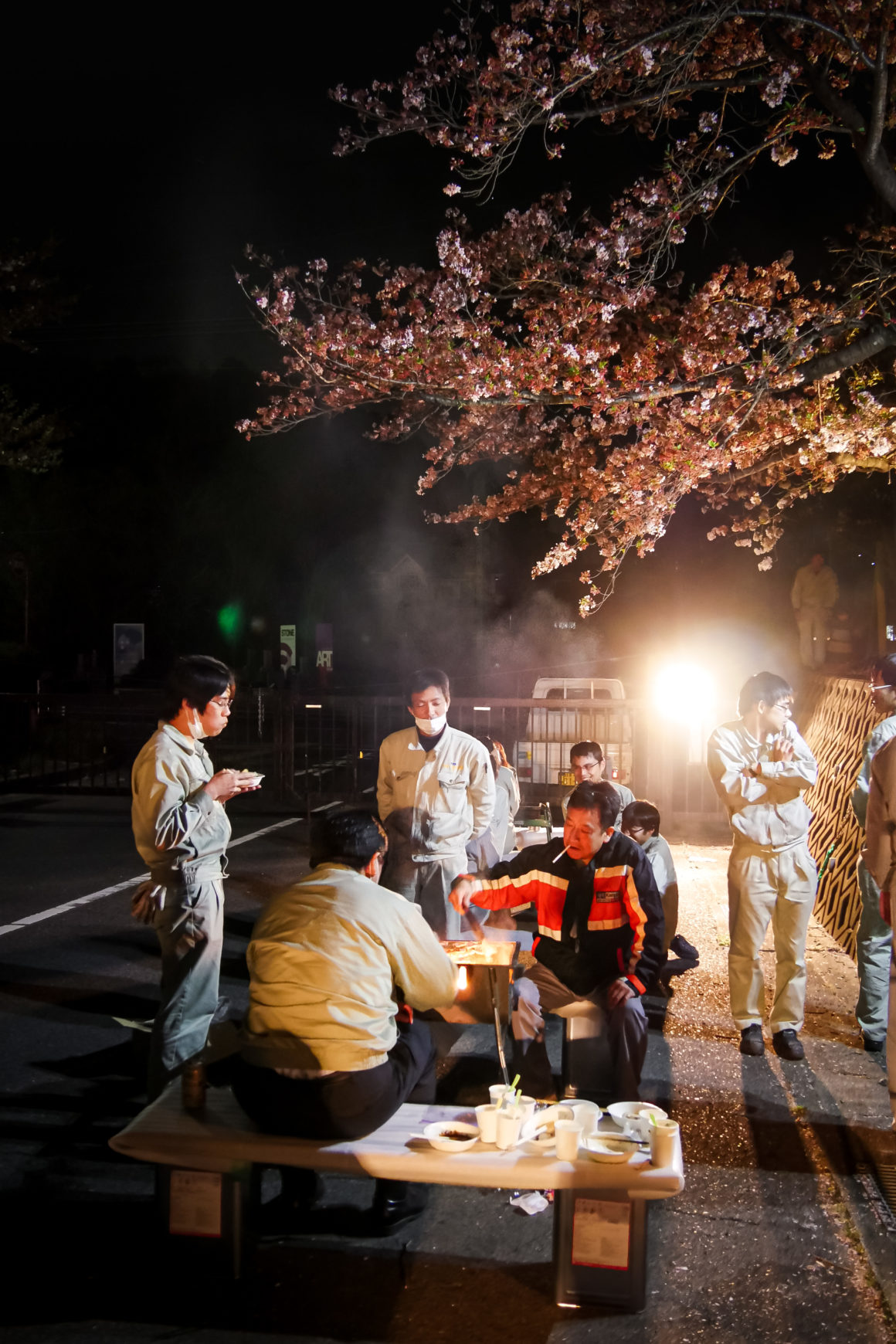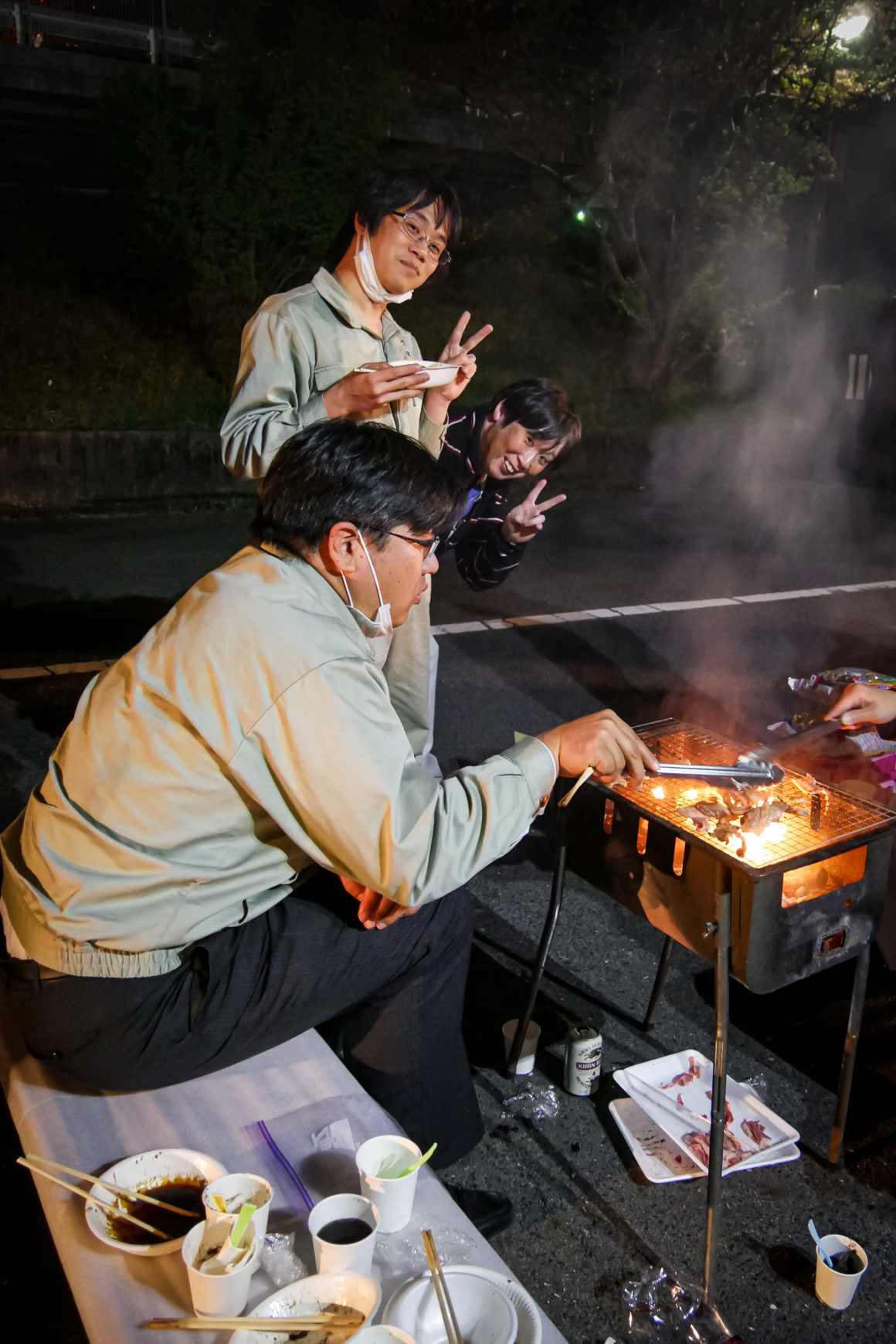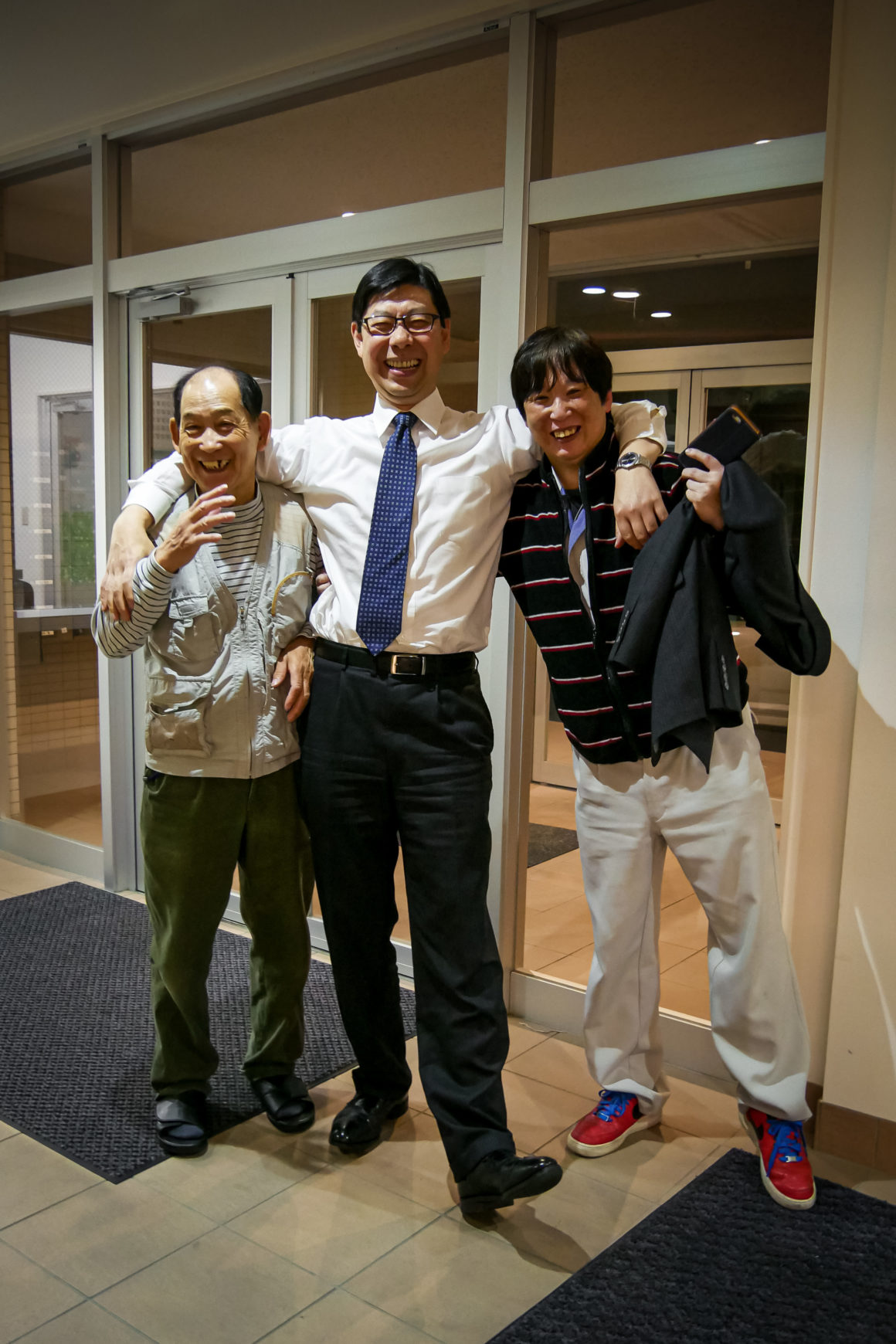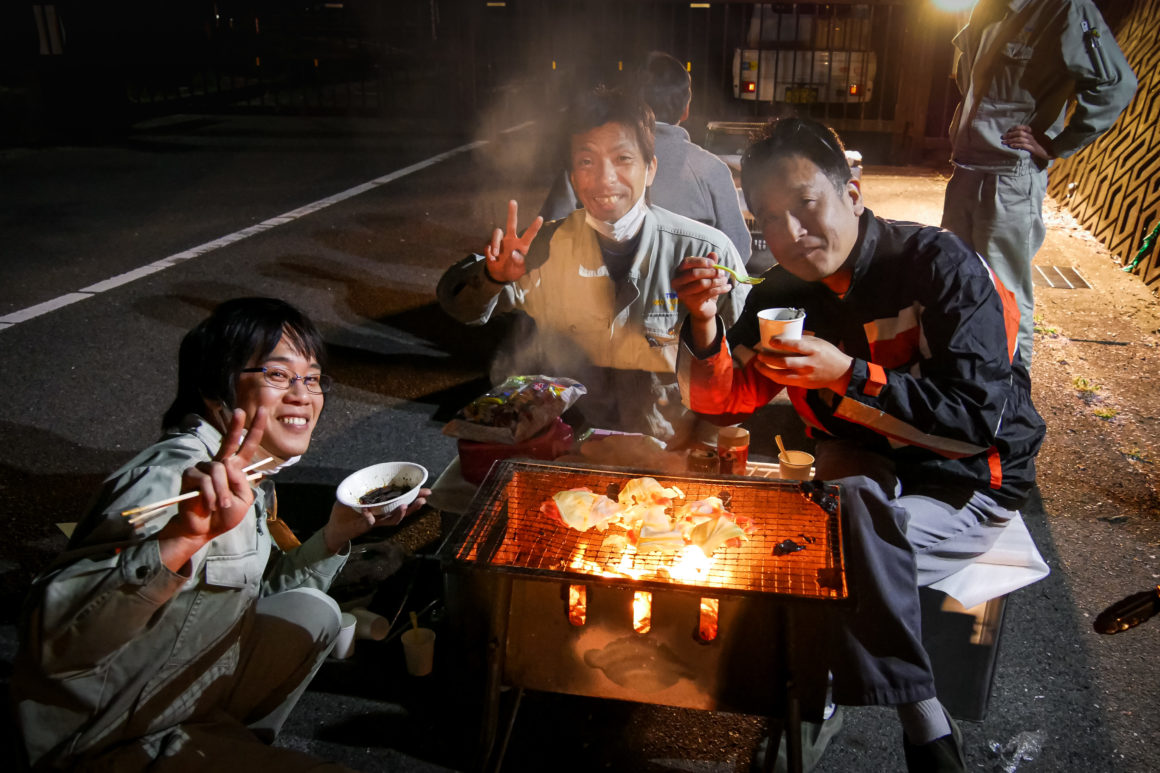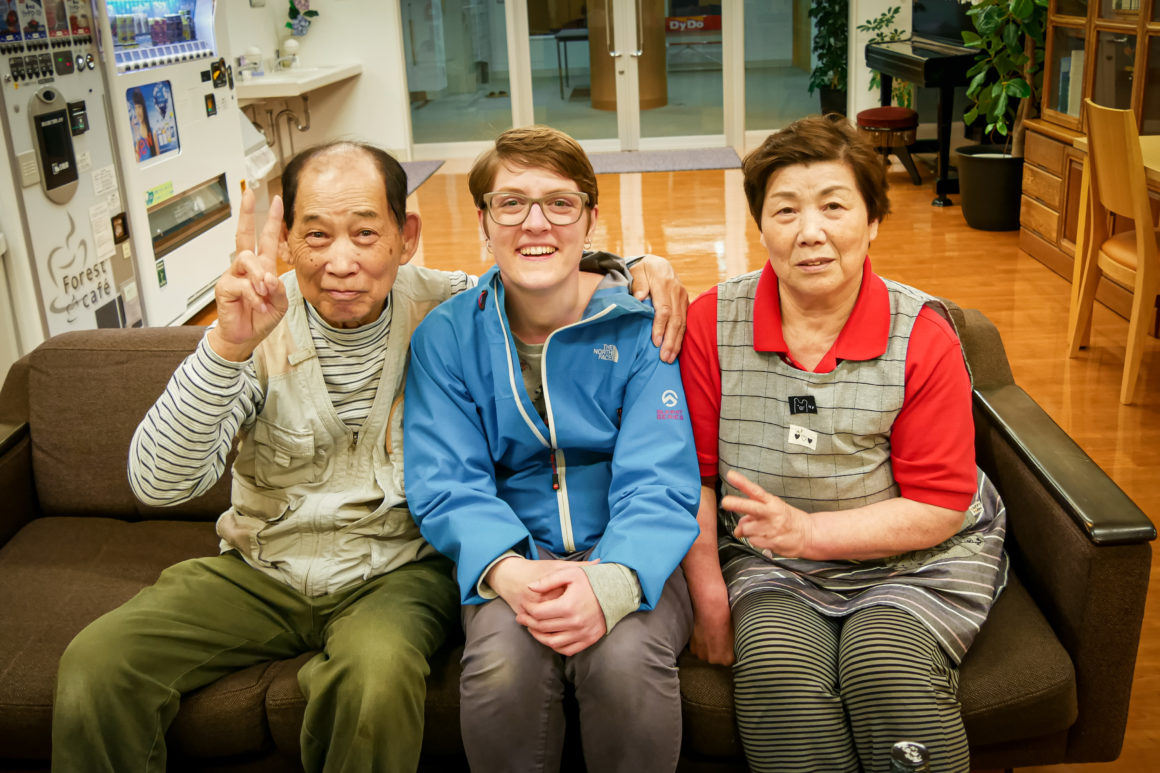DISPATCH
After Kyoto and Takayama Matsuri, I go to Osaka and Nara. Osaka is a gigantic port metropolis, the heart of the Kansai region. A working city and important center of commerce, mainly covered with concrete buildings, Osaka radiates a harshness that contrasts with the atmosphere of Kyoto. It was in Osaka that the first contacts were made with China and Korea. During the time of the Tokugawa shogunate (1603 to 1867), the city was the economic center of Japan. Osaka, today dethroned by Tokyo, remains one of the most active cities in the country.
One thing that struck me during my fairly short visit to Osaka was the atmosphere that was both calm and active. With the exception of the busy downtown areas, the rest of the city seems to be a bit sleepy and aging. My hostel was located in one of the areas near the harbor, on a covered shopping street, but whatever the time of day, the place was always very quiet and almost empty. Another remarkable fact: lots of cute little turtles are found in all the lakes and ponds of the city.
The first place I visited was the Sumiyoshi Taisha Shinto shrine in a somewhat aging neighborhood. Dedicated to the deities of the sea, this superb sanctuary was founded in the 3rd century (the buildings today are replicas of the originals). Its interest comes from its architectural style dating back to before Chinese Buddhist influence. I found that the buildings have something “viking” in their appearance: straw roofs and decoration in x. I was also able to observe a procession for a traditional wedding, from outside the sanctuary to the main hall, led by a group of ten men in costumes singing and dancing. When I left, I tasted little treats from Osaka made with warm and soft dough. It was really good.
Laments
My stomach still screaming for food, I then headed for the Dôtomburi district, filled with restaurants, bars, theaters, pachinko rooms (mix of pinball and slot machine) and stalls all more flashy each other. The whole is very kitsch and seems to be struggling to resist the passage of time. The streets swarm with animation. I had breakfast of a small bowl of rice with grilled beef and green onions and for dessert, a waffle with fruit, cream and vanilla ice cream. Probably the best meal I have eaten in Japan. Quick visit of the very interesting small museum on Bunraku. Native of Osaka, Bunraku is a type of Japanese theater dating from the 17th century where the characters are interpreted by large puppets manipulated by men in sight. I almost wanted to attend a performance but the price cooled me down.
To end my day, I went to Osaka Castle. The original structure was built in 1583 by Toyotomi Hideyoshi, after achieving the unification of Japan (1590). The castle was destroyed and completely rebuilt twice. The current concrete structure dates from 1931. The castle is very pretty and houses interesting collections. But the excessive number of tourists combined with a headache prevents me from fully appreciating the visit. I went around quickly and came out to taste very good dangos in the castle gardens.
The next day I take the train to go to Nara. The city was the capital of Japan in the 8th century and has eight UNESCO World Heritage sites. Small in size and having been spared from destruction, Nara includes a large number of original buildings and a town center which has kept its traditional houses. A large part of the city is made up of a very large park where more than 1000 fallow deer roam (considered as sacred animals). The atmosphere is calm but, once again, after the splendor of Kyoto, I find it hard to be amazed by what I see. Especially since it is gray weather with a very strong cold wind.
The two most beautiful visits are Kasuga Taisha and Tôdai-ji. Kasuga Taisha is a magnificent Shinto shrine founded in the 8th century. The aisle leading to the temple and its interior are filled with lanterns. A Lantern Festival is organized twice a year, in February and August. Located on the edge of the large park in the center of Nara, the sanctuary has magnificent buildings in red, gray and gold colors. I walk quietly amazed by the place. One of the sanctuary corridors is plunged into darkness and lit by hundreds of lanterns. I feel like I am in the middle of the night surrounded by floating lanterns. Coming out I head towards the Tôdai-ji, while strolling through the park. The Tôdai-ji is a gigantic Buddhist temple housing the famous Daibutsu (Great Buddha) of Nara. It is located in the Daibutsu-den (room of the Big Buddha), a gigantic wooden building almost 50m high. The Daibutsu inside, weighs 437 tons of bronze and 130Kg of gold for about fifteen meters high. It is a representation of Vairocana Buddha (major Buddha). It is hard not to be impressed by the size and the power that the Big Buddha exudes. It is so large that I cannot take a full picture of it. Other smaller Buddhas (but still impressive in size) and two Niô guardians are also in the room. The guardians Niô are two superb famous wooden sculptures which were carved in the 13th century by the sculptor Unkei. The Niô are guardian deities of the Buddhist temples installed on each side of the main entrance and capable of chasing away evil spirits. All of the sculptures exude an impressive power and mysticism. It is just a shame that the visit is, again, is spoiled by the continuous flow of tourists. Defeated by the cold, I then take refuge on the train to return to Osaka.
Atmosphere inside a temple
The next day, I take the train to reach Kôya-san, a monastery-village of 117 Buddhist temples perched at an altitude of 800m, in Wakayama prefecture south of Osaka. It is the center of Shingon Buddhism, an important sect introduced into Japan in 805 by Kobo Daishi (or Kukai), one of the best known priests in Japan. A figure that I already met during my passage on Shikoku. Upon his arrival in Koya-san, Kobo Daishi built a temple which is now the general seat of the sect as well as the starting point of the famous pilgrimage of the 88 temples of Shikoku. Today more than a hundred temples surround the small village at the top of the mountain and a huge Okuno-in cemetery, is home to the tombstones of samurai, famous personalities and ordinary people sheltered from a forest of century-old cryptomerias.
The small village lives quietly perched on top of the world. Not many people apart from a few groups of pilgrims all wearing the characteristic traditional hat. I wander among the houses and temples and shrines with magnificent architecture.
At the end of the afternoon, I head for the cemetery, the Okuno-in. The stroll is peaceful and I observe the statues and statuettes sometimes dressed in red caps or bibs. These Jizô statuettes are dedicated to the protection of the deceased and in particular to stillborn children. In the center of the forest is the temple of Kobo Daishi and his tomb. Several people came to meditate. As night falls, the lanterns light up in the cemetery, making it look almost alive. A ghost or yokai would appear before my eyes that I would not be surprised. To walk through the village and the cemetery is to walk in history. It is walking among the ghosts. It is to let oneself be infused by faith and the power of nature.
I spend the night in a shukubo temple where I dine with the other guests of a traditional vegetarian cuisine of the monks (shojin ryori) and attend the morning prayer ceremony. The experience is very interesting. Before leaving the temple, the monks offer us a small braided bracelet in different colors, symbol of happiness, health and luck.
I spend my second day in Koya-san by following the road through the small villages in the area. First stop, the Danjo Garan.
“When Kobo Daishi made Mount Koya a monastery, this complex was the first to be built. Kobo Daishi himself helped to level the ground and gave of his own to build the towers and pavilions that would form the heart of Buddhist teaching in these mountains. The Danjo Garan is said to represent the fabulous world described in the World of Matrix mandala. By taking Kongobuji as a whole and converging on Mount Koya, Danjo Garan forms the core of this area. Along with Okunoin, where Kobo Daishi went to the next world, it is one of the main historic sites on Mt. – source
Not far away is the Konpon Daito.
“Kobo Daishi and his successor Shinzen Daitoku devoted a large part of their lives to the construction of this superb pagoda, which lasted from 816 to 887. For Kobo Daïshi, this pagoda was a representation of the universe and, as principal dojo of Shingon school, was called Konpon (principal) Daito. This pagoda is supposed to be the first in Japan to have two square floors. – source
The places are absolutely magnificent with the vermilion red pagodas which illuminate the landscape despite the gray weather. I continue my walk to arrive at the majestic Chumon gate, gateway to the Dai Garan Kongobu-ji temple. Four magnificent statues of guardians-king overhang me: Jigokuten, Tamonten, Komokuten and Zochoten. They are splendid and very expressive. I have lunch in a tiny restaurant before returning to Koya-san.
I then return to Tajimi to take part in the TYK hanami. I find the team that I left a few weeks early for one last evening in the company of everyone. It is a pleasure to meet again my “colleagues” from work. With the cherry blossoms, it is traditional to make a “hanami”, kind of picnic outside, usually below a cherry blossom. It is a collective and social event much appreciated by the Japanese.
The evening takes place quietly and full of good humor. I tell about my excursions to Takayama, Kyoto, Osaka, Nara and Koya-san. Everyone is very happy to speak to me. Alas the evening passes too quickly and I go back for one last night in the TYK dormitory where the very nice owners are very happy to see me again. Tomorrow I am heading to Mount Fuji for ten days in a last wwoofing in Japan.

